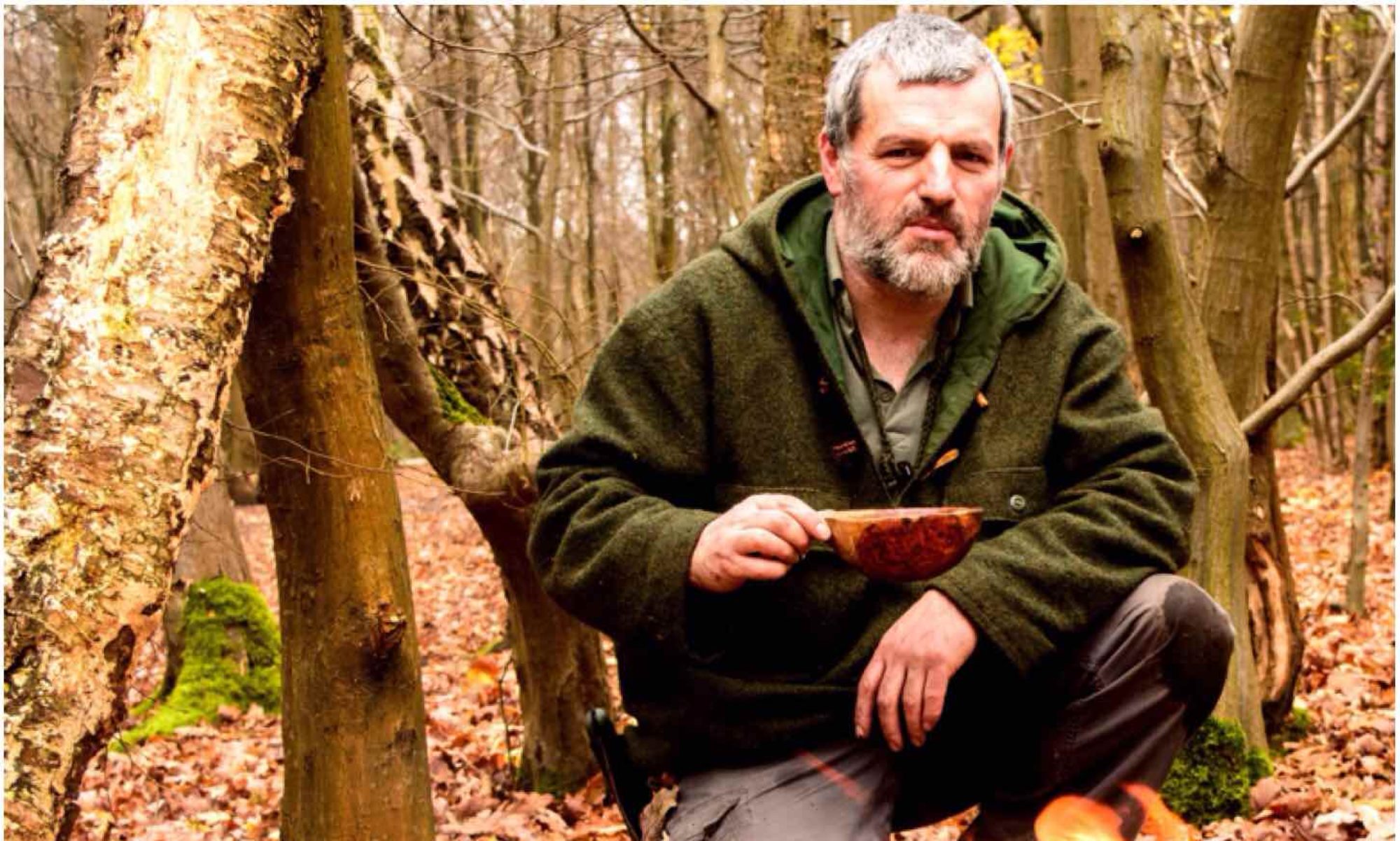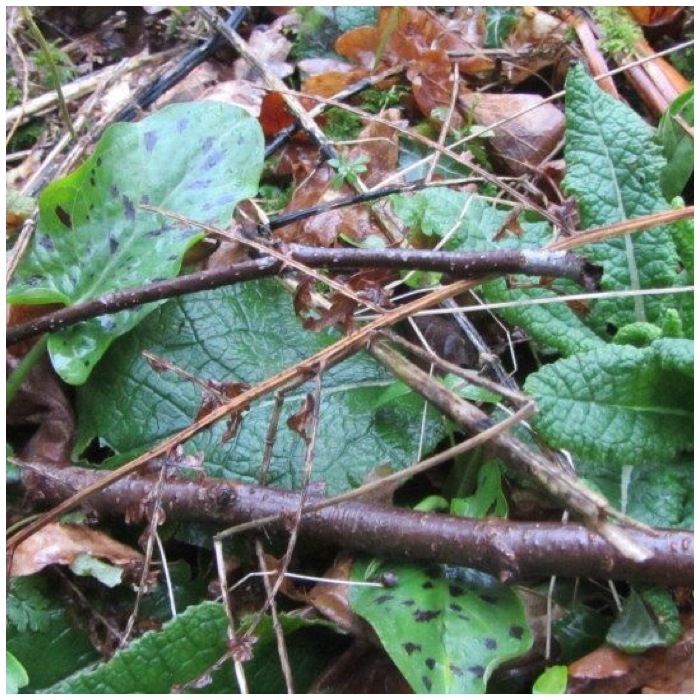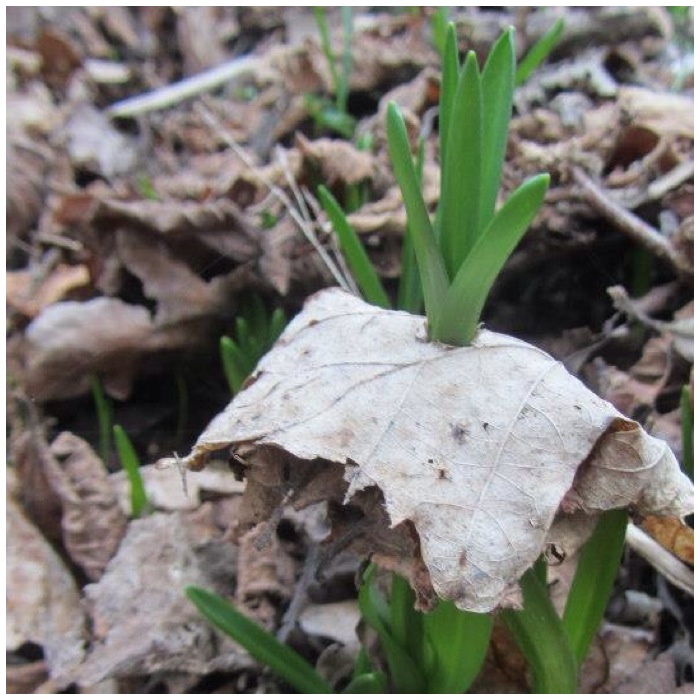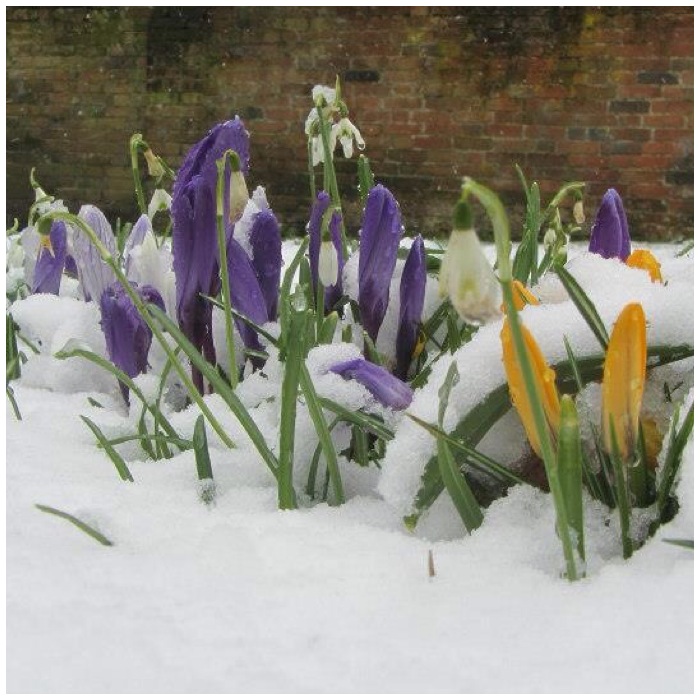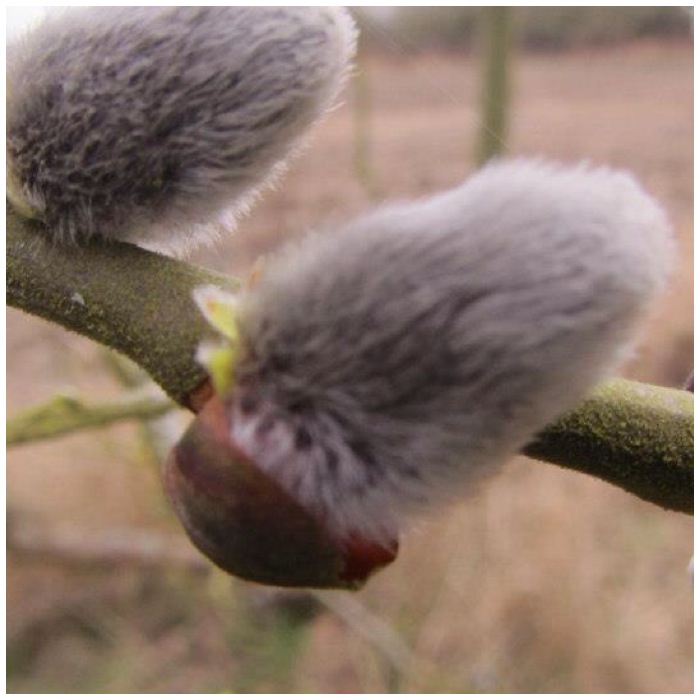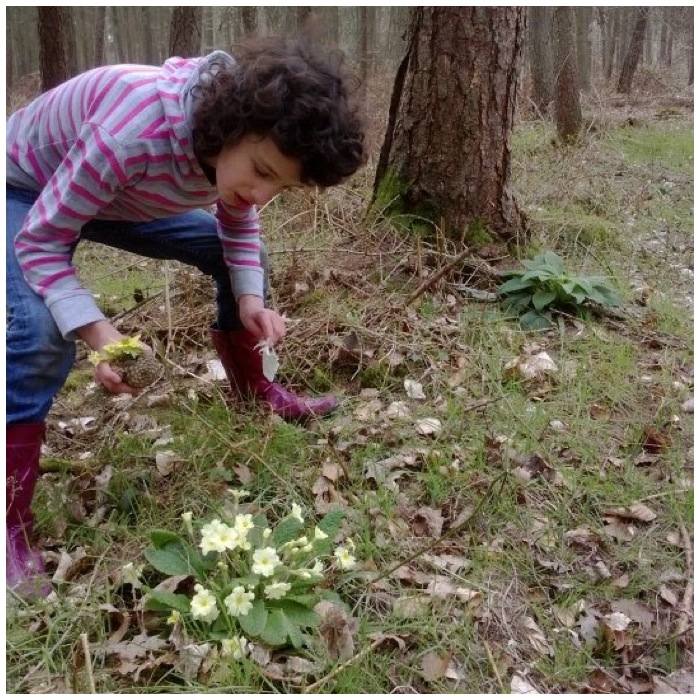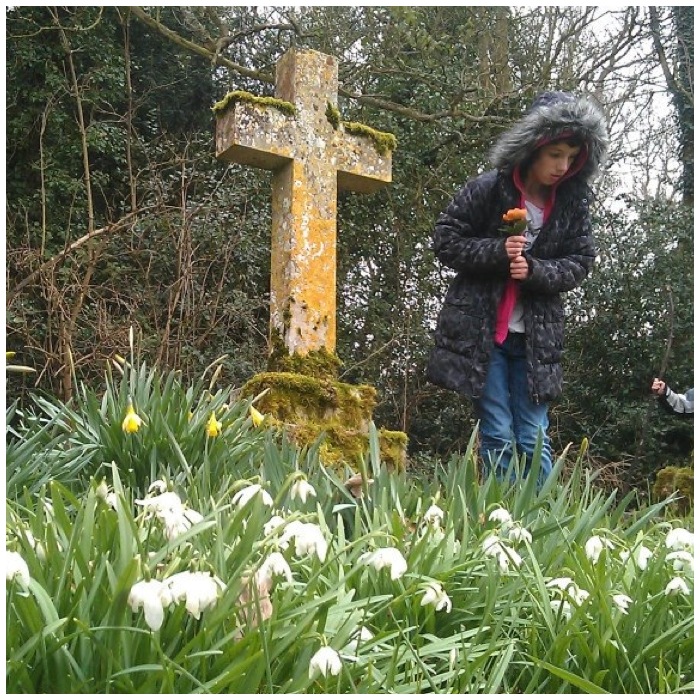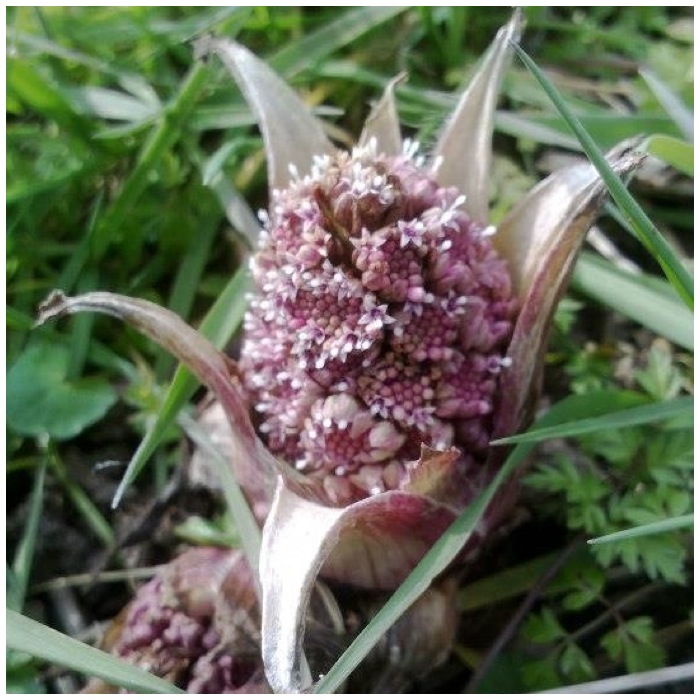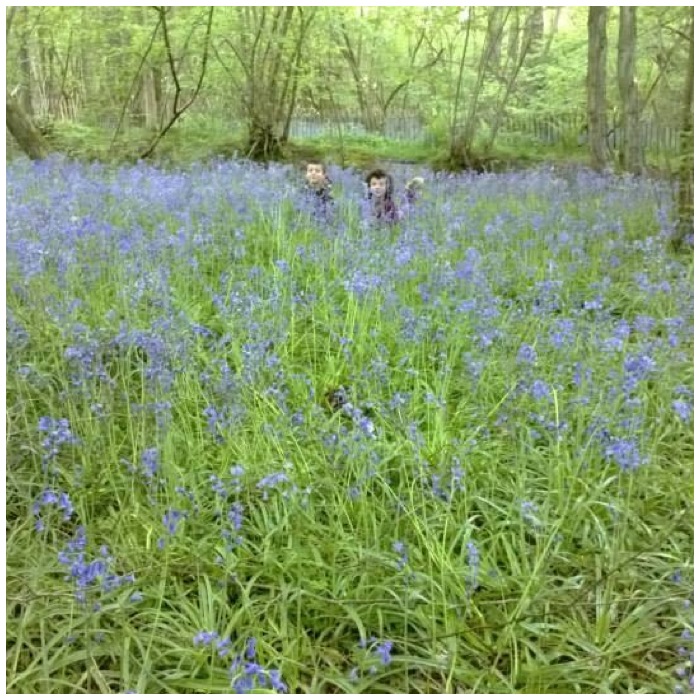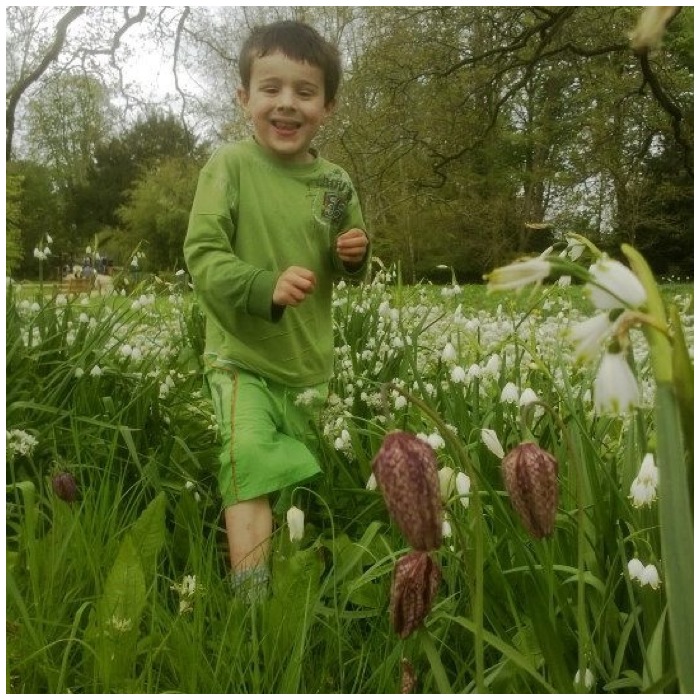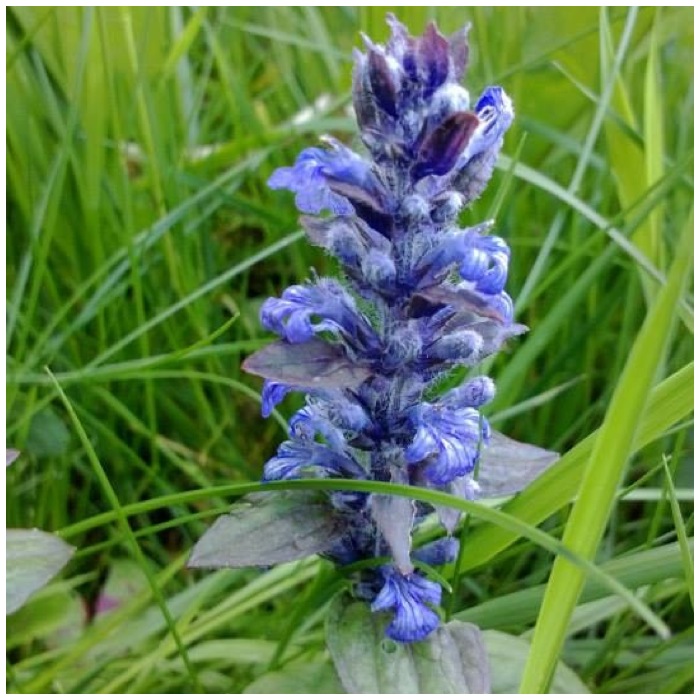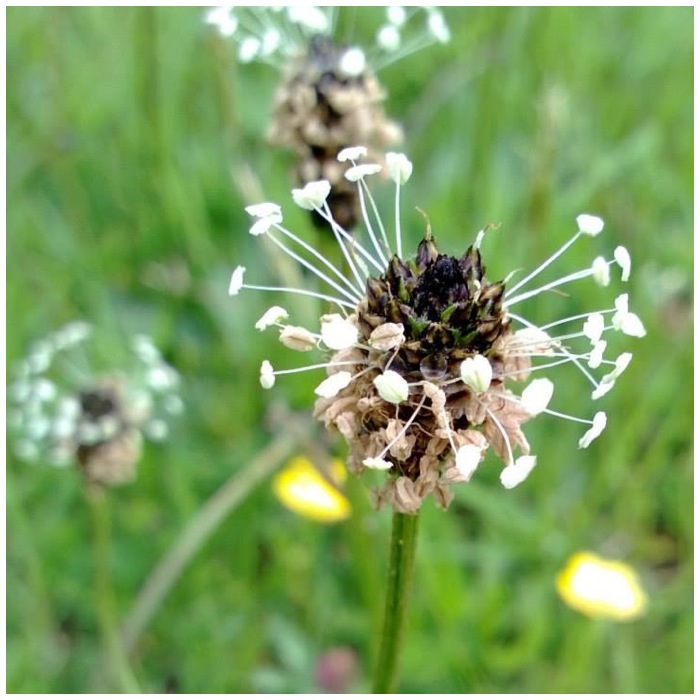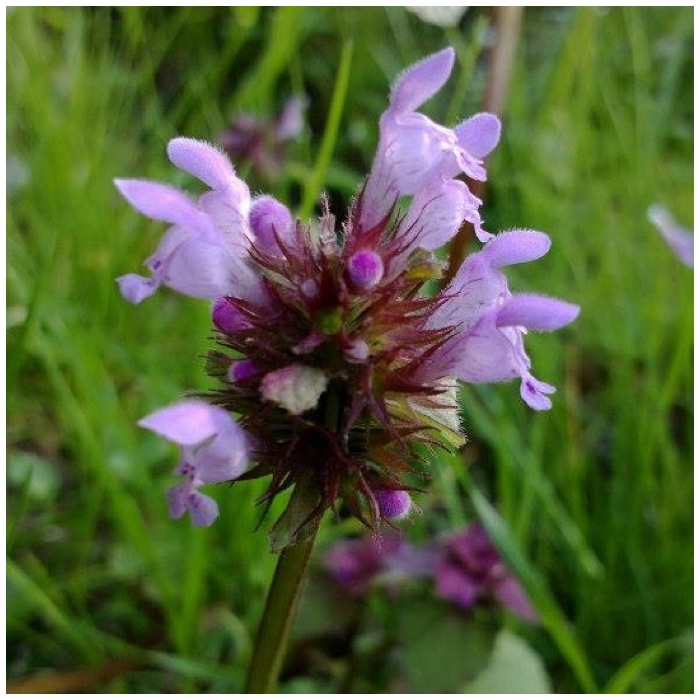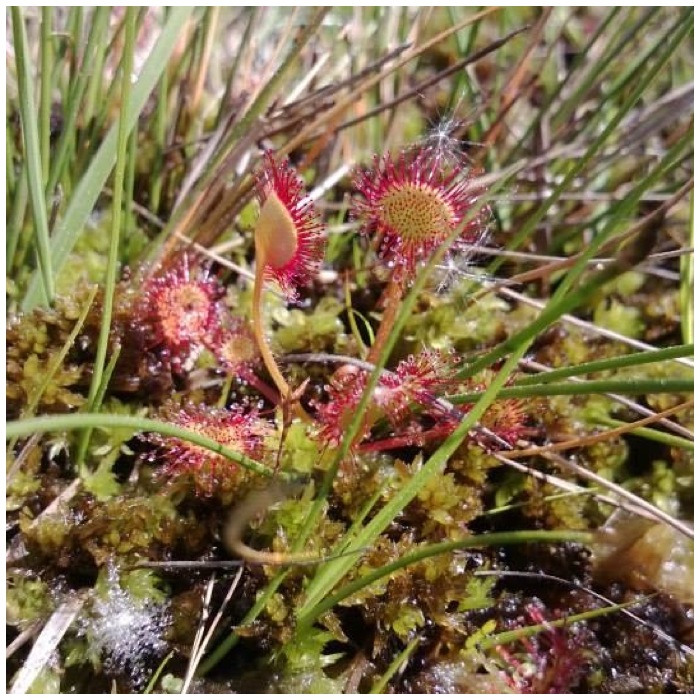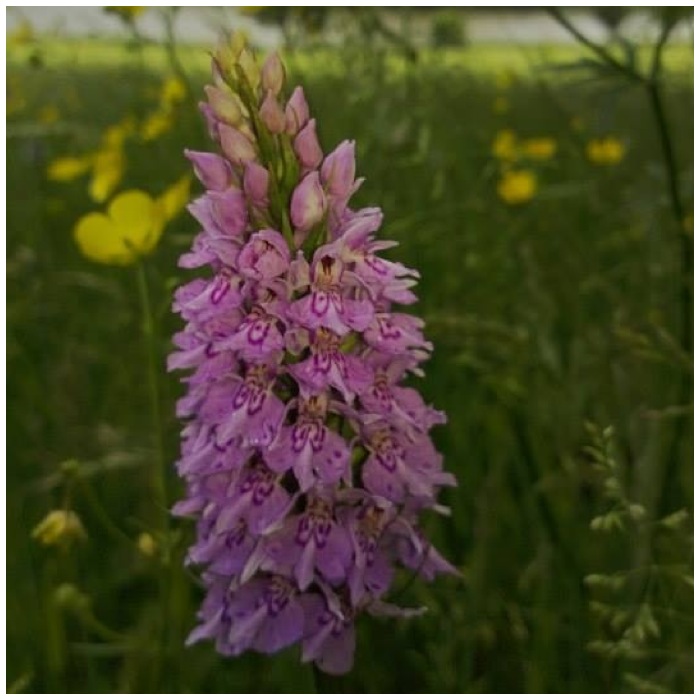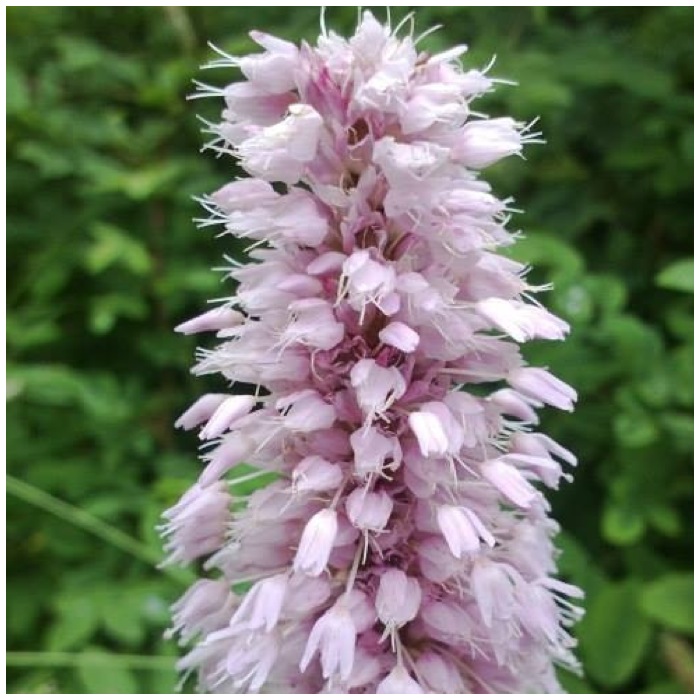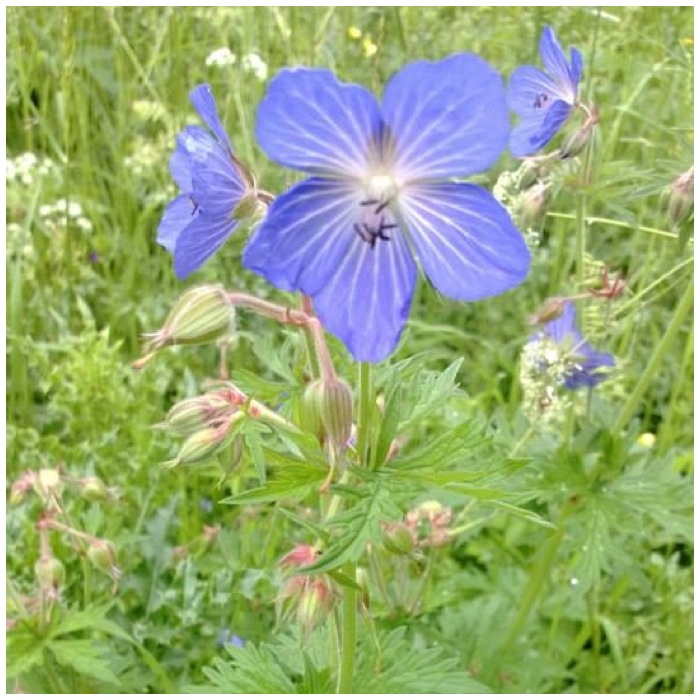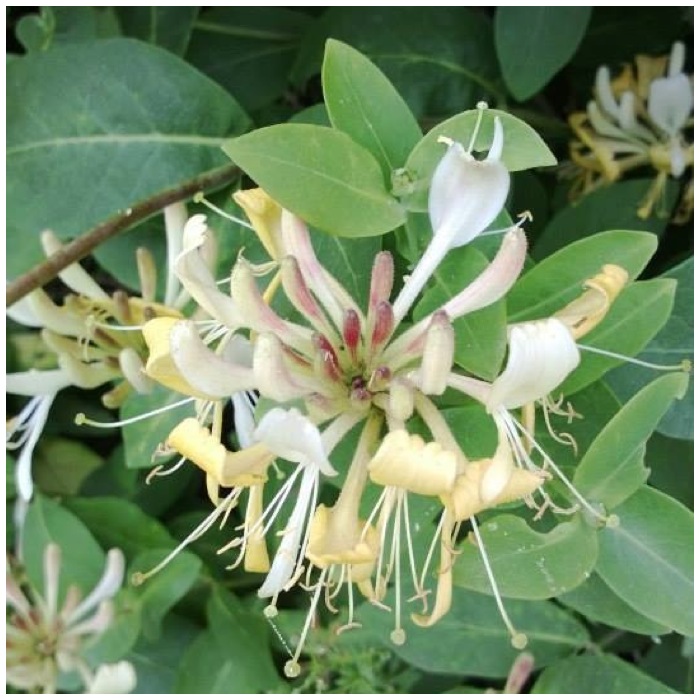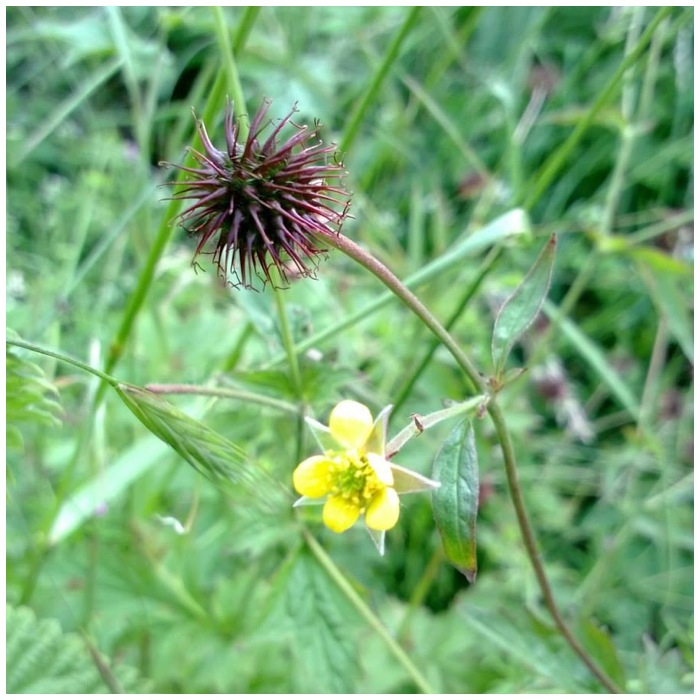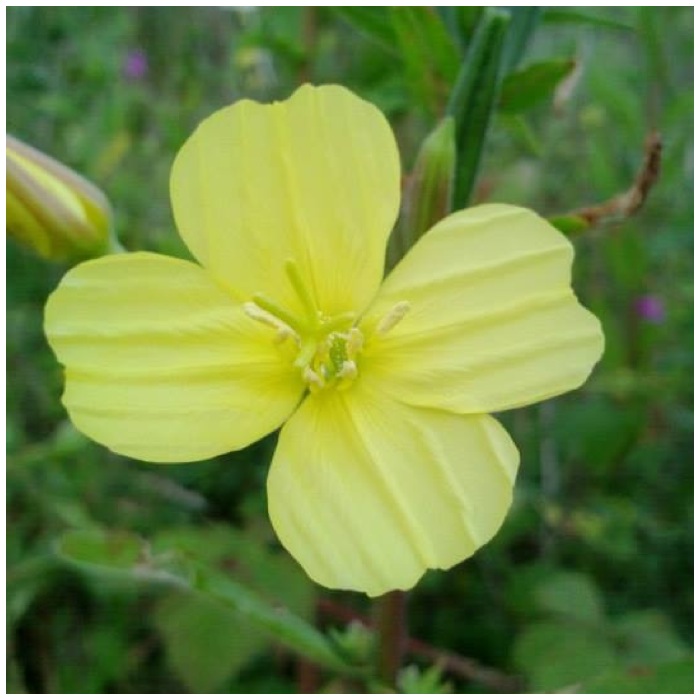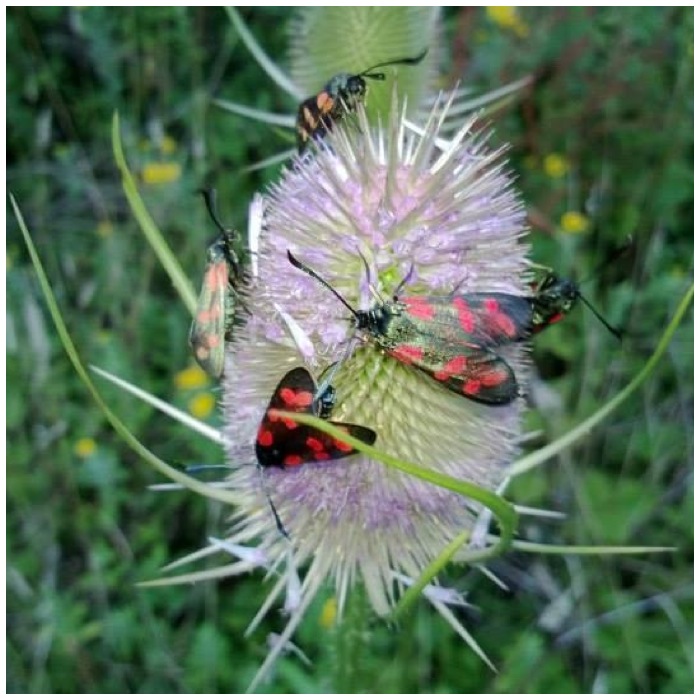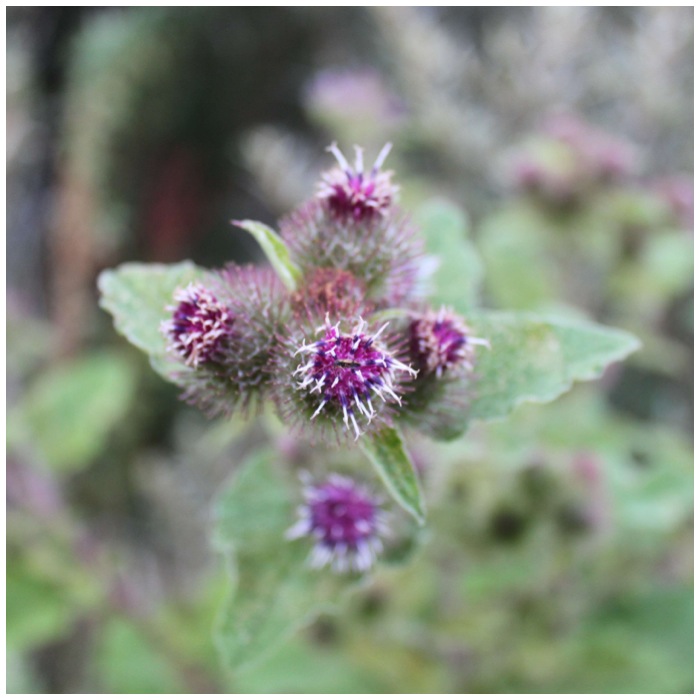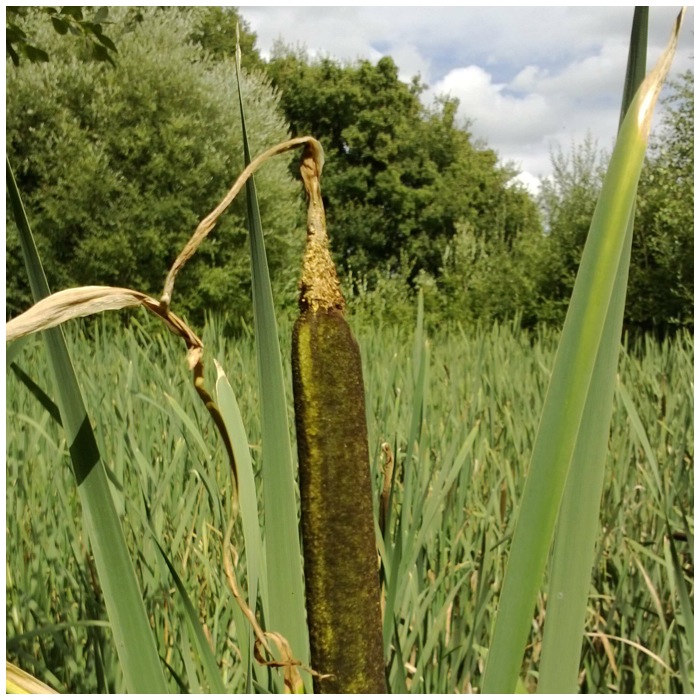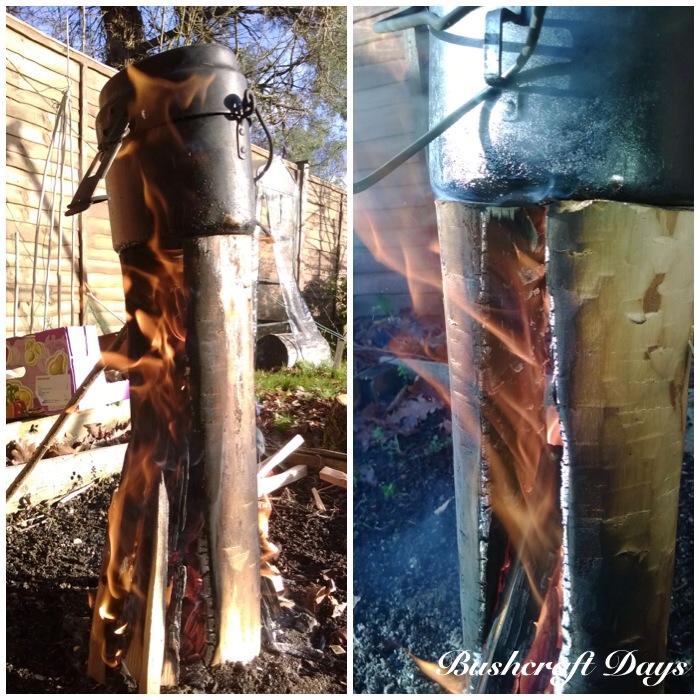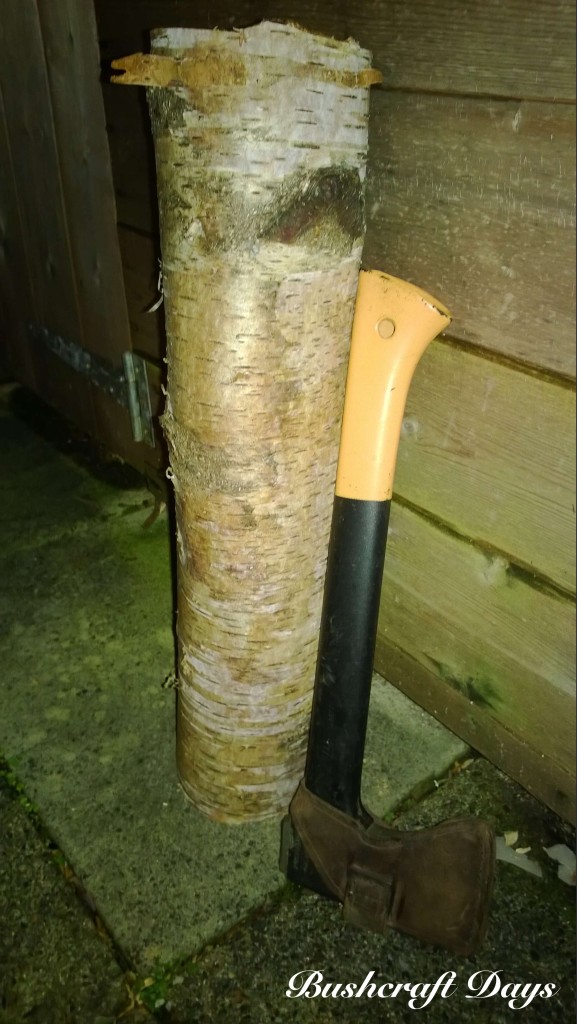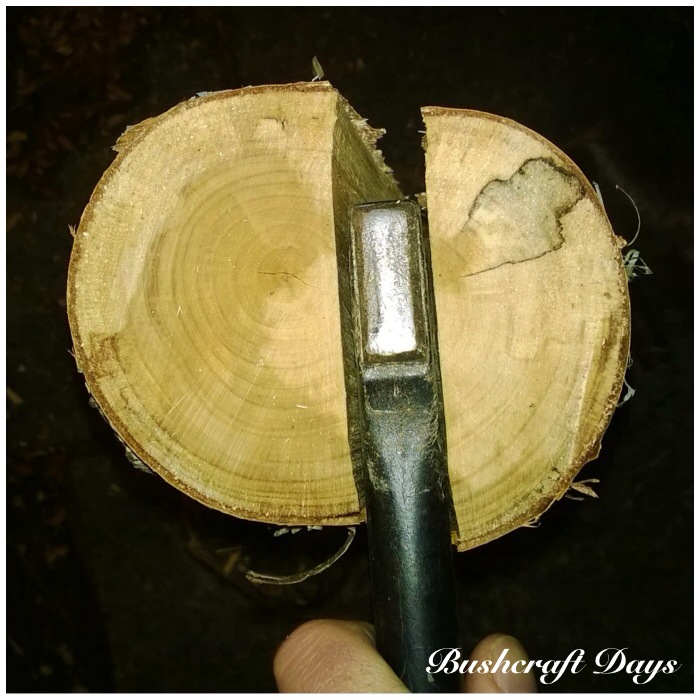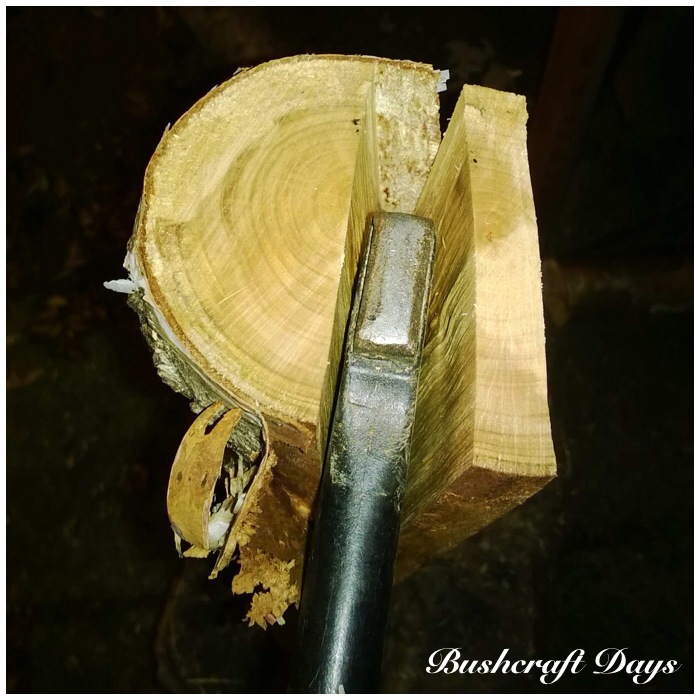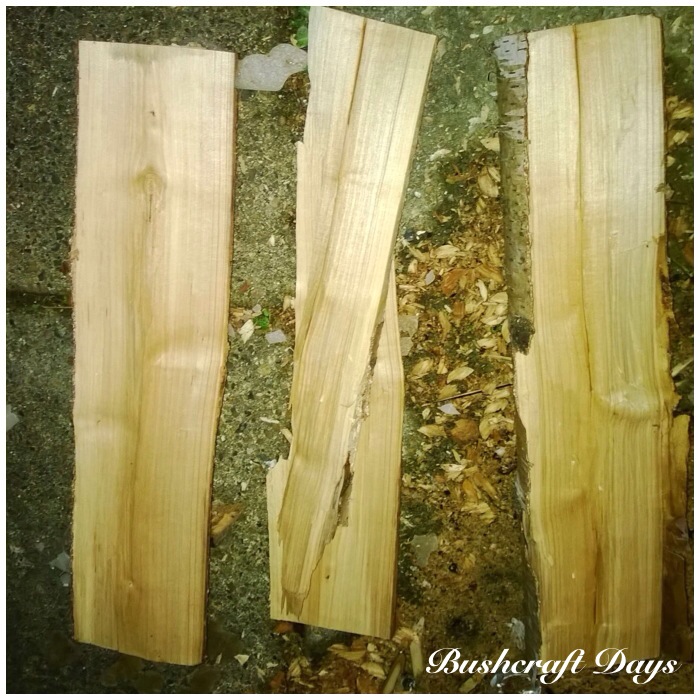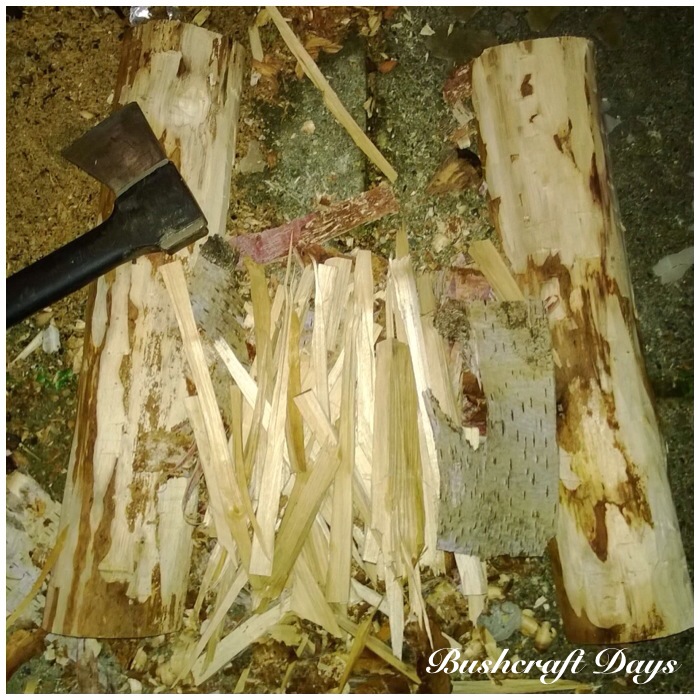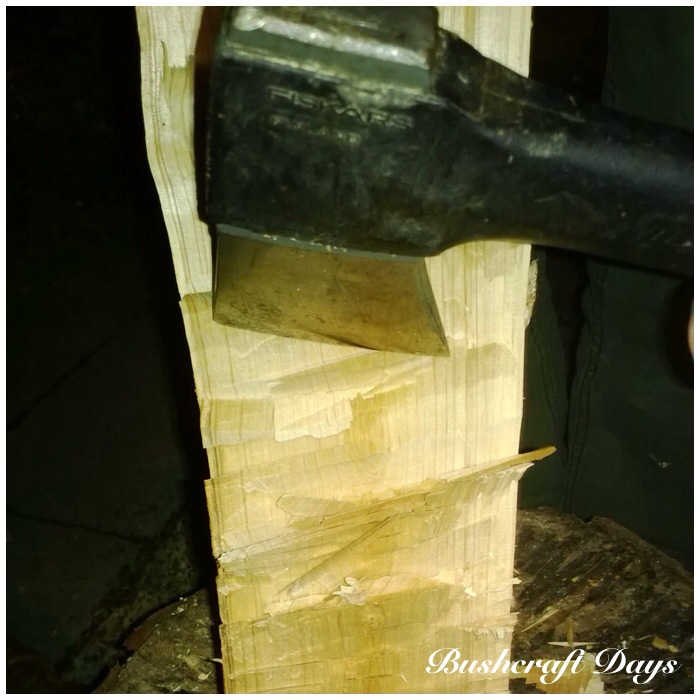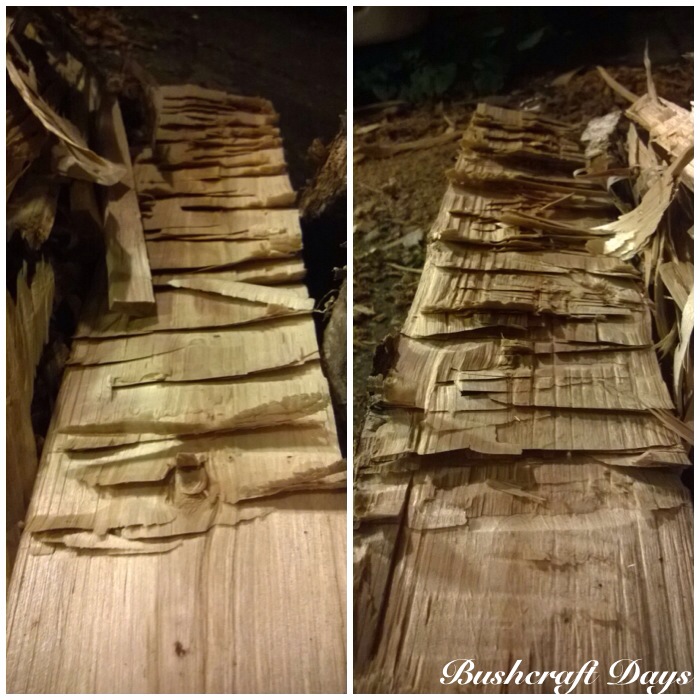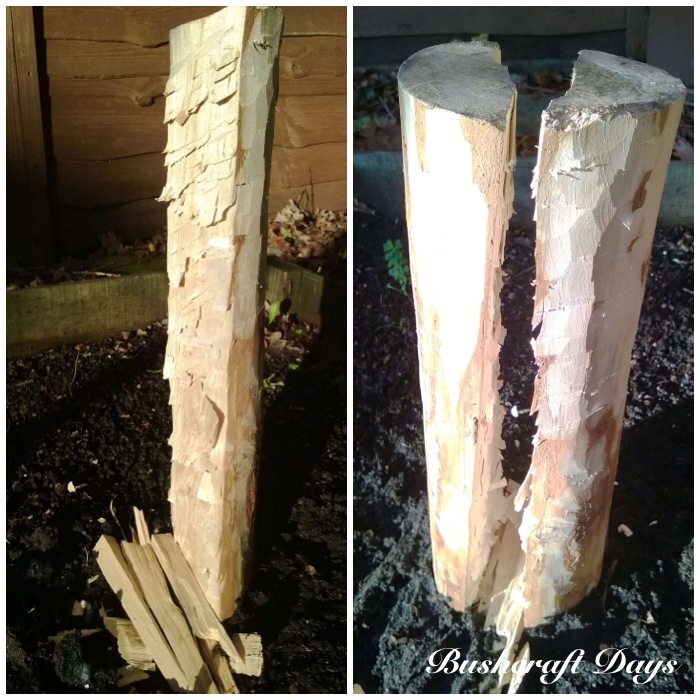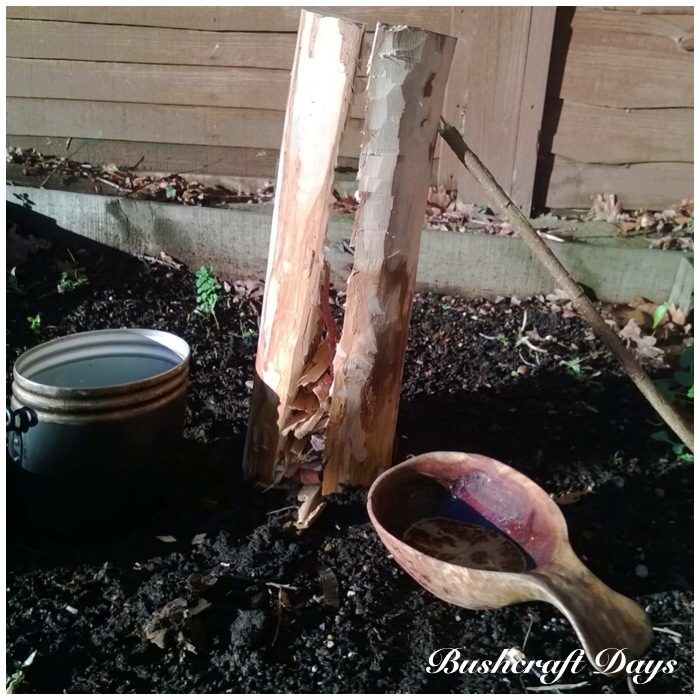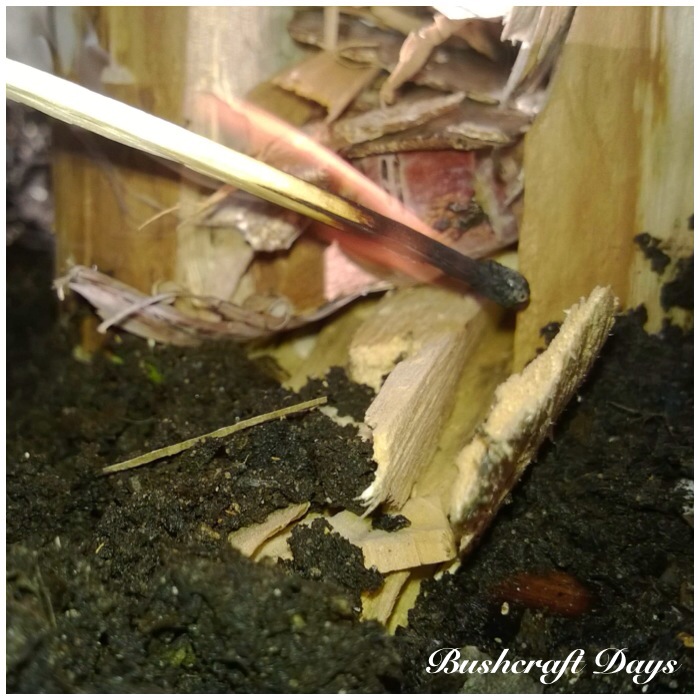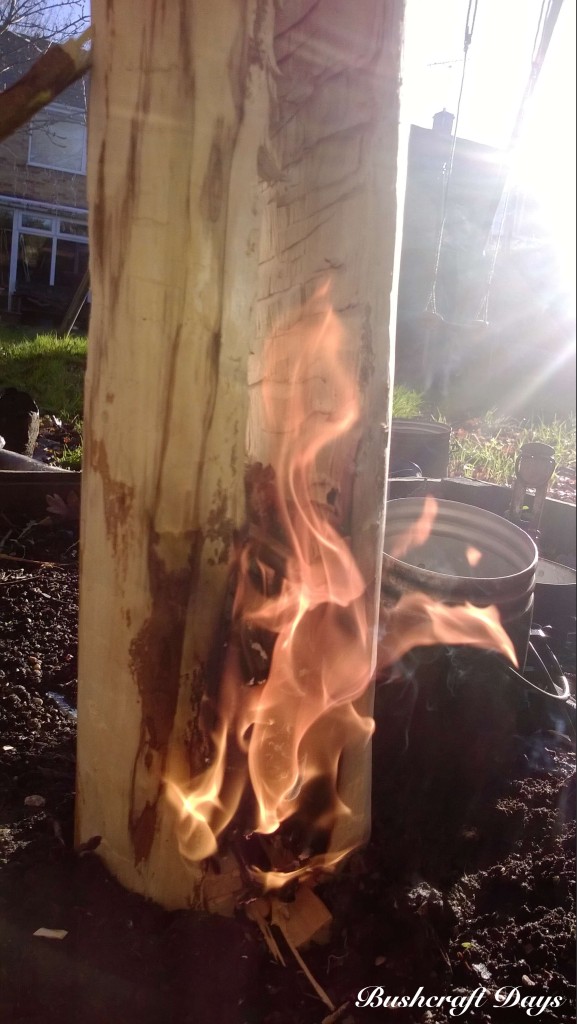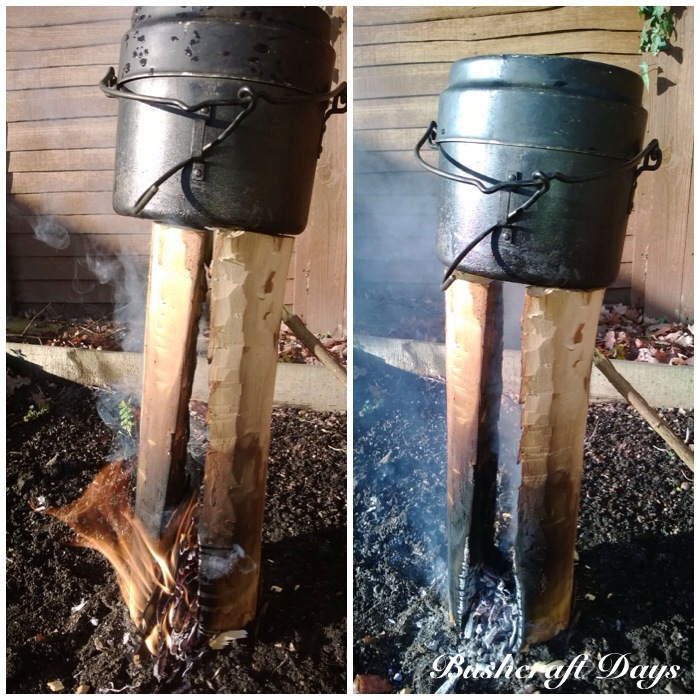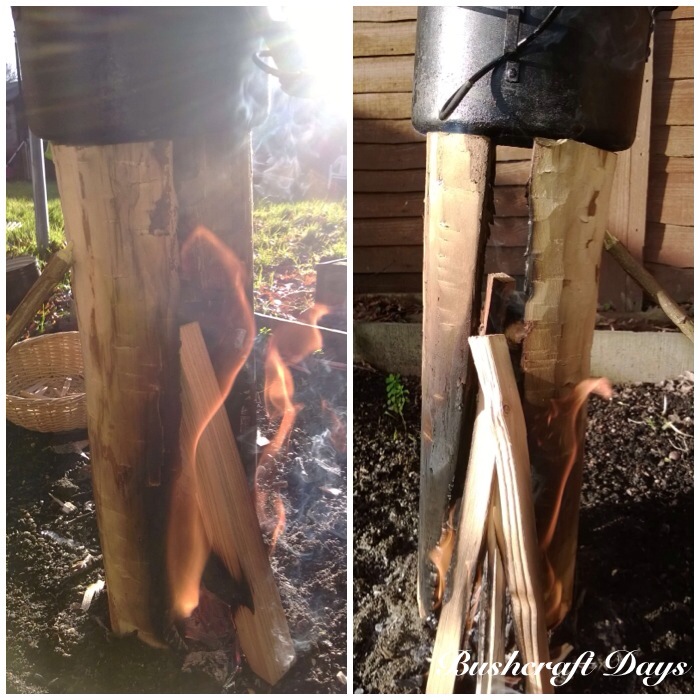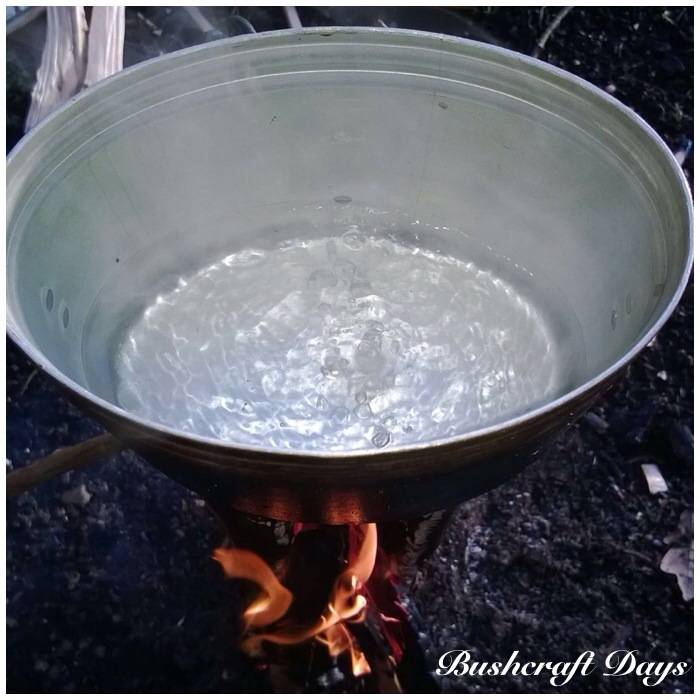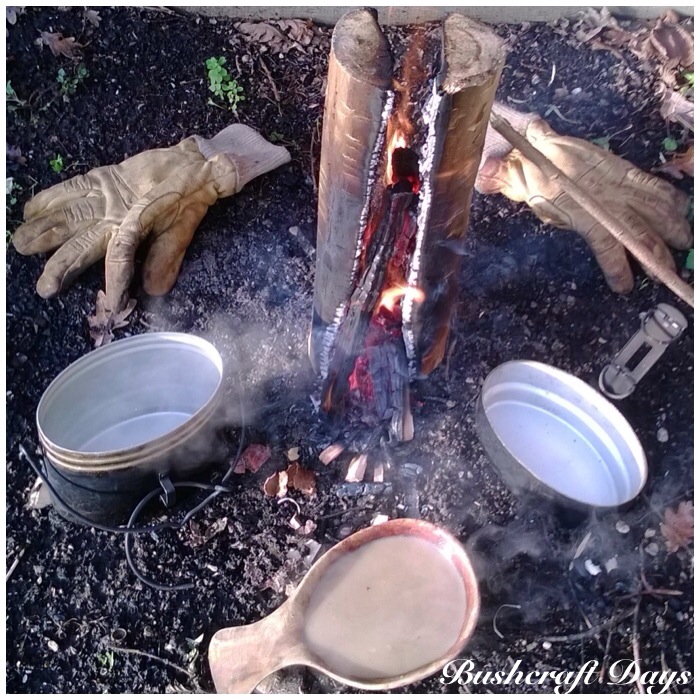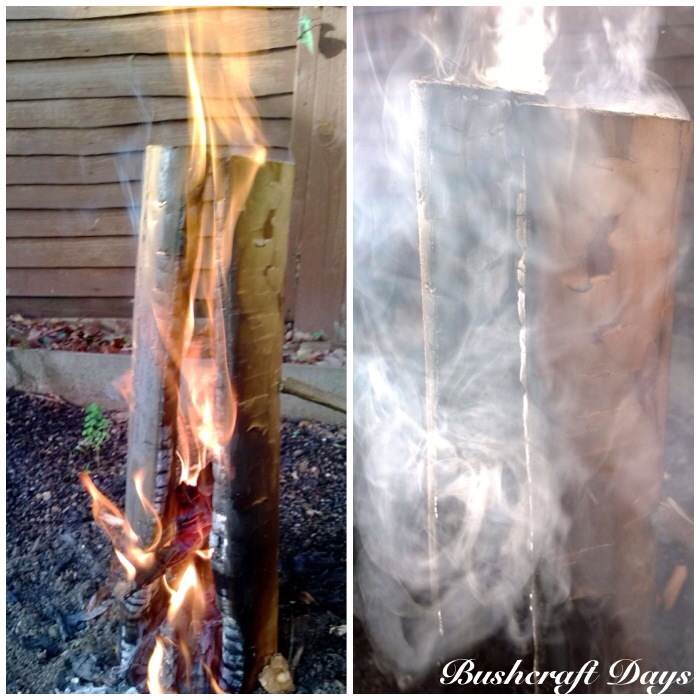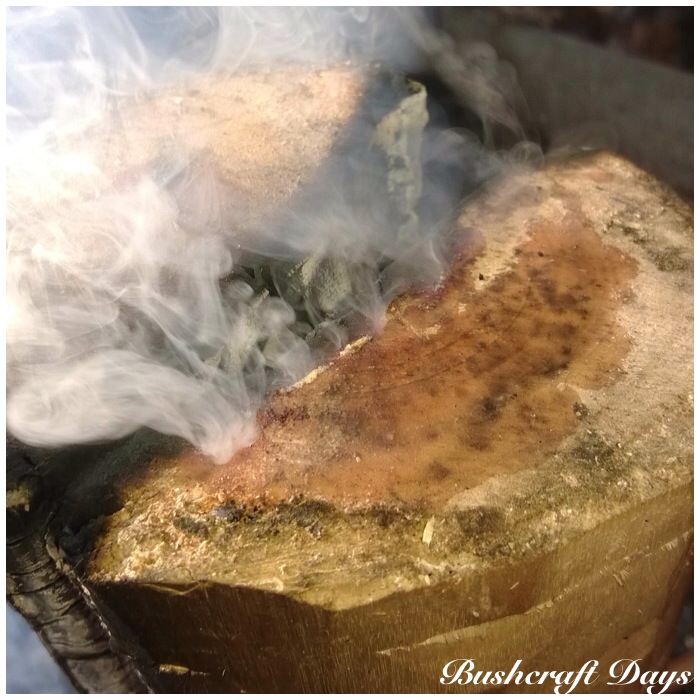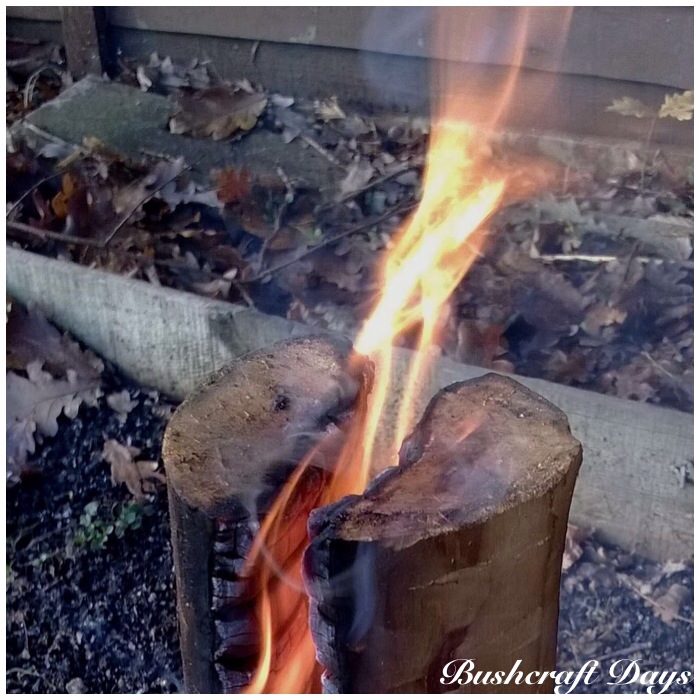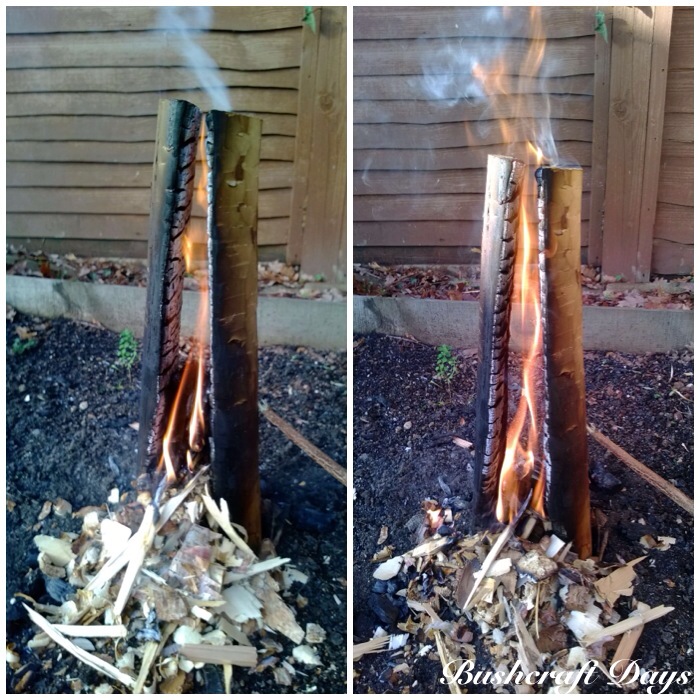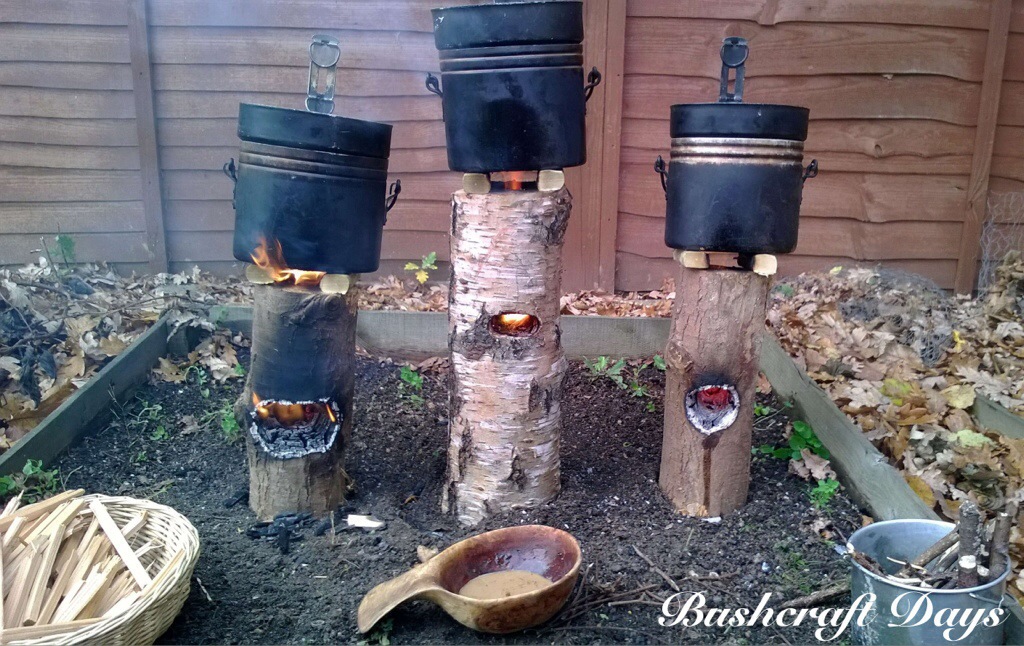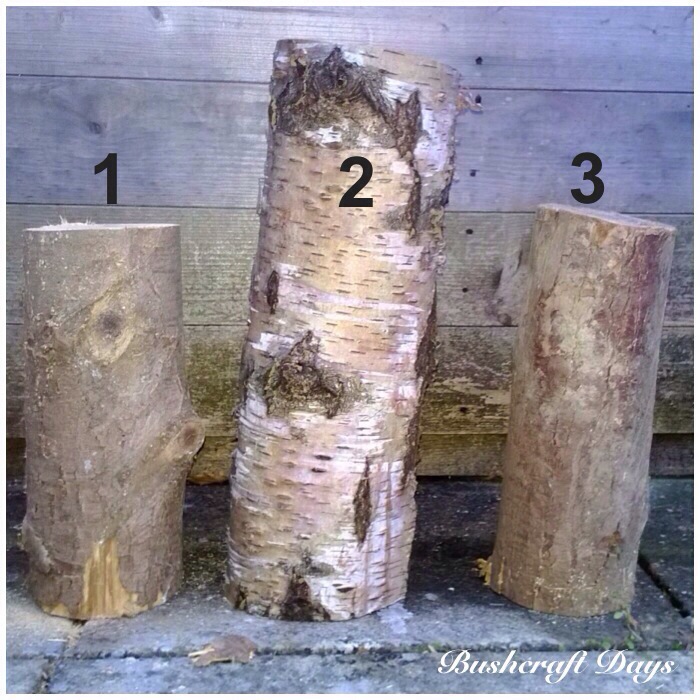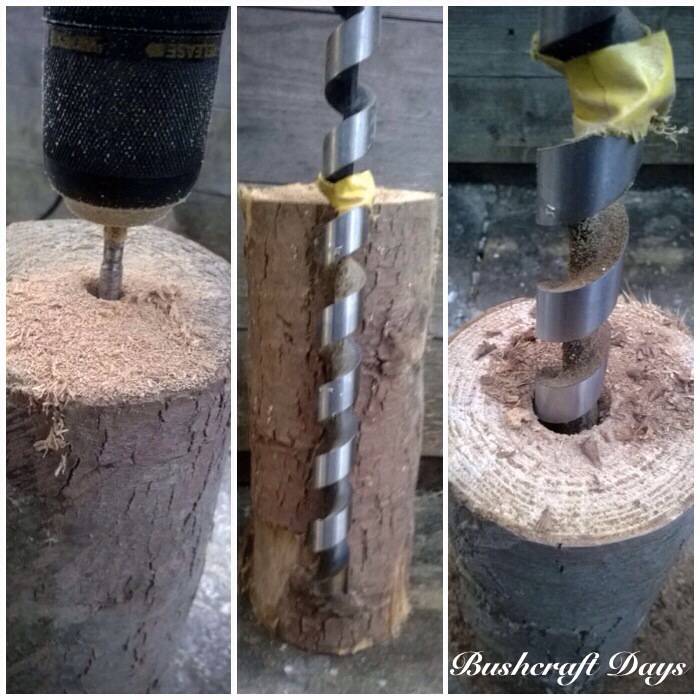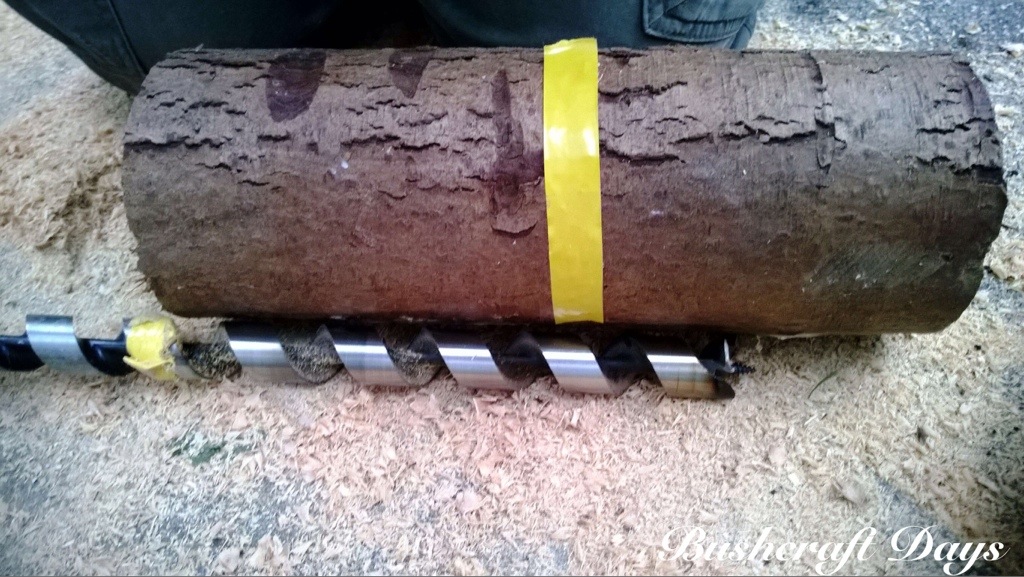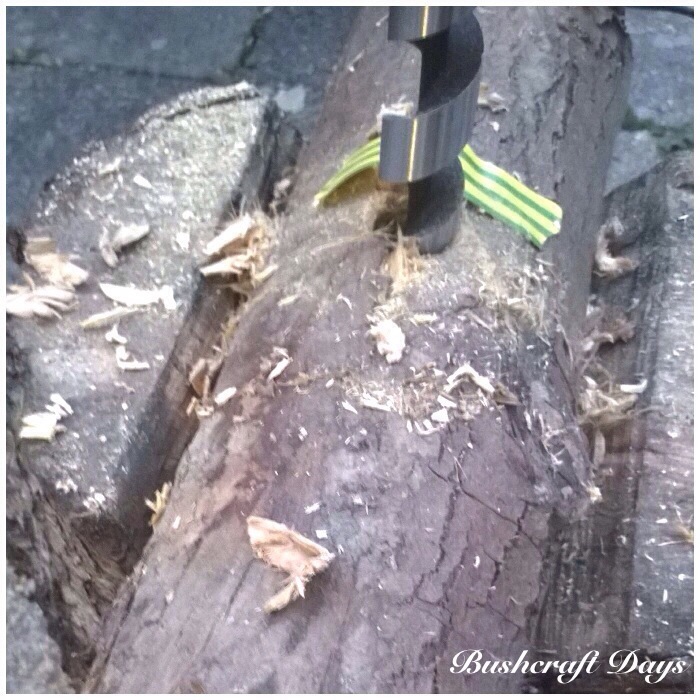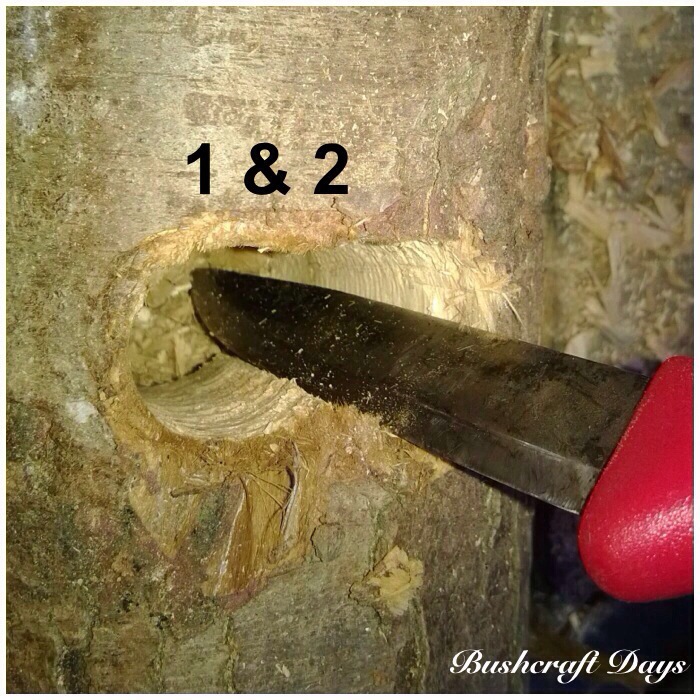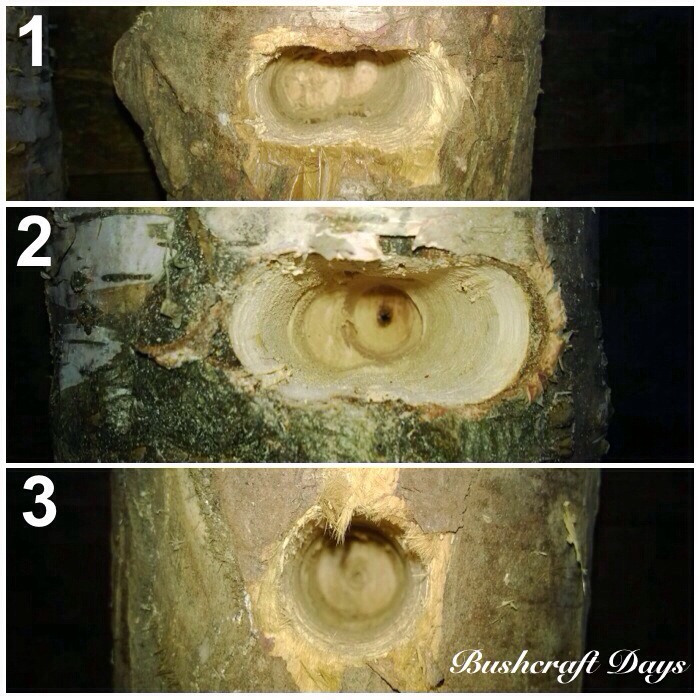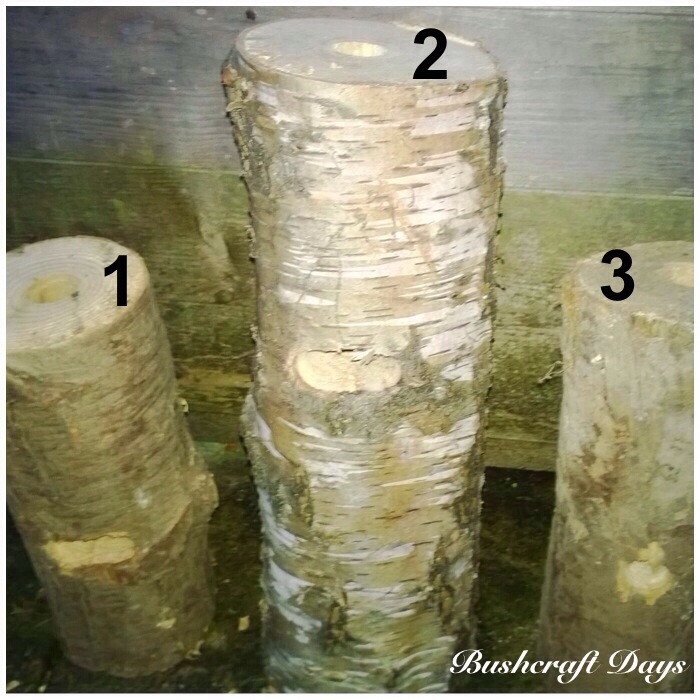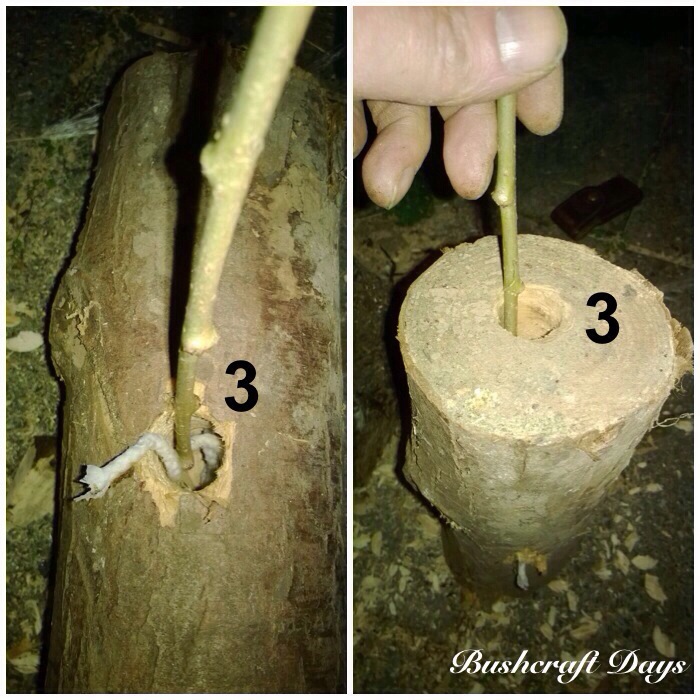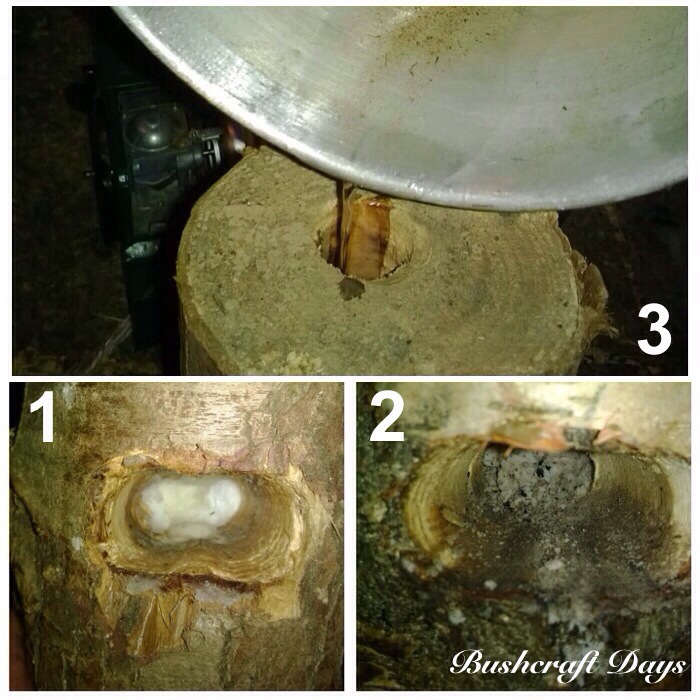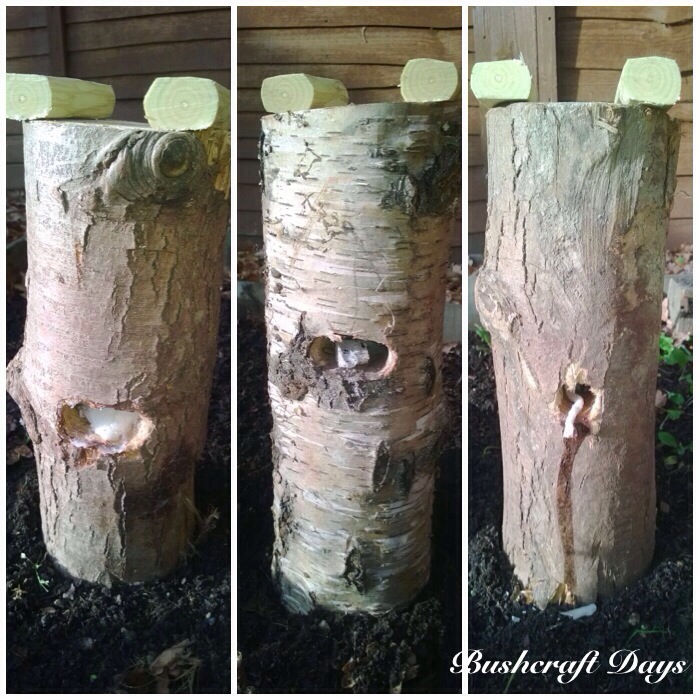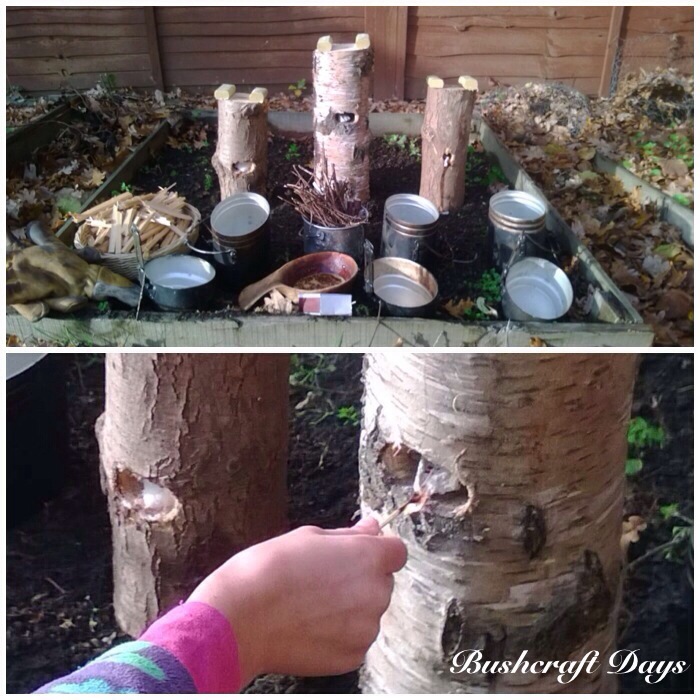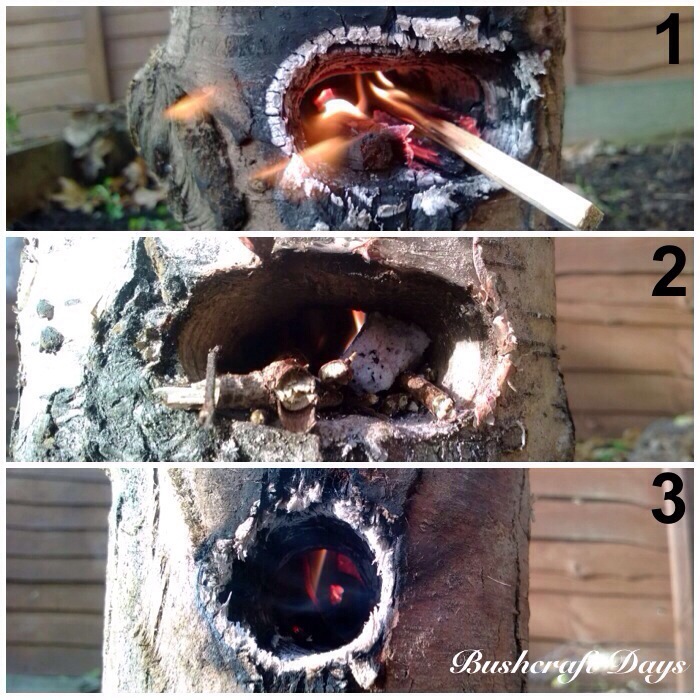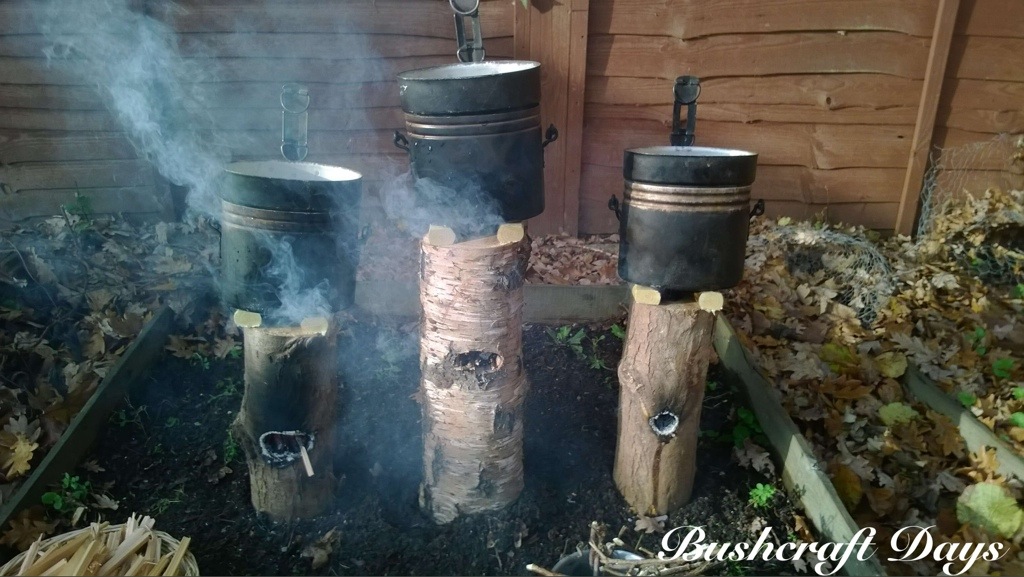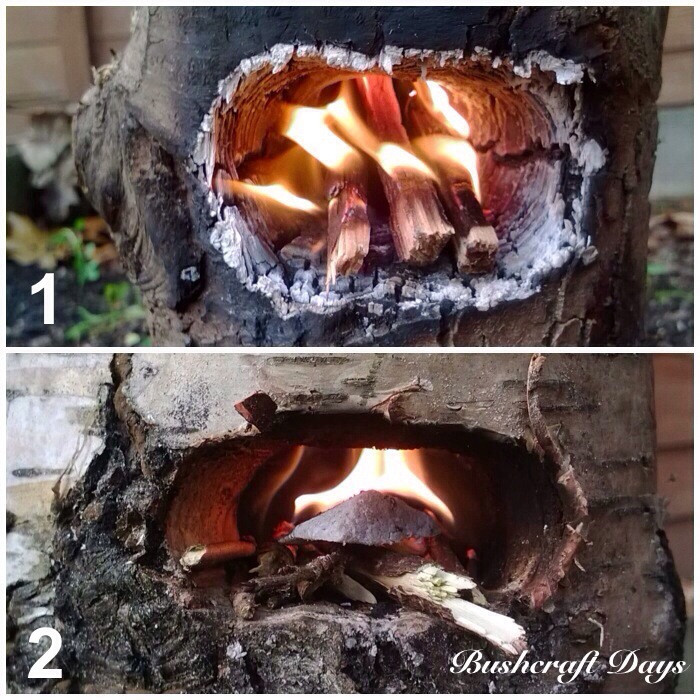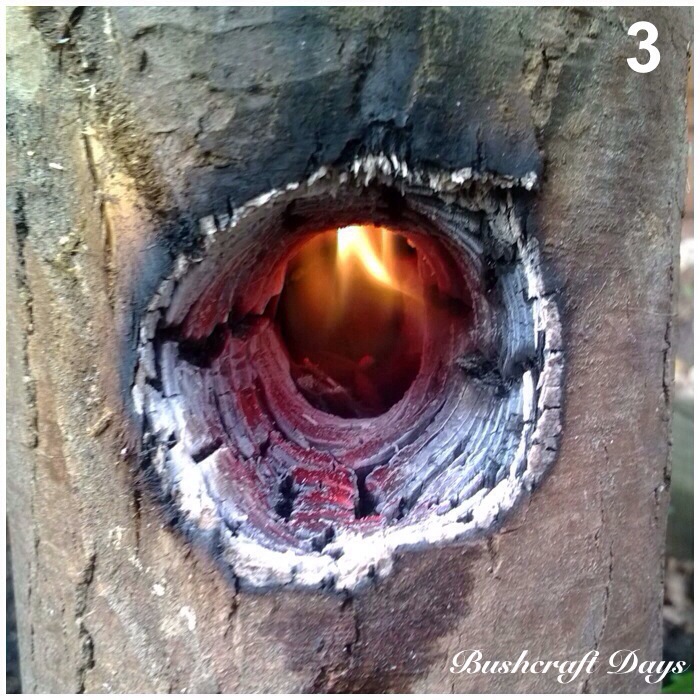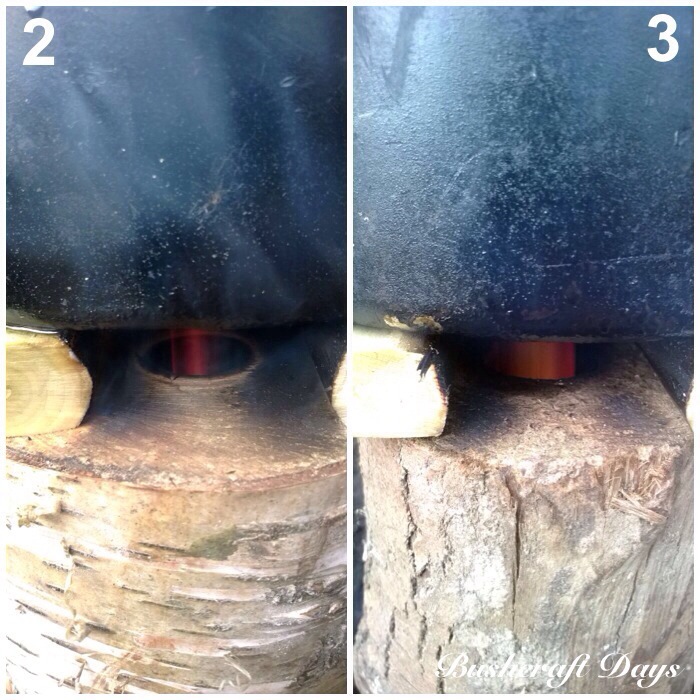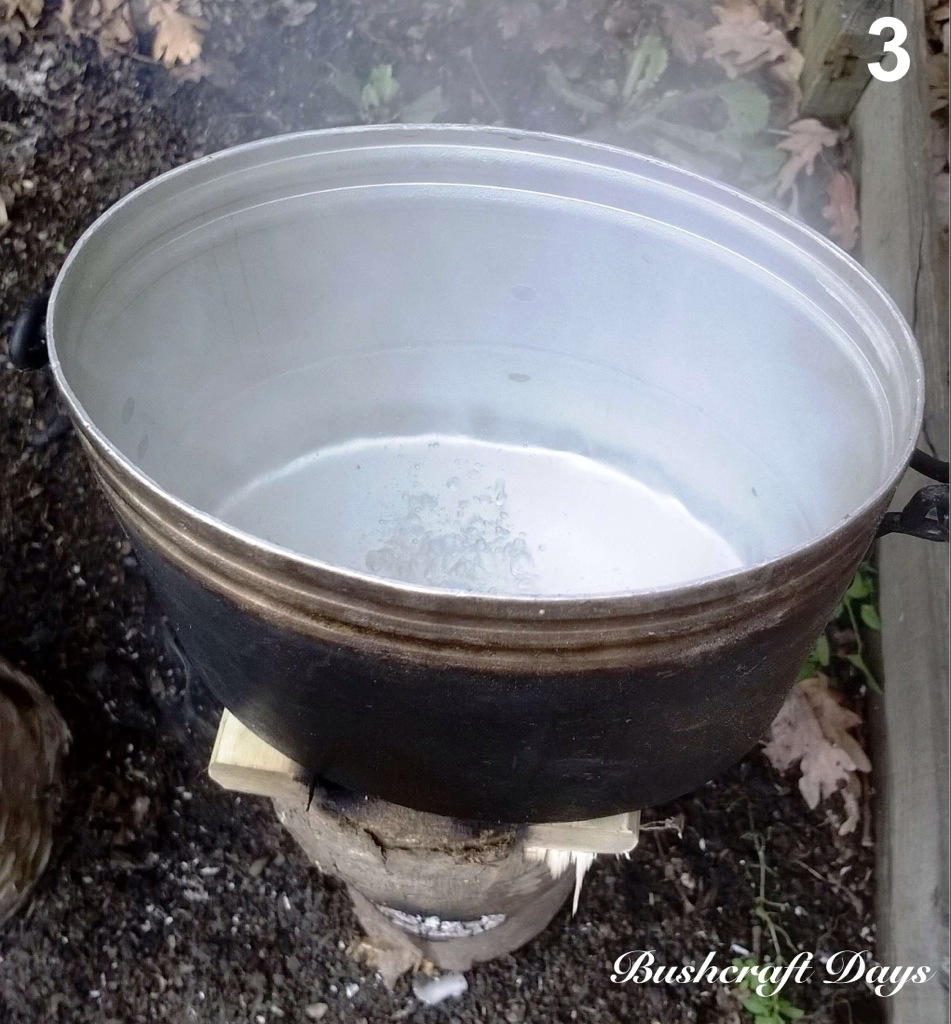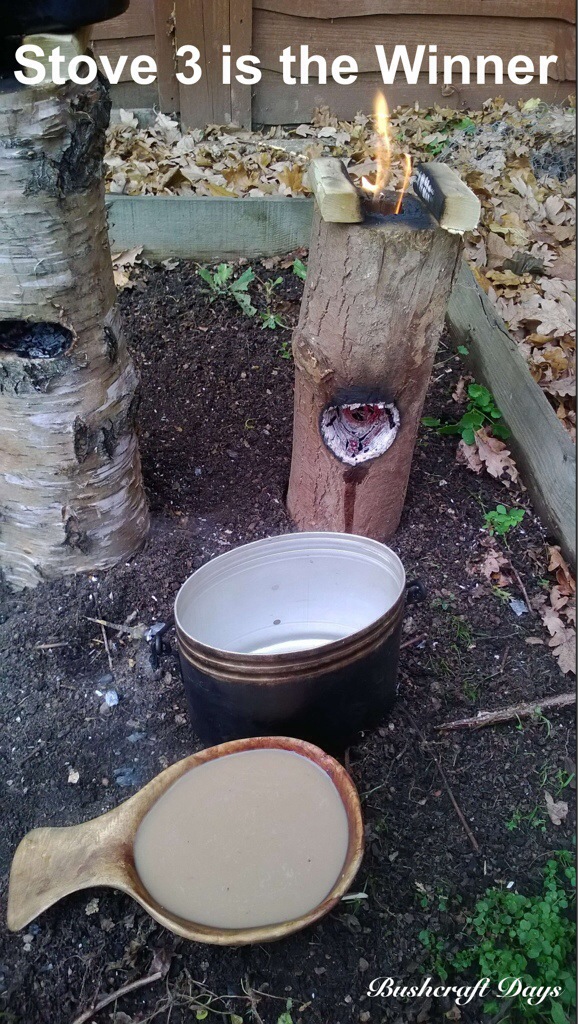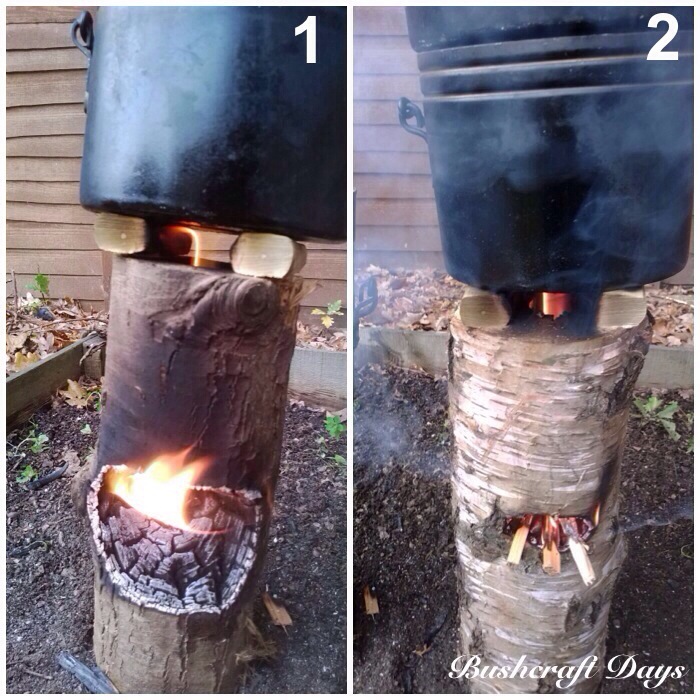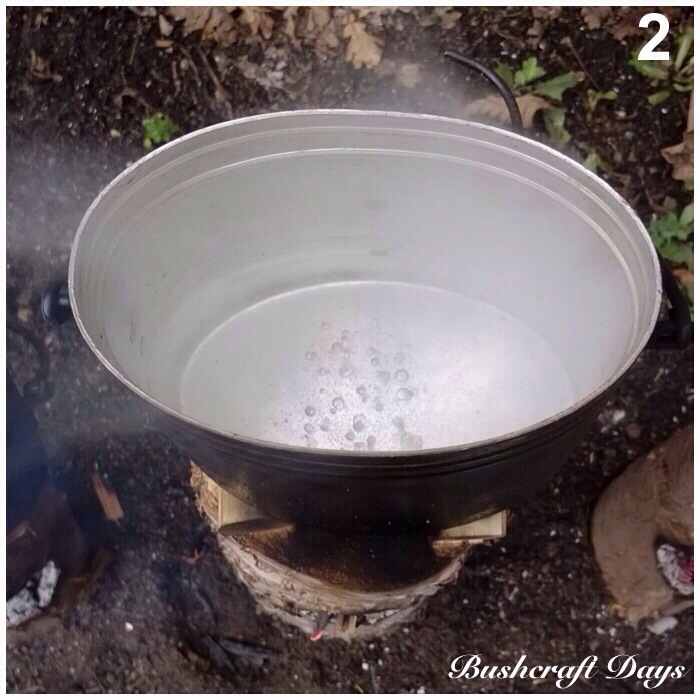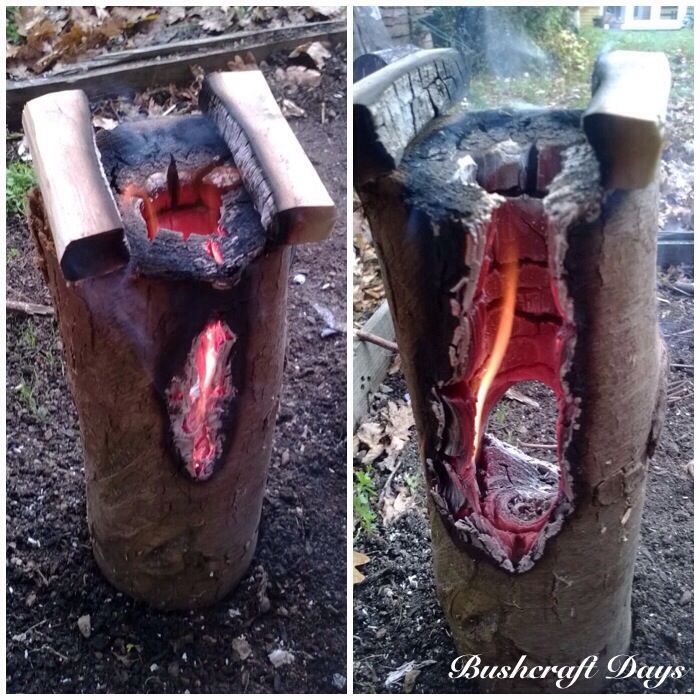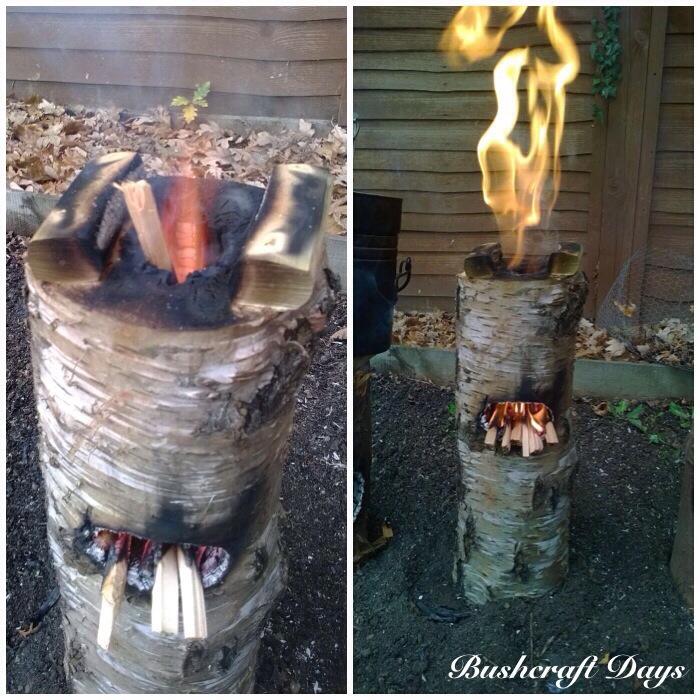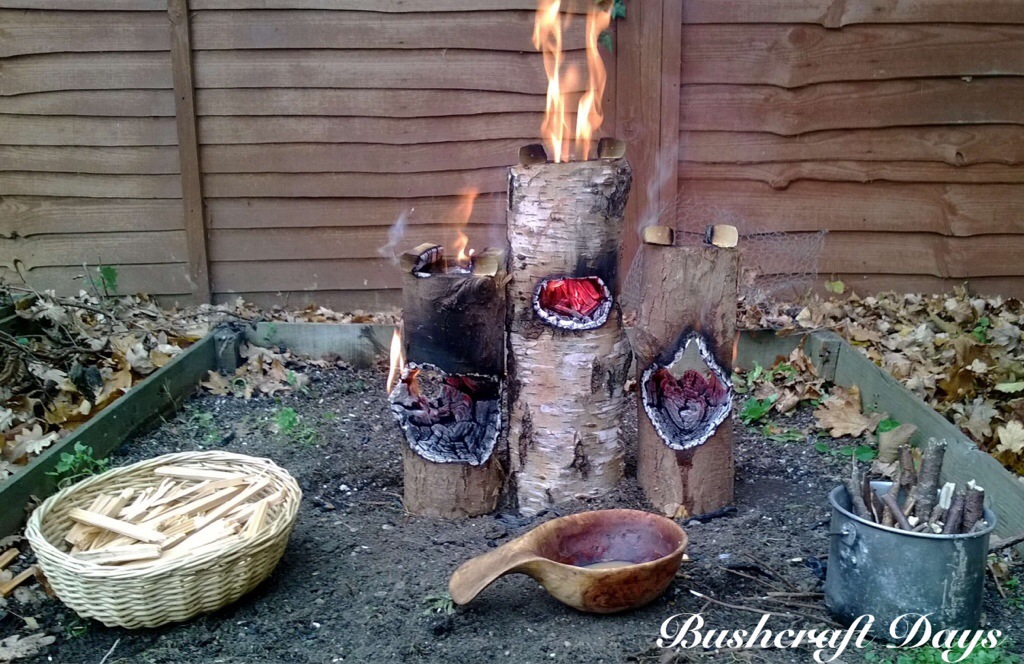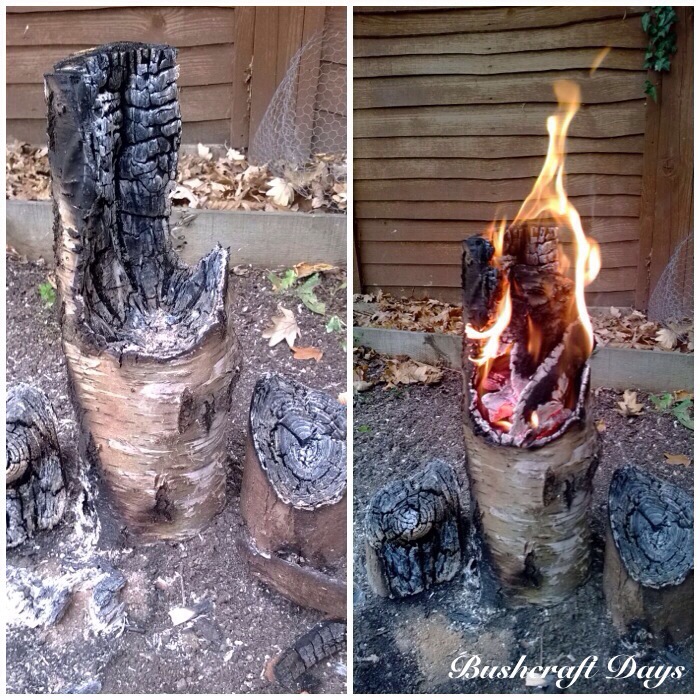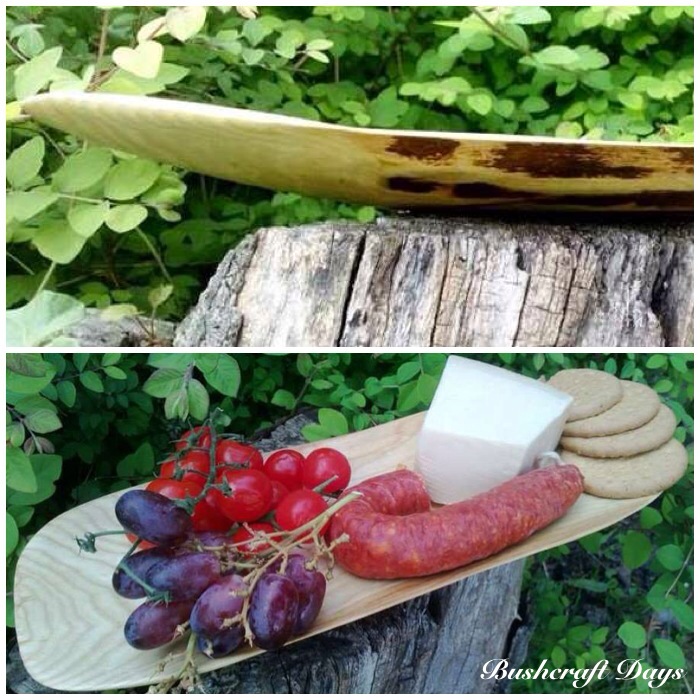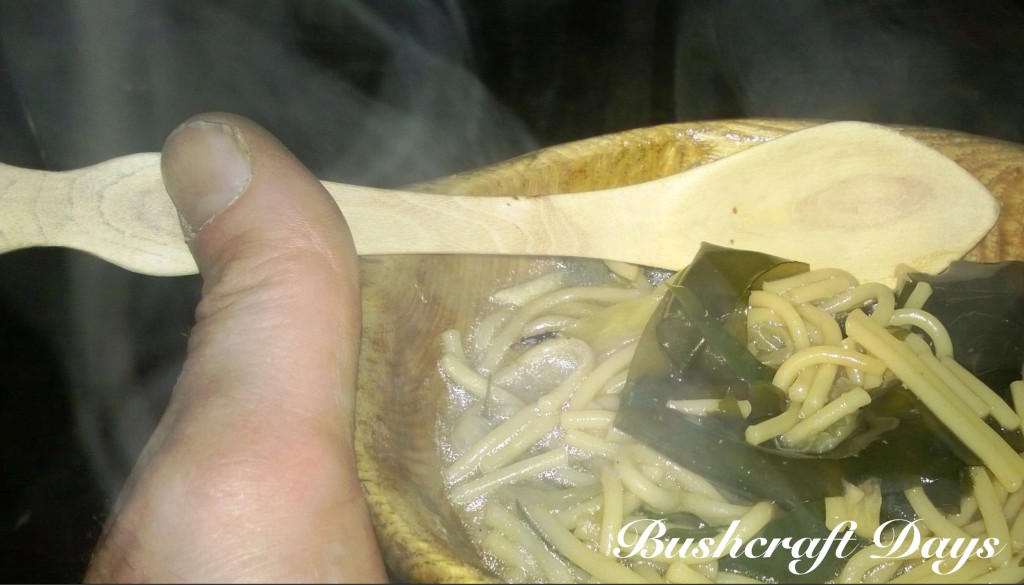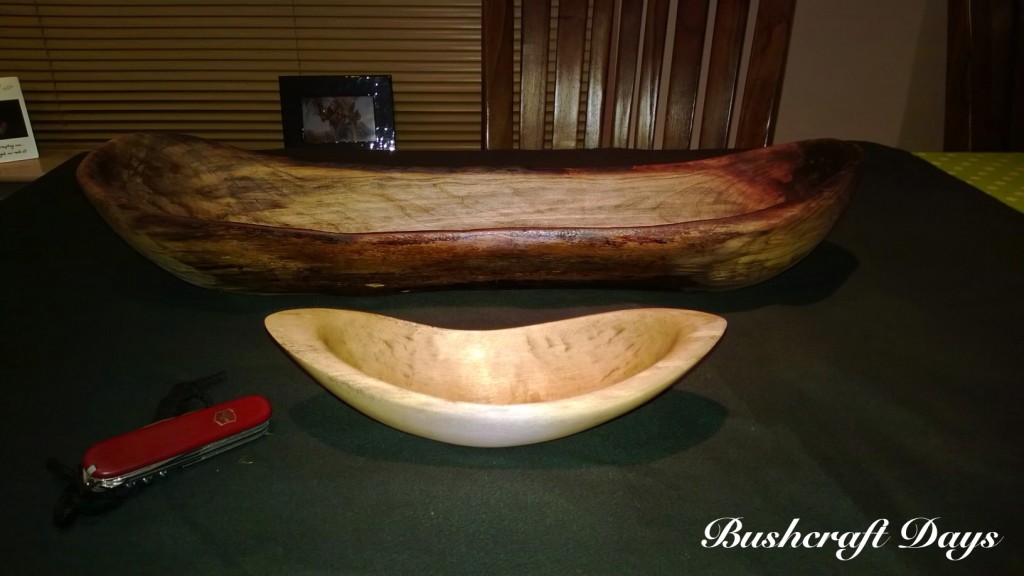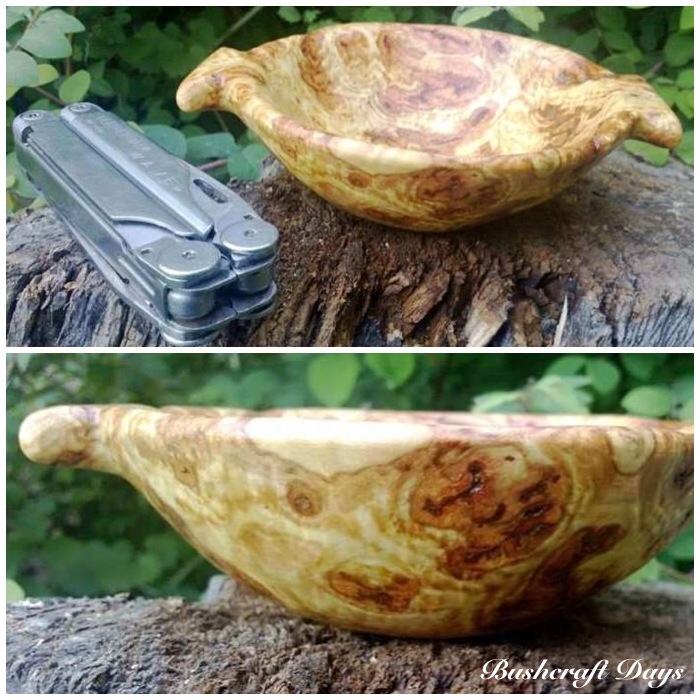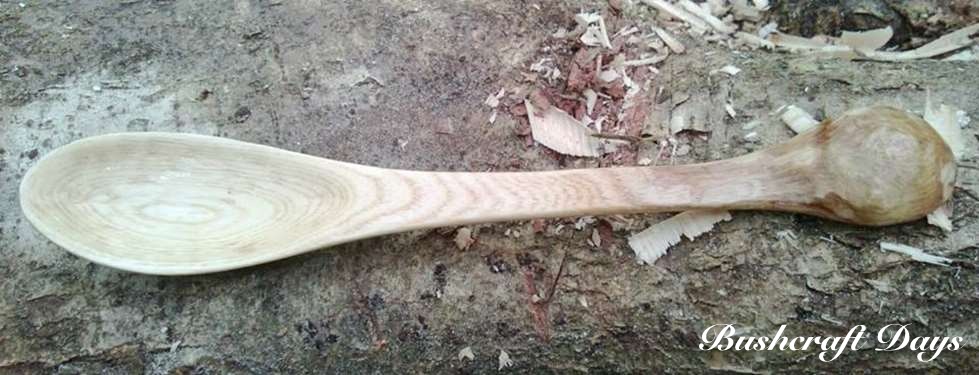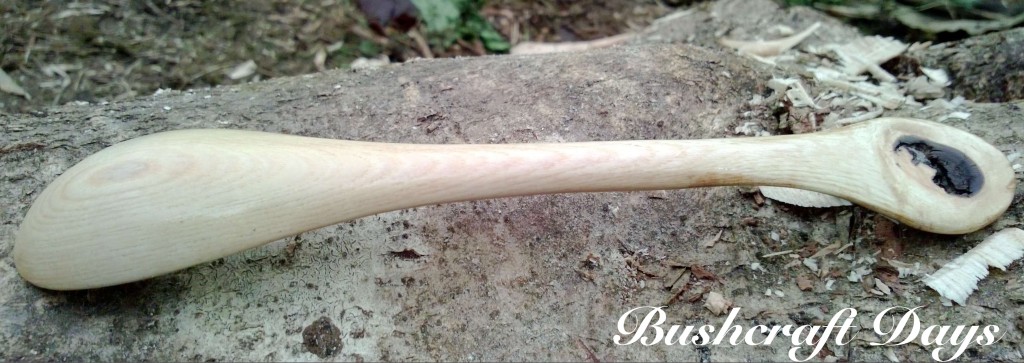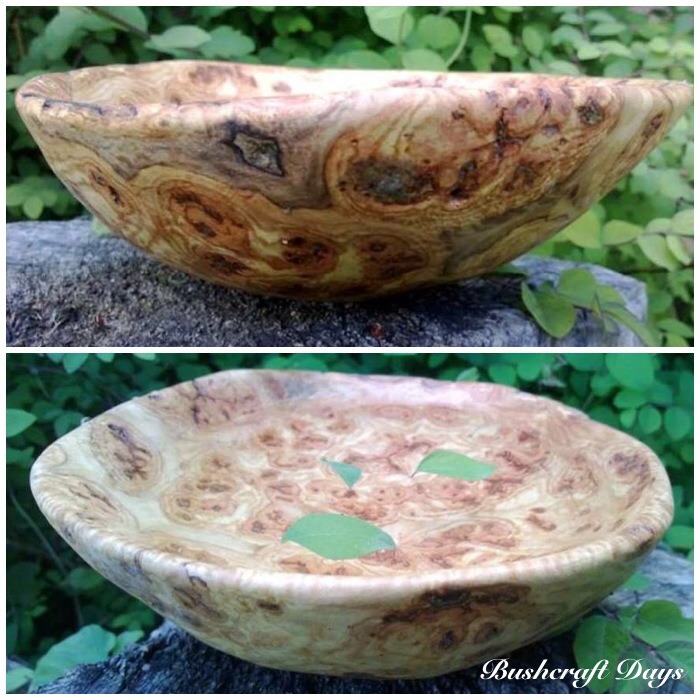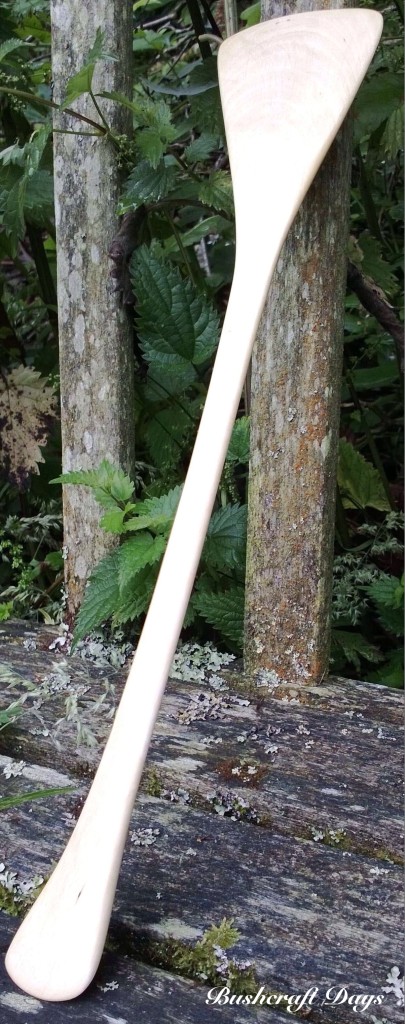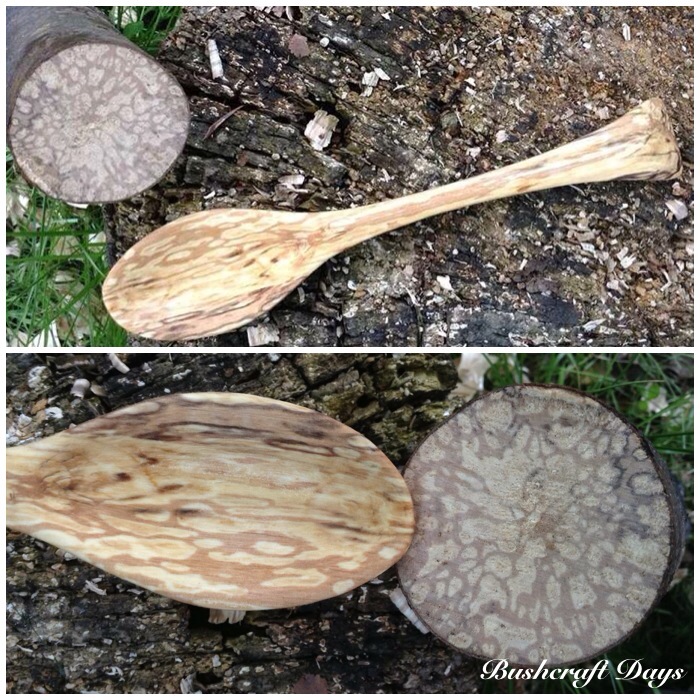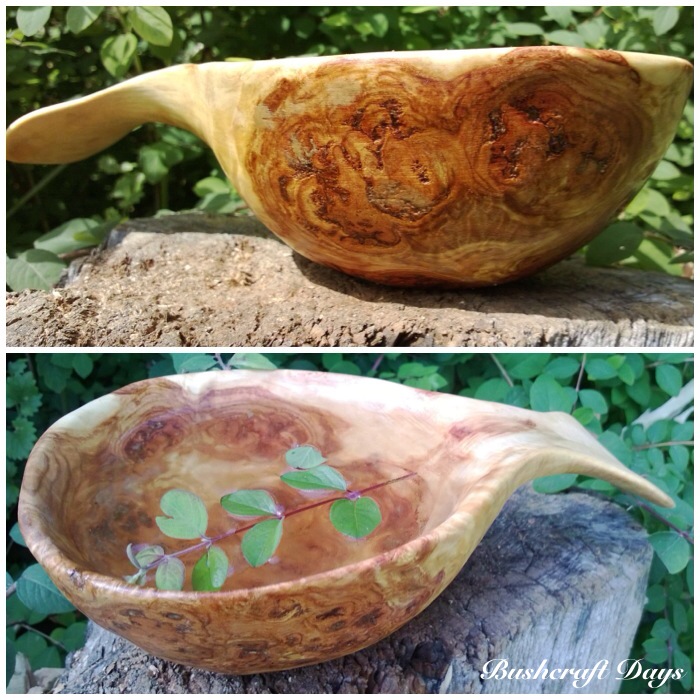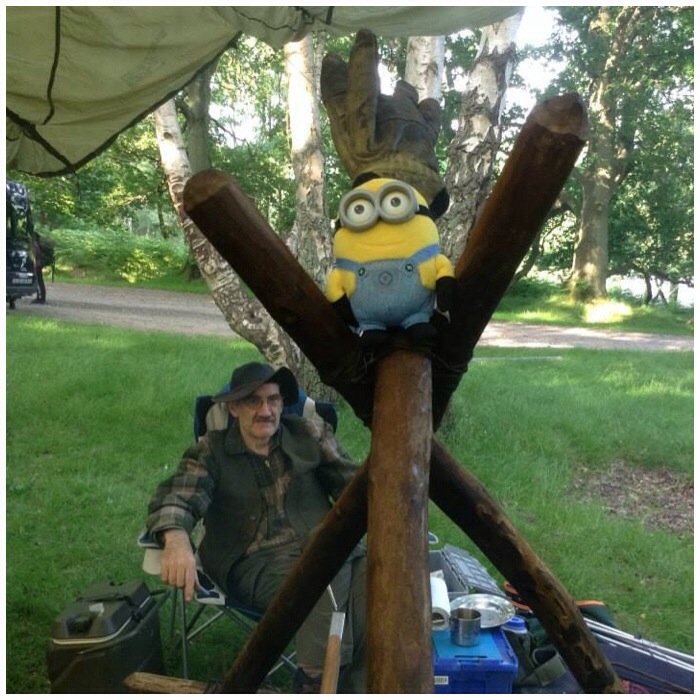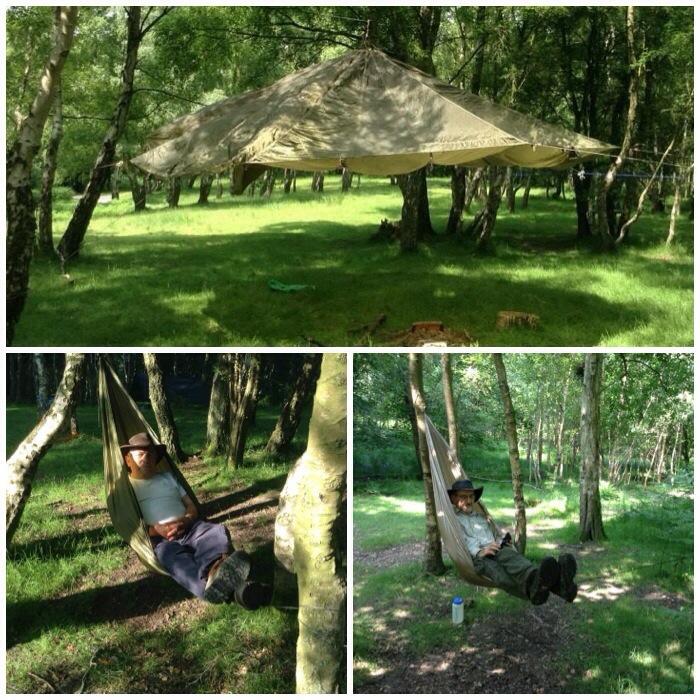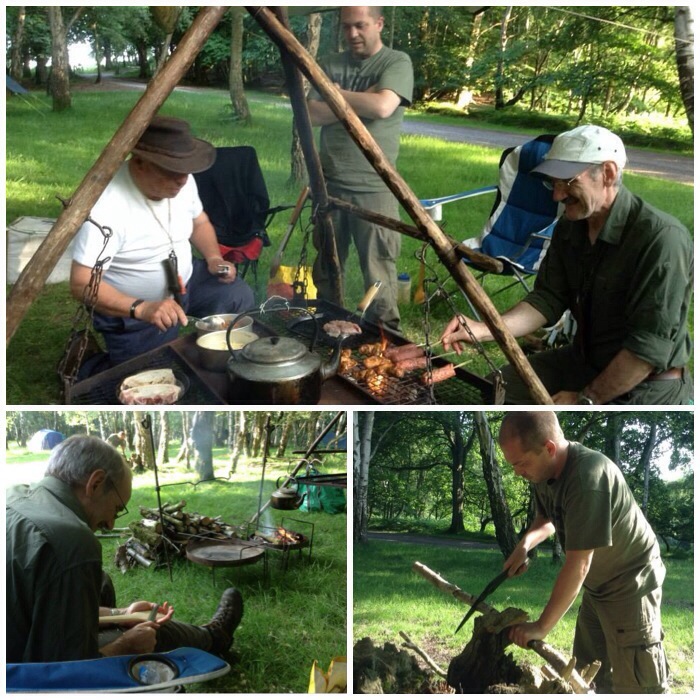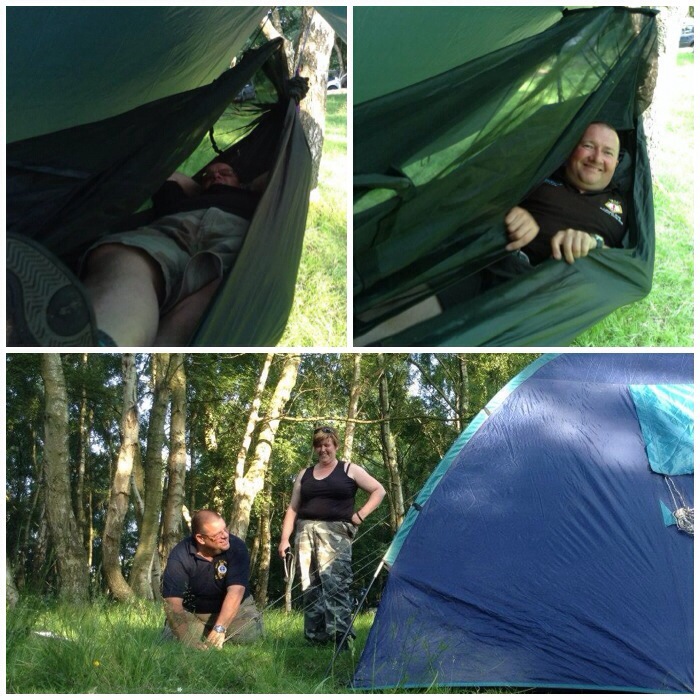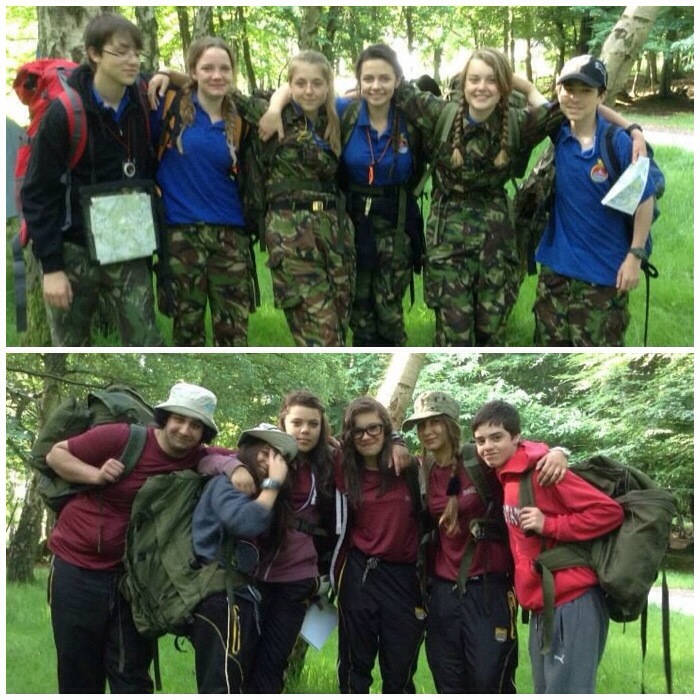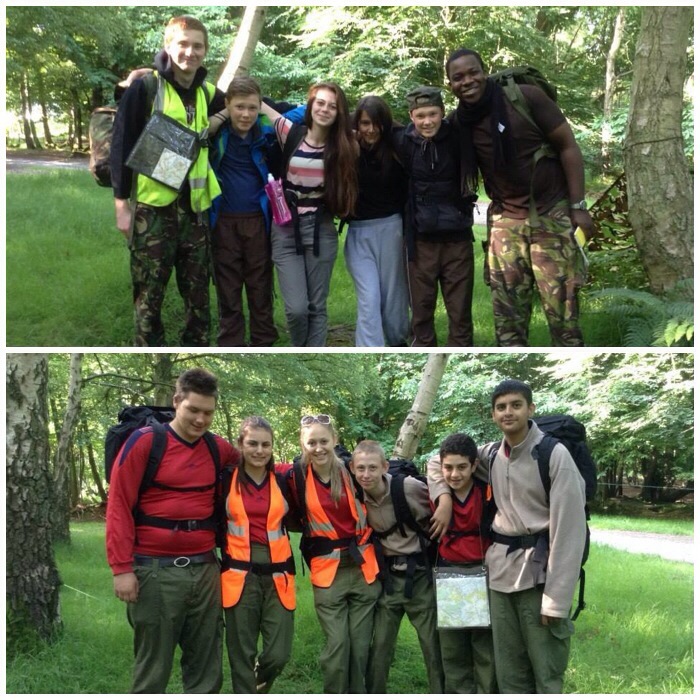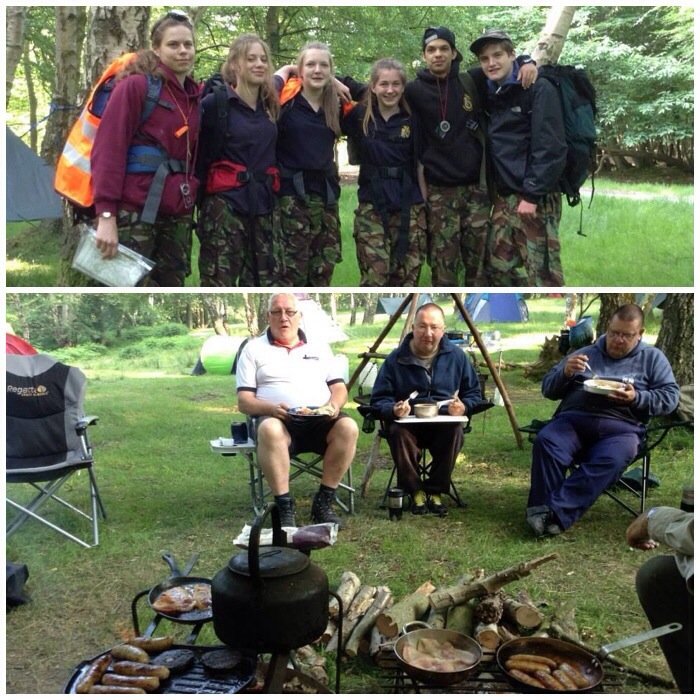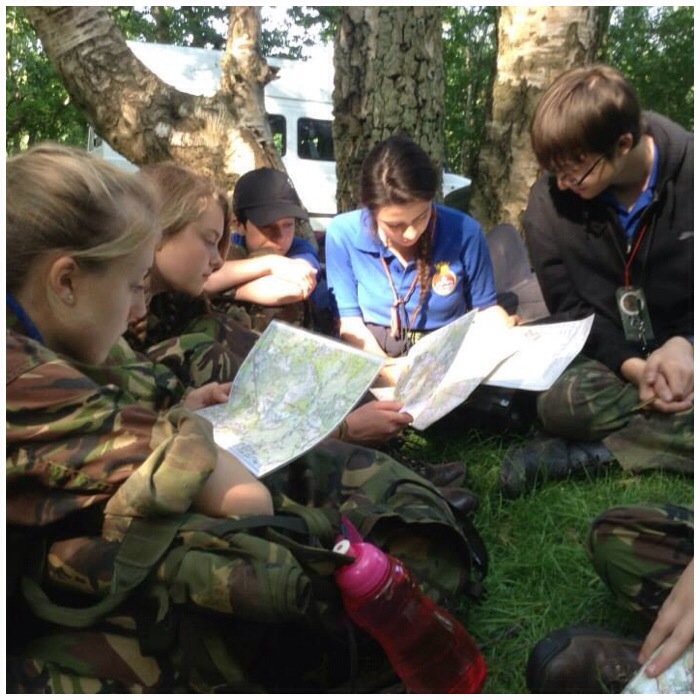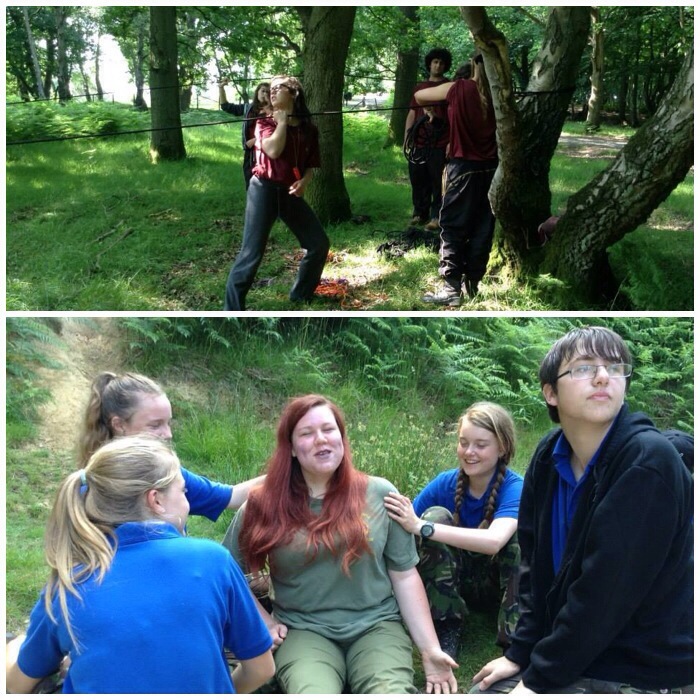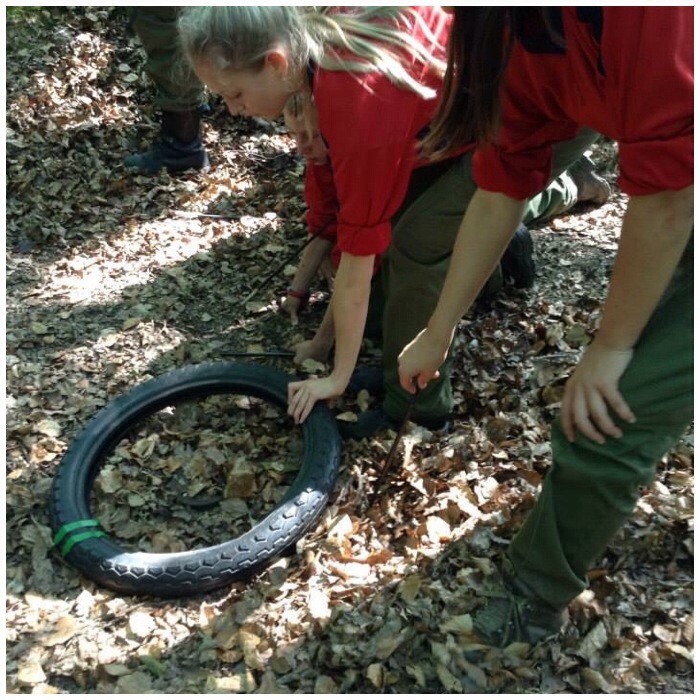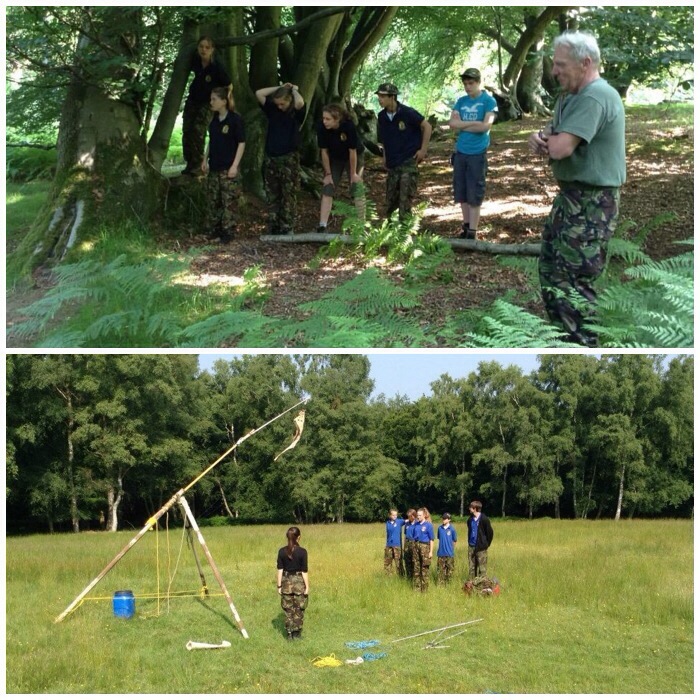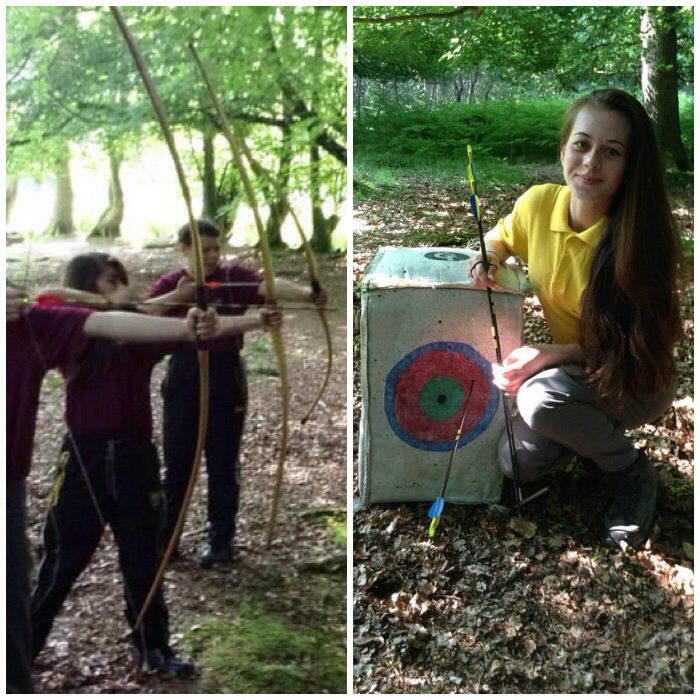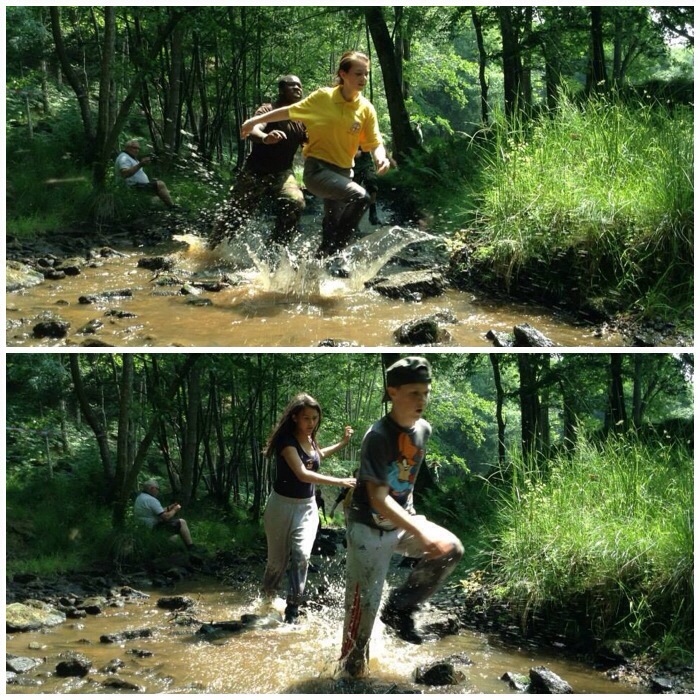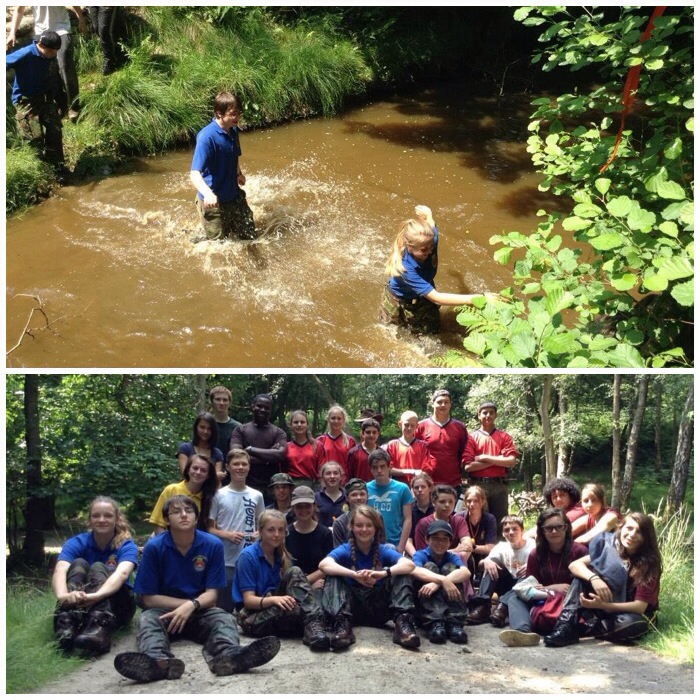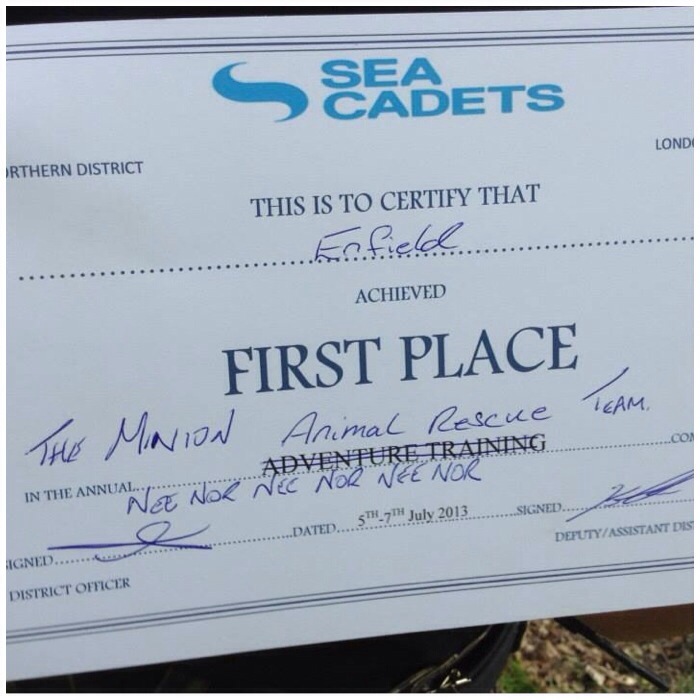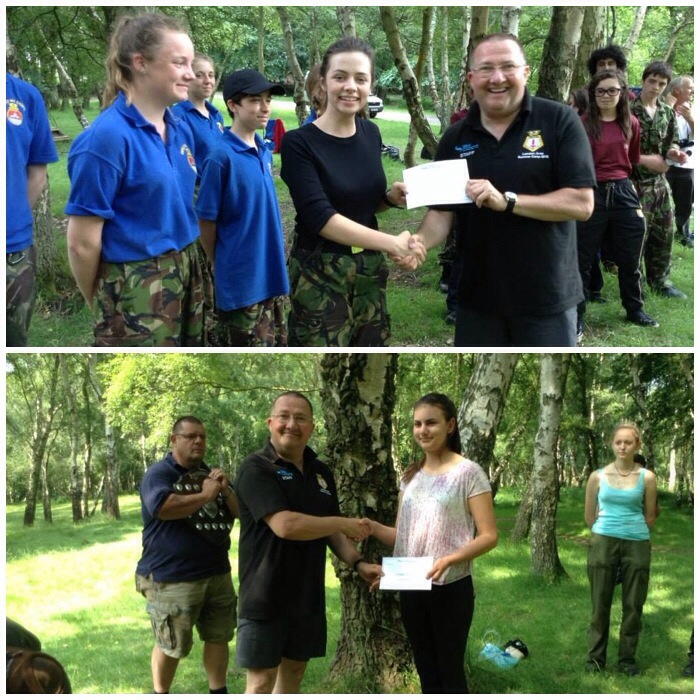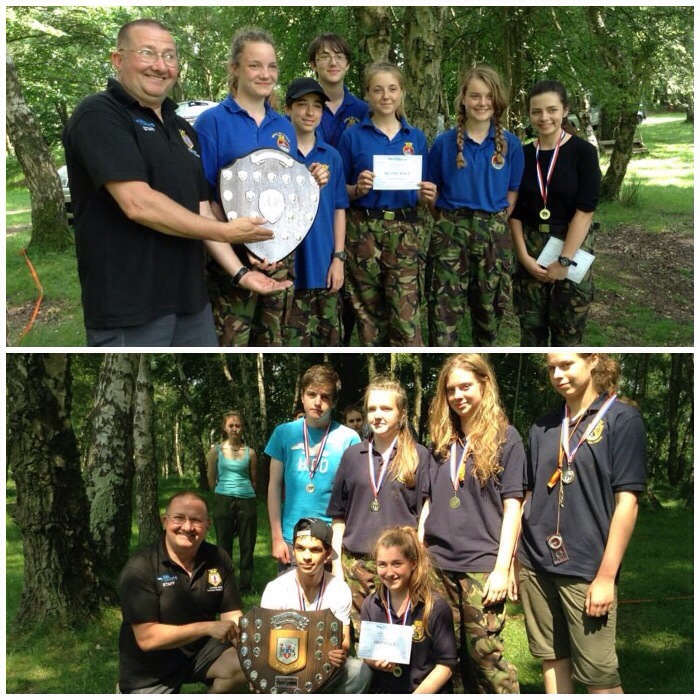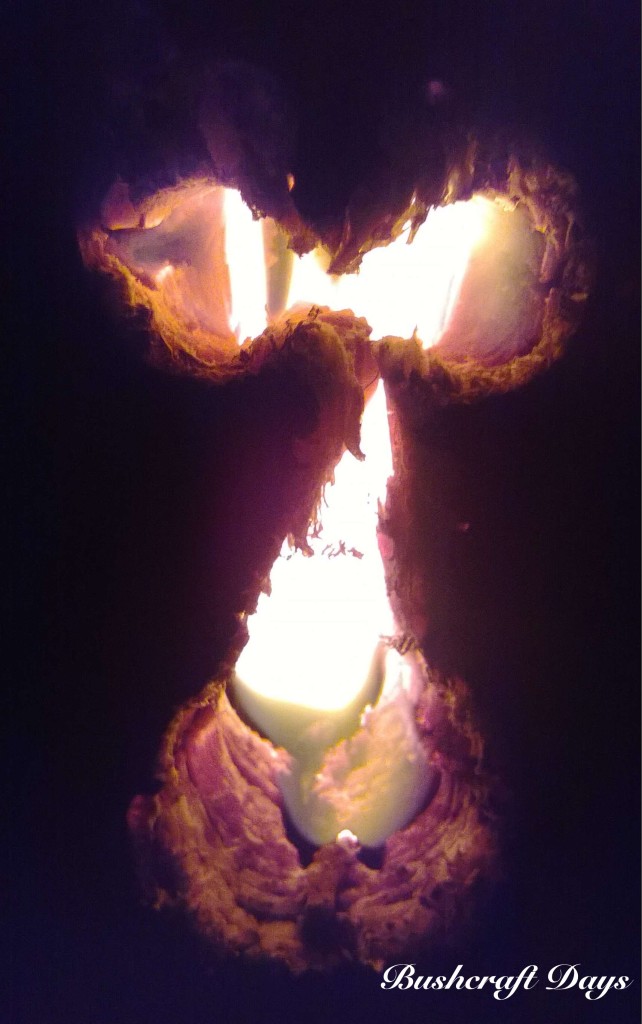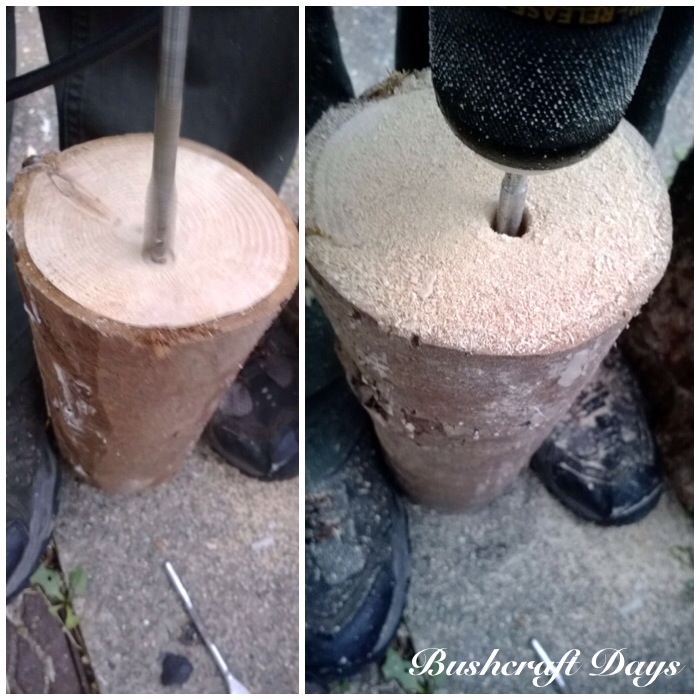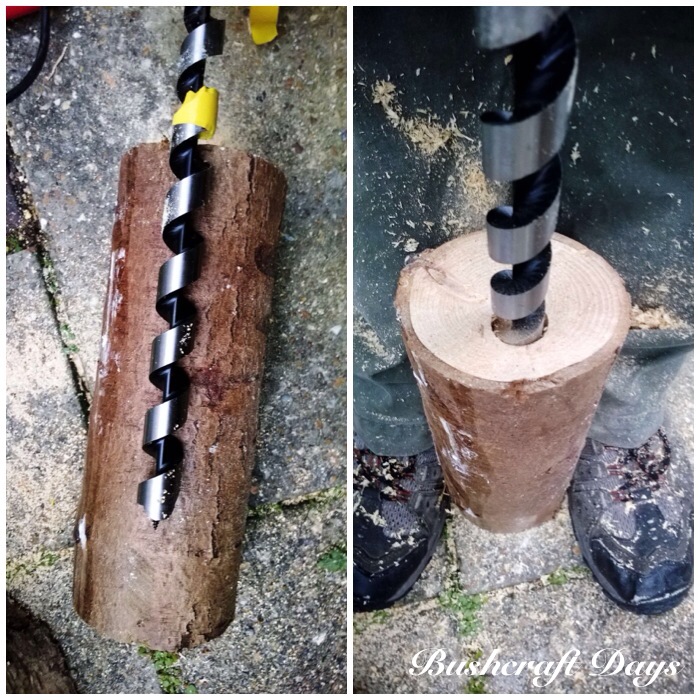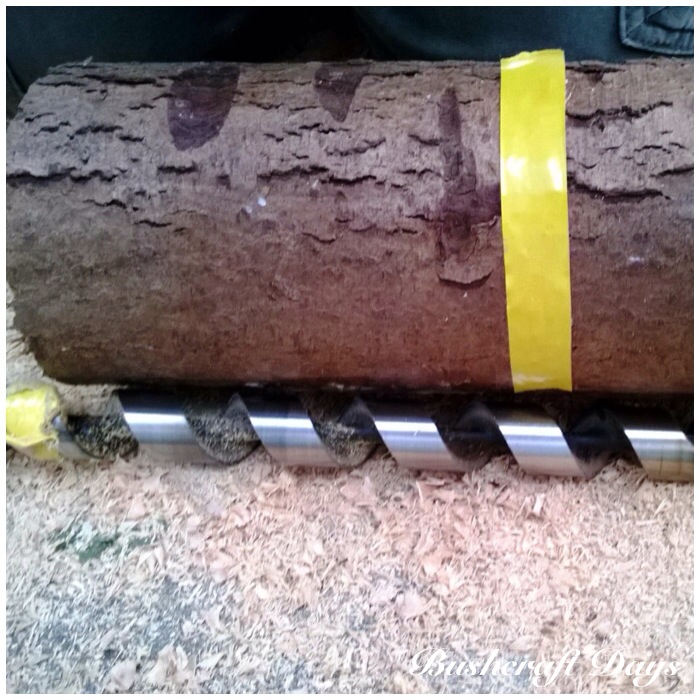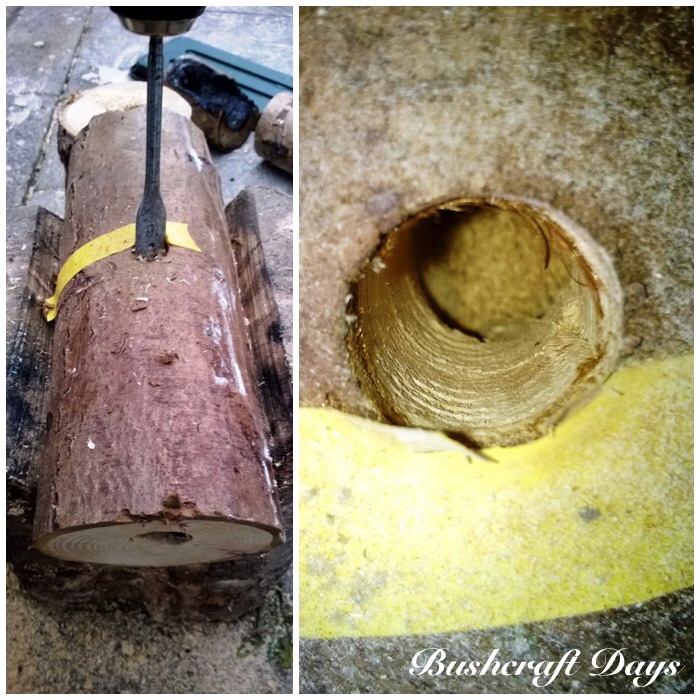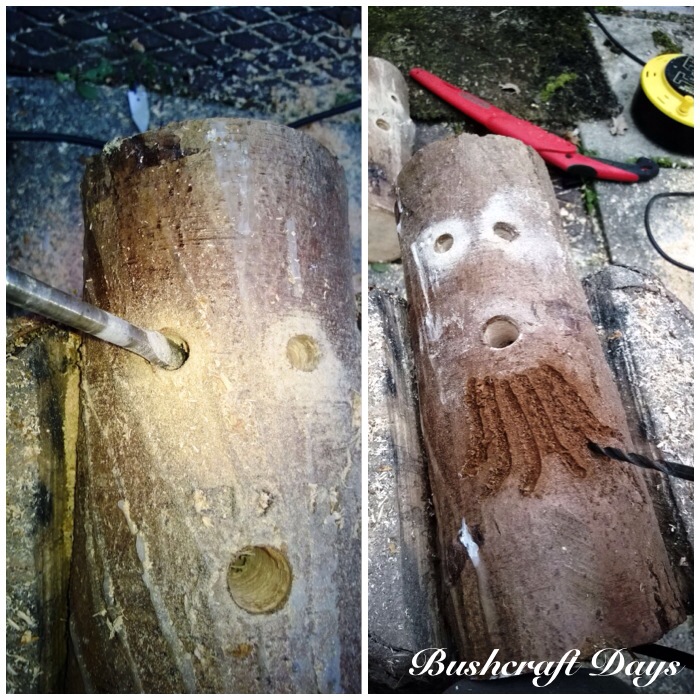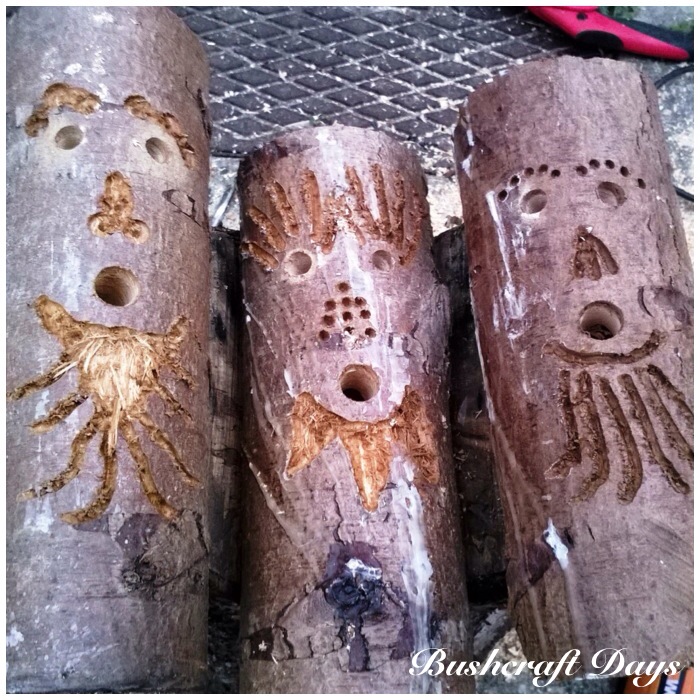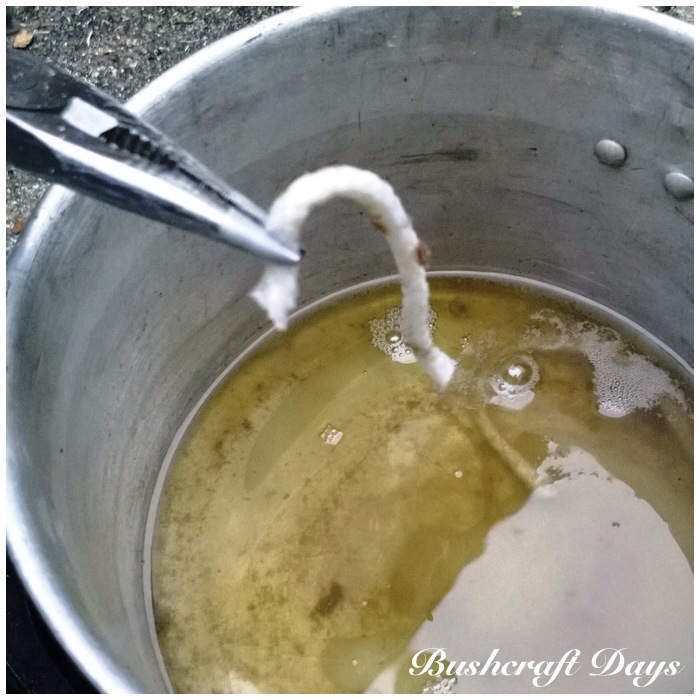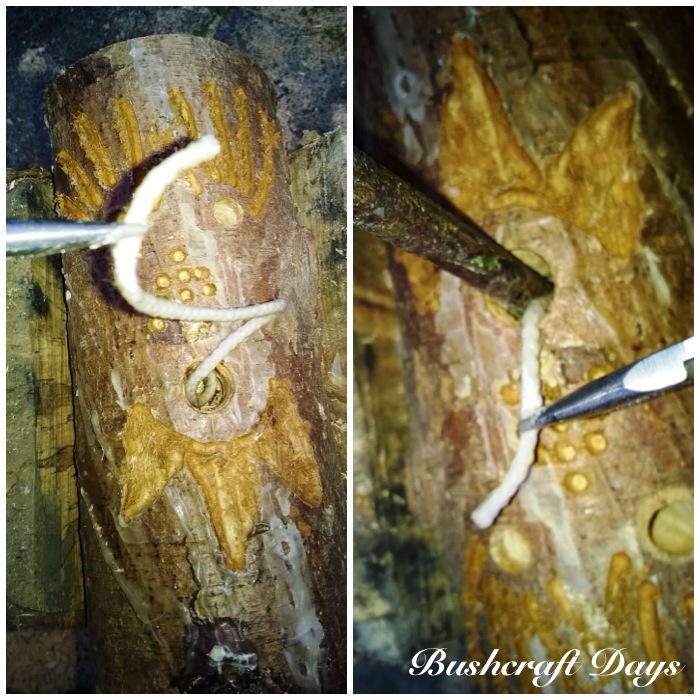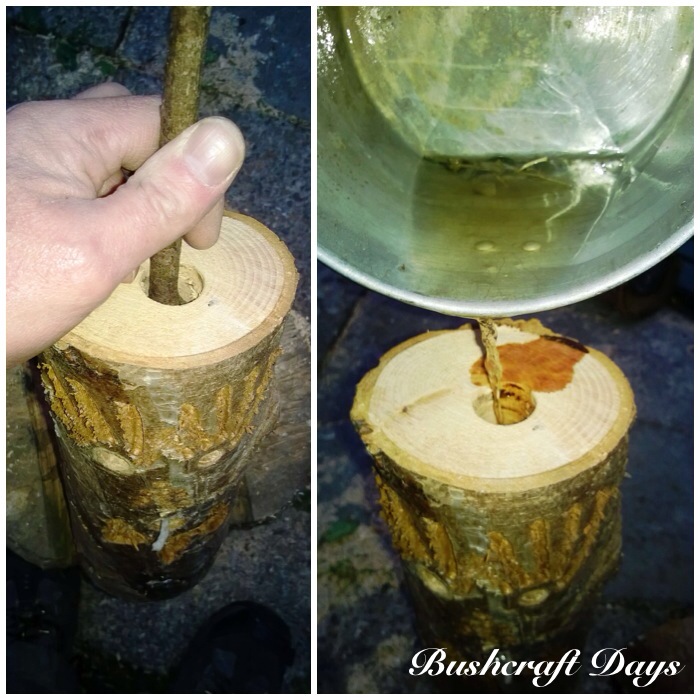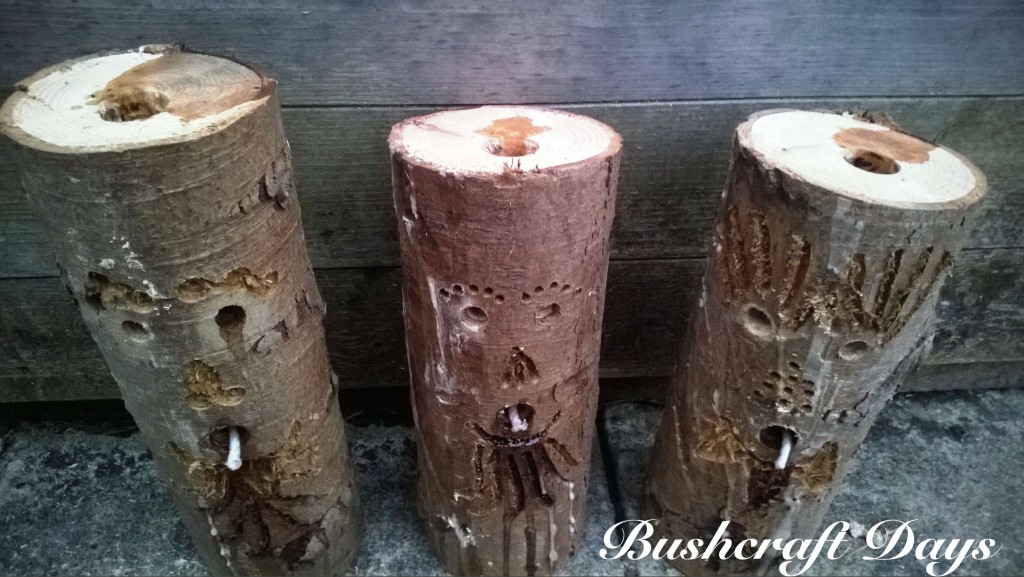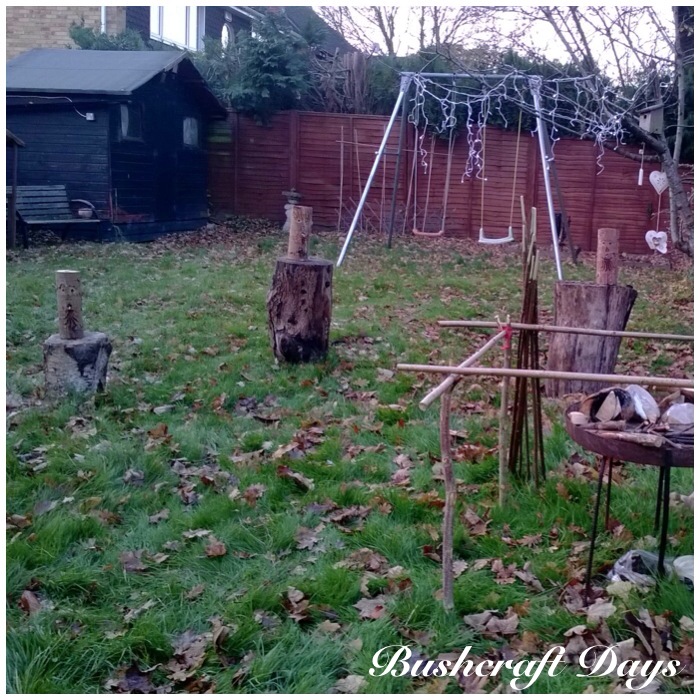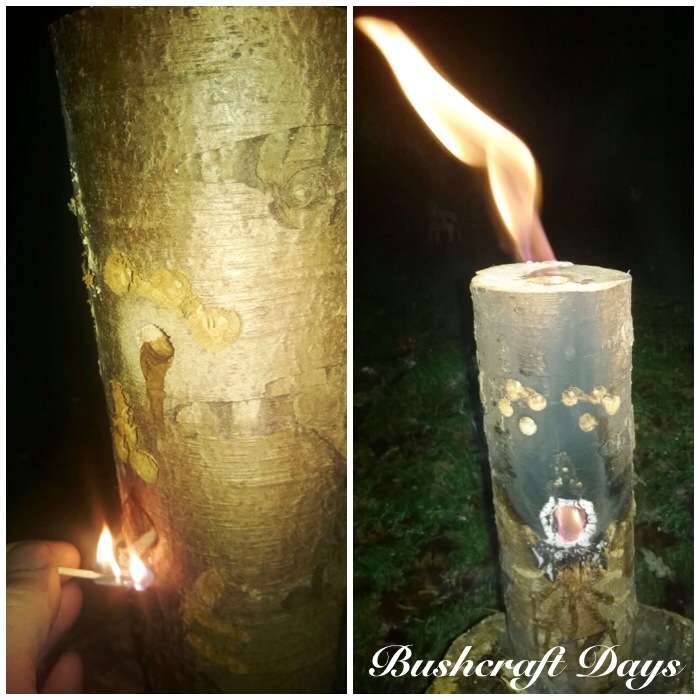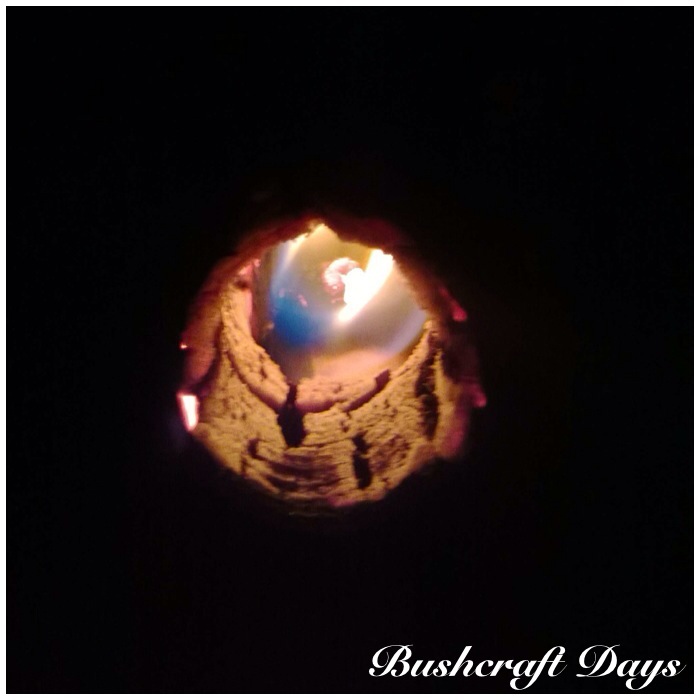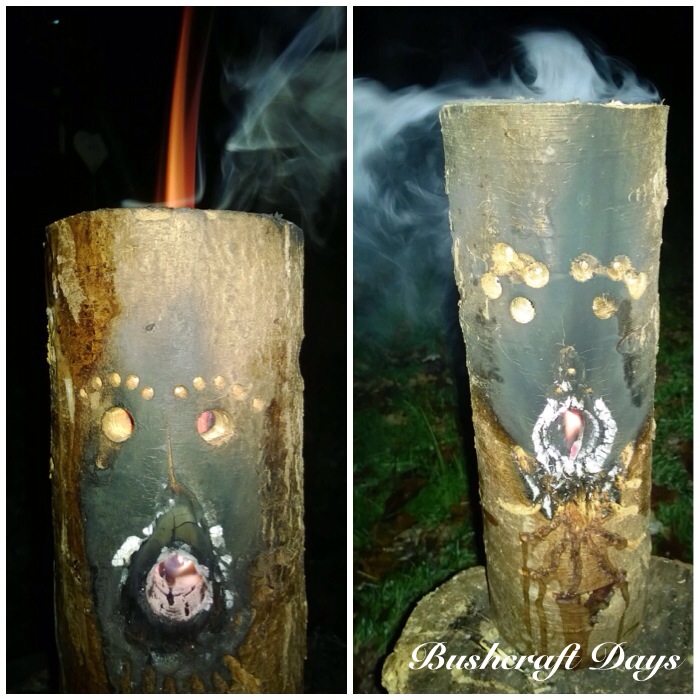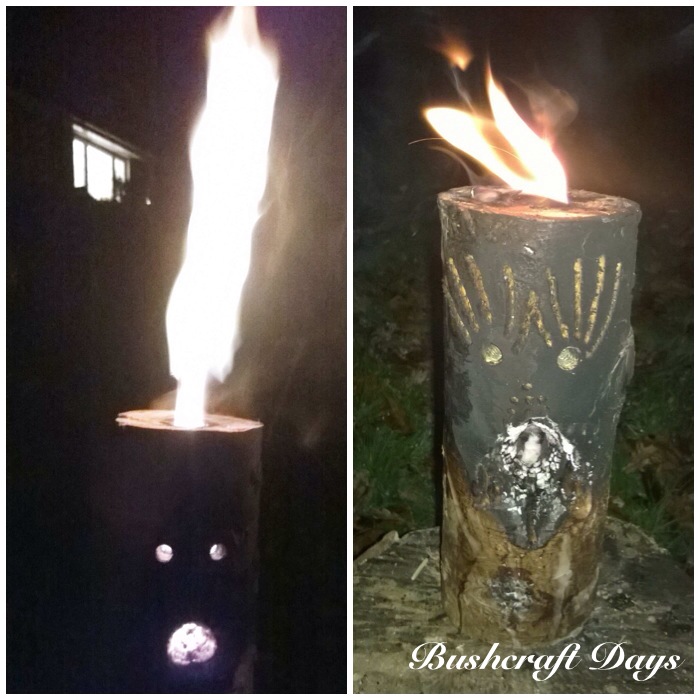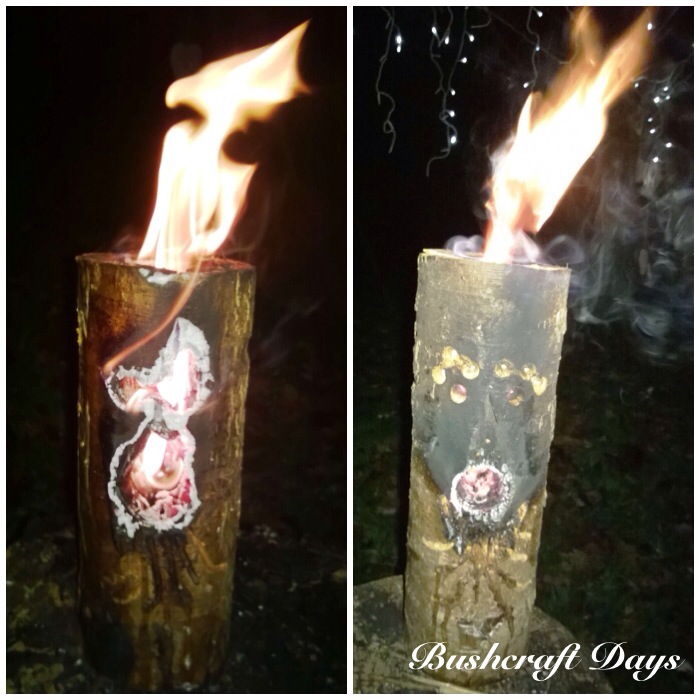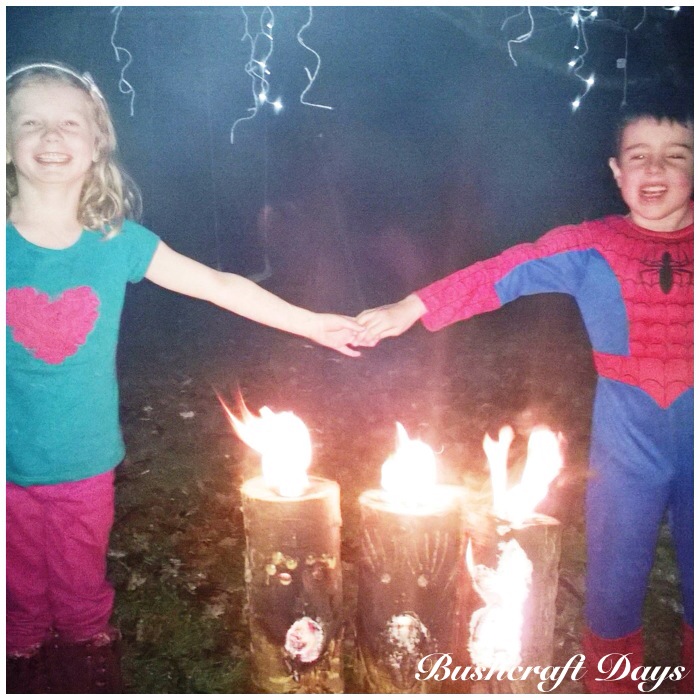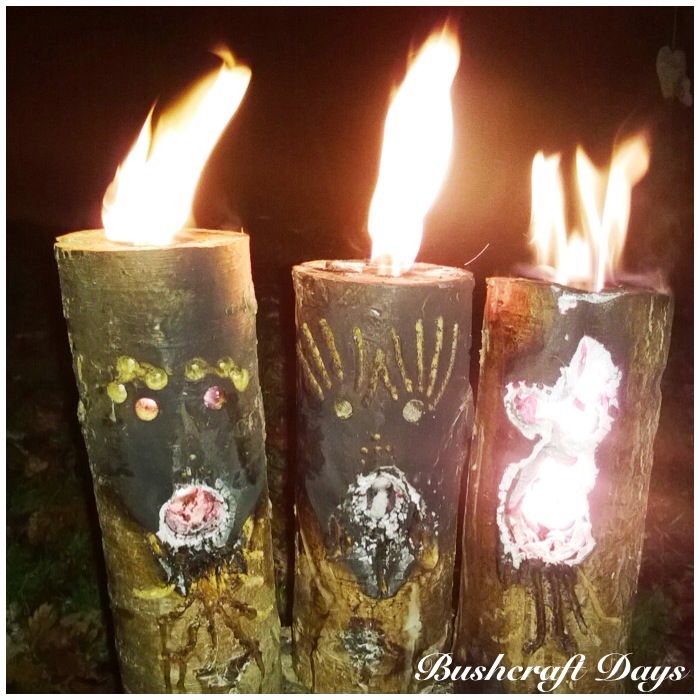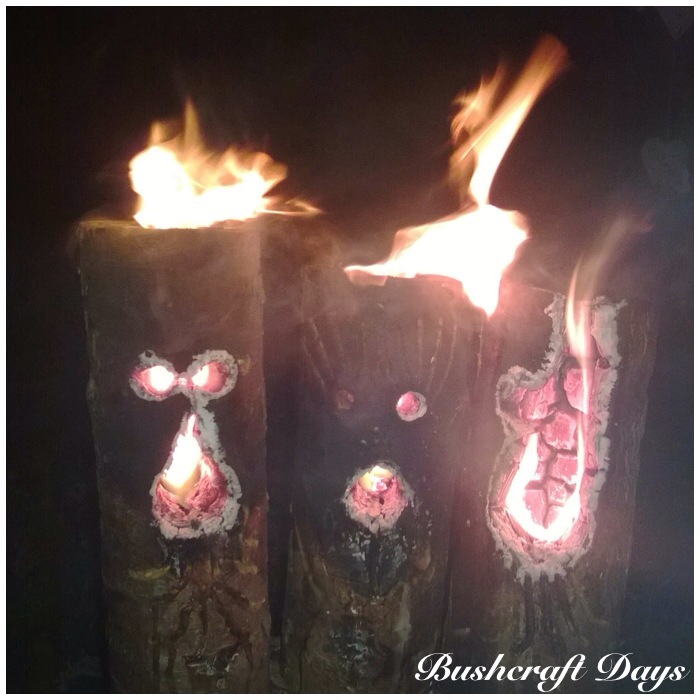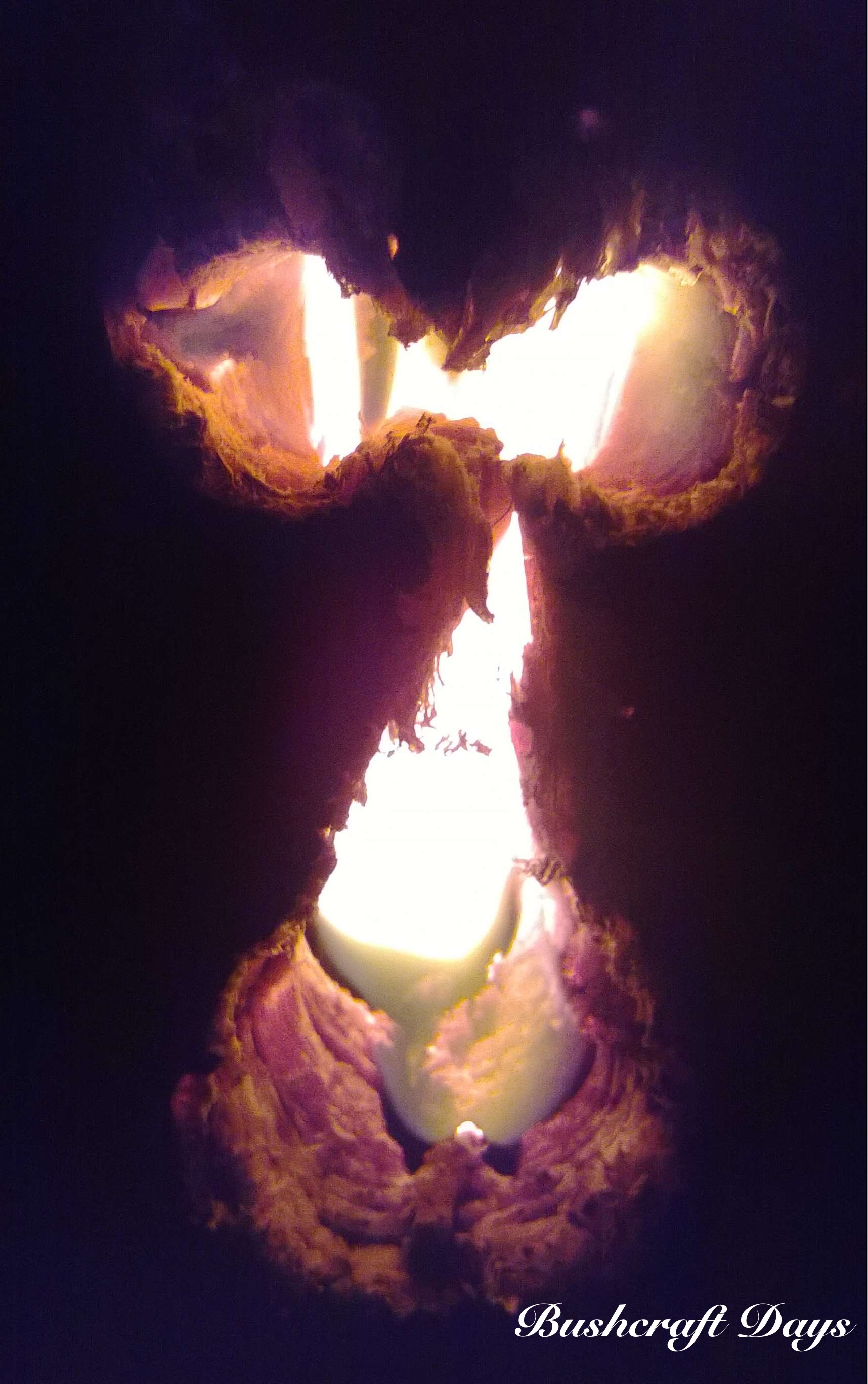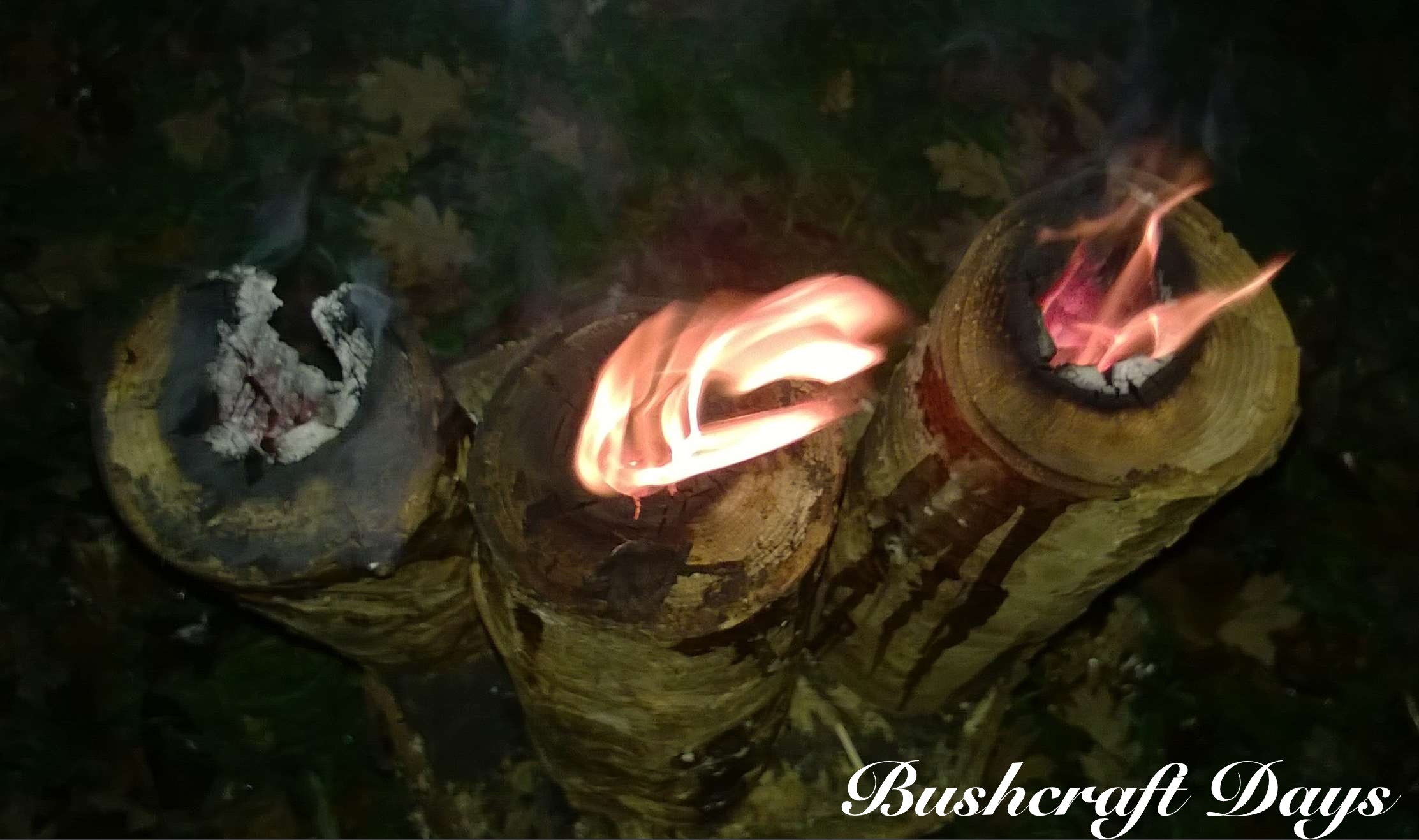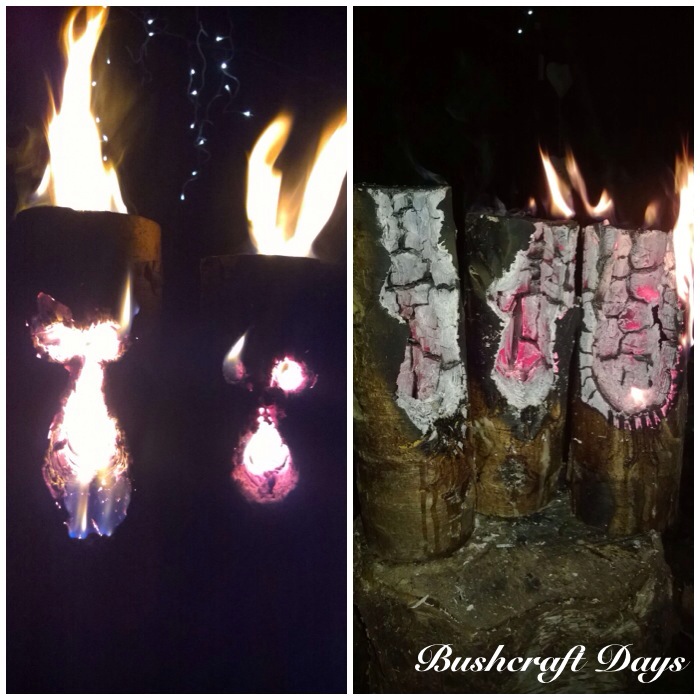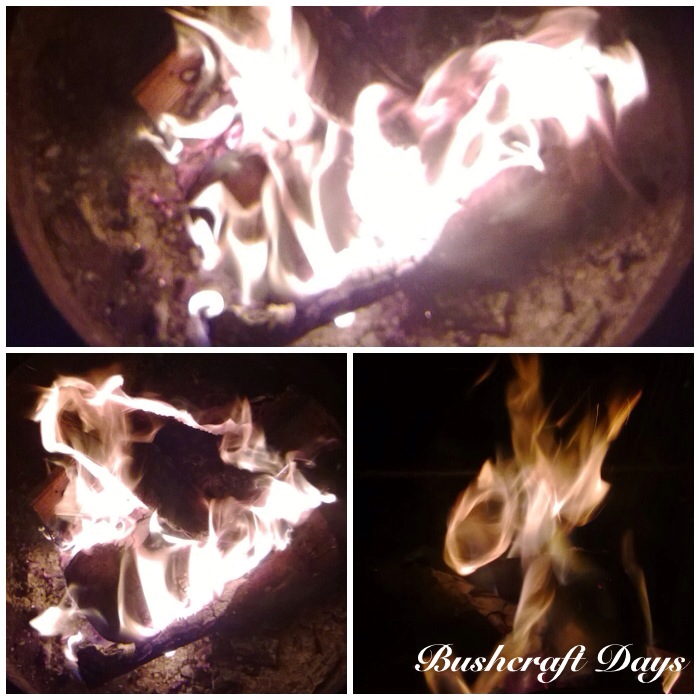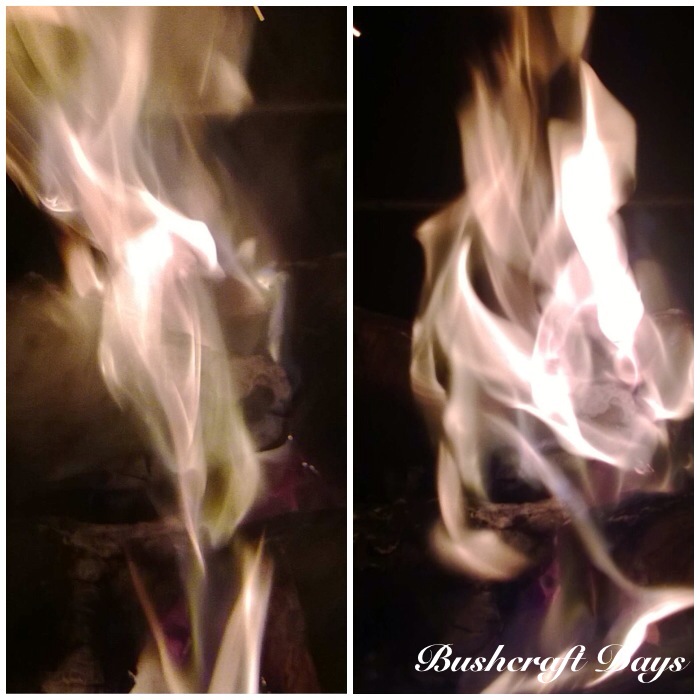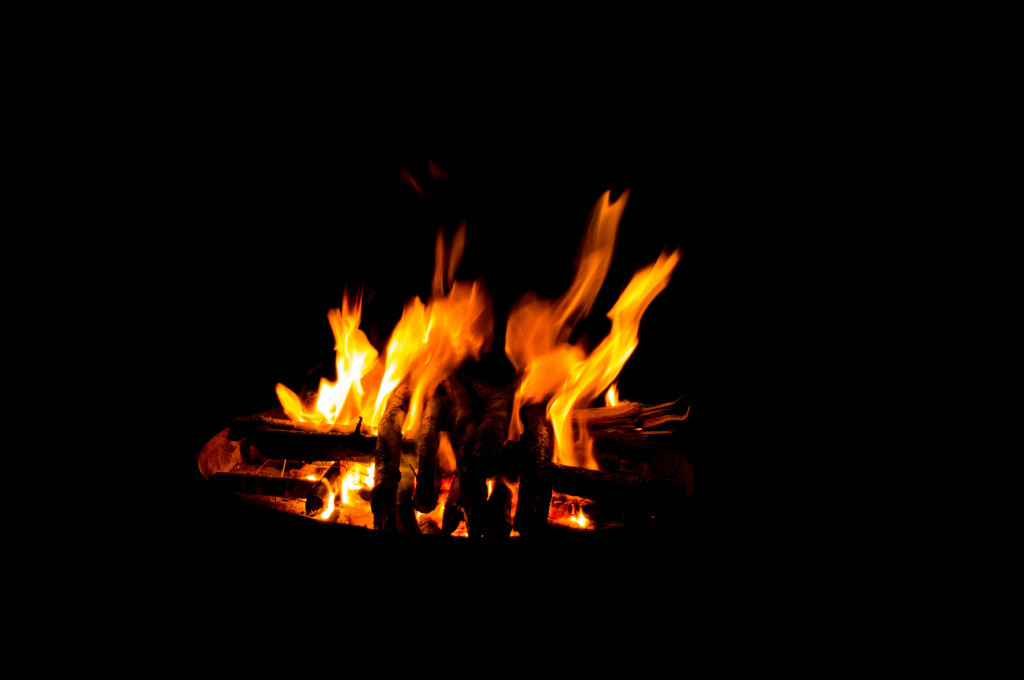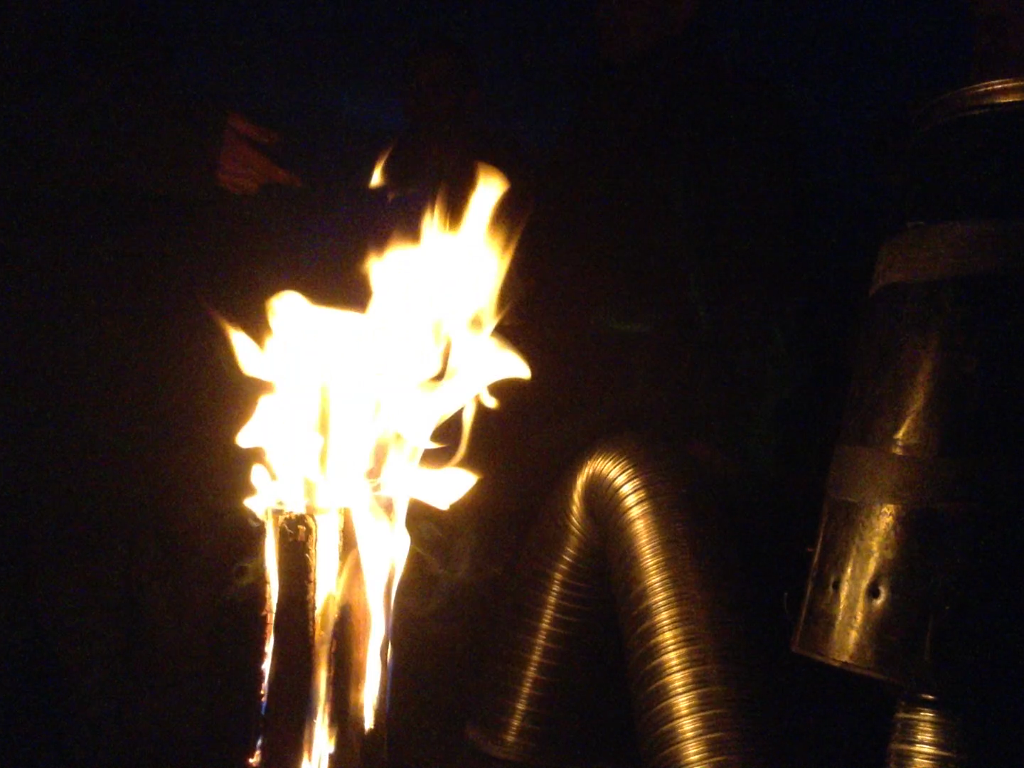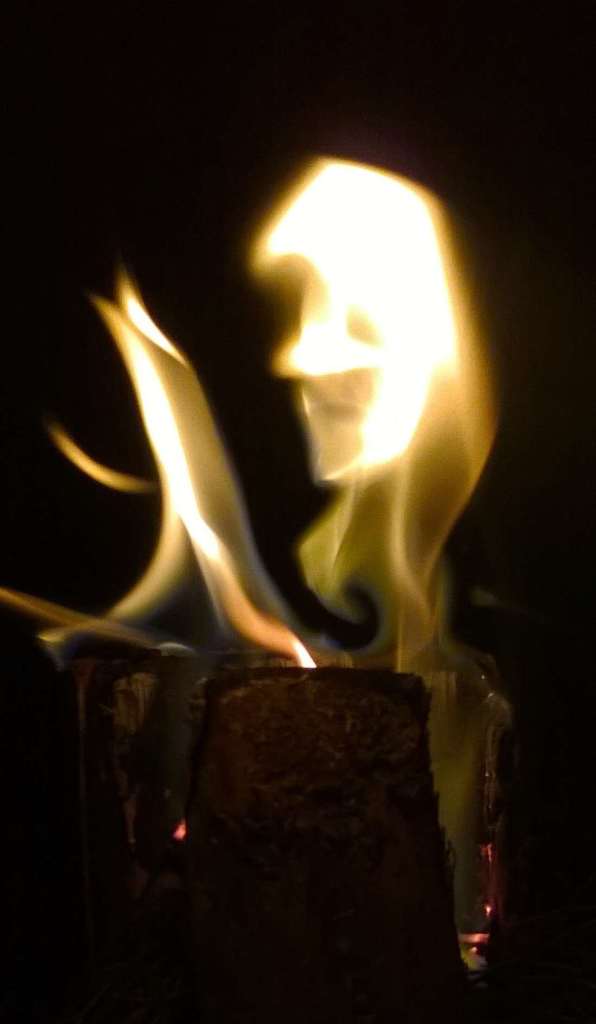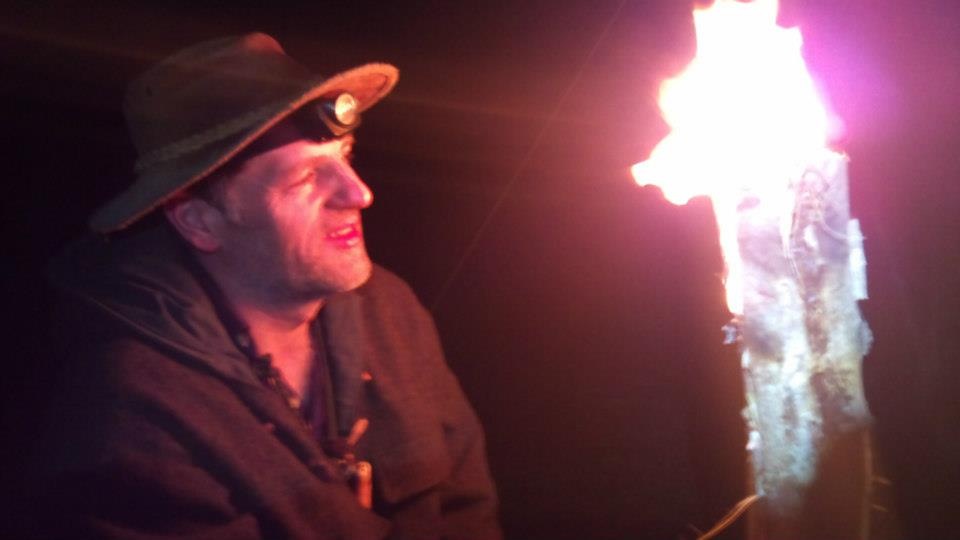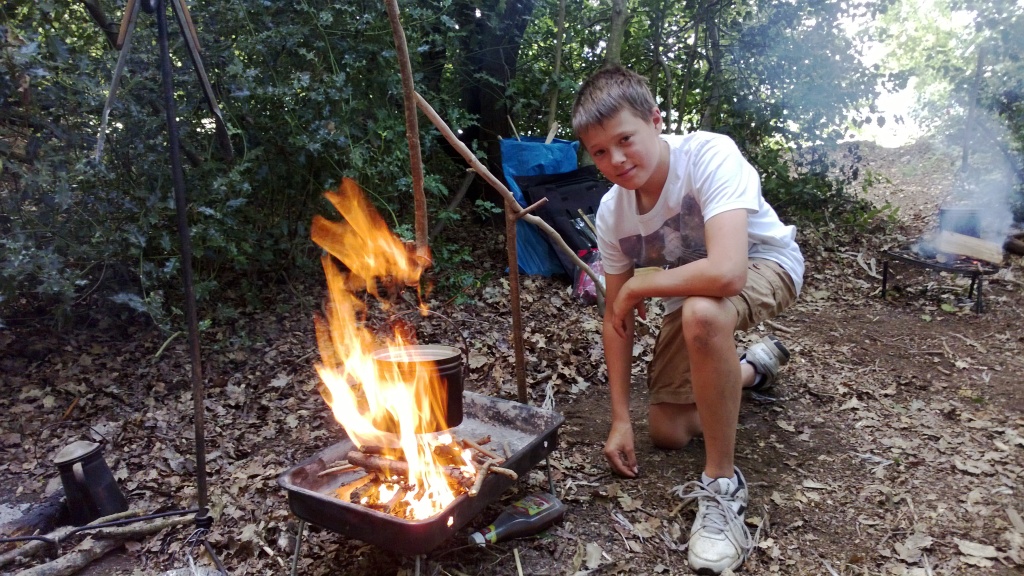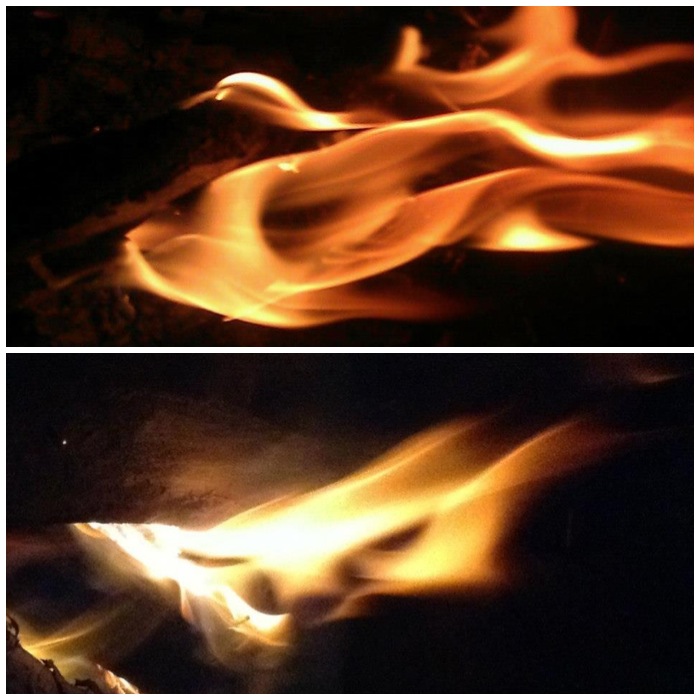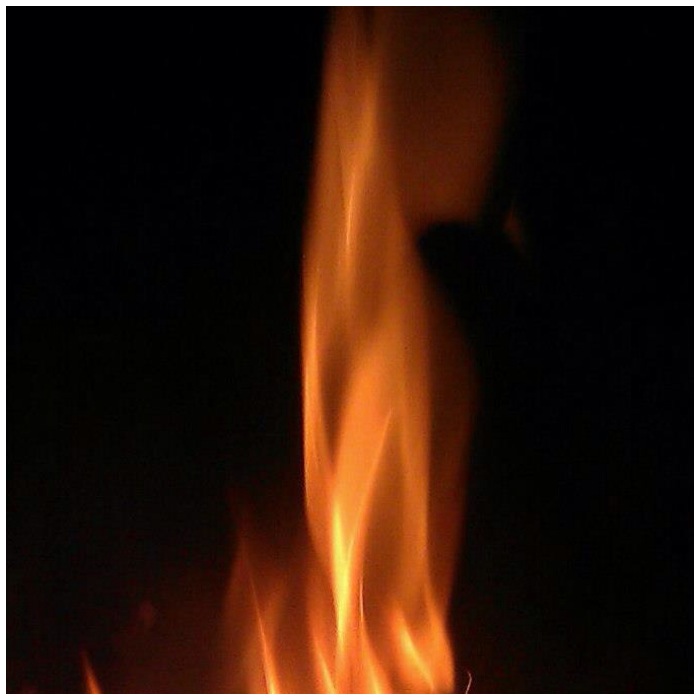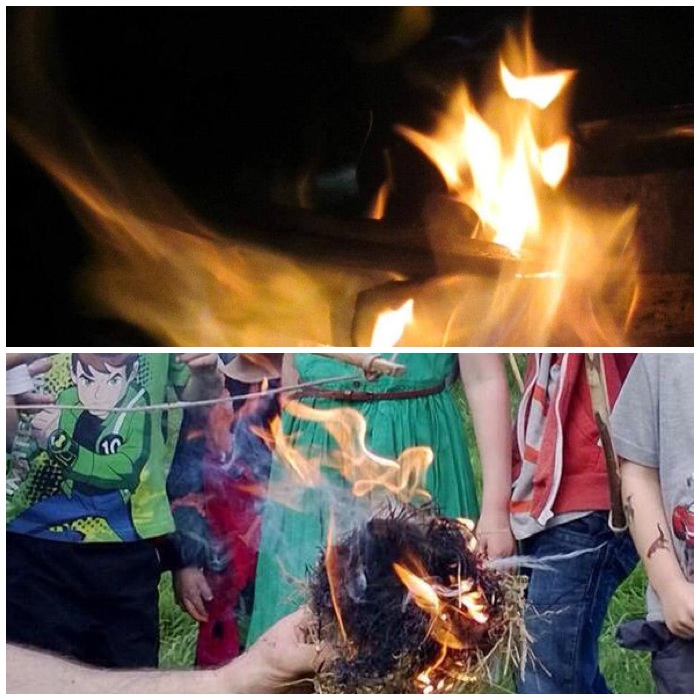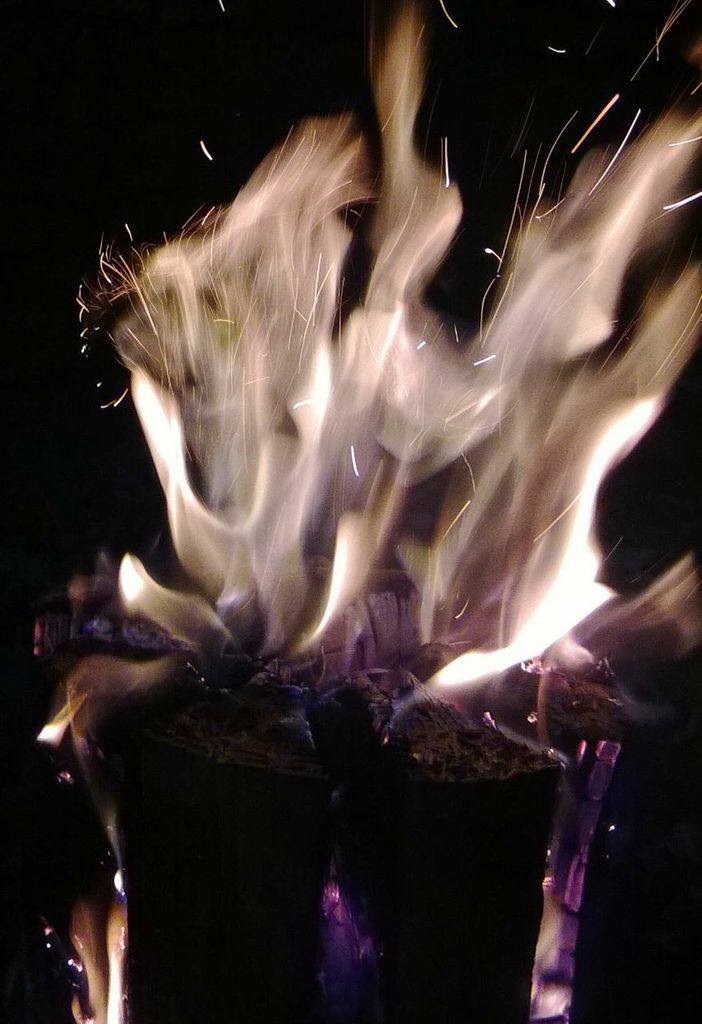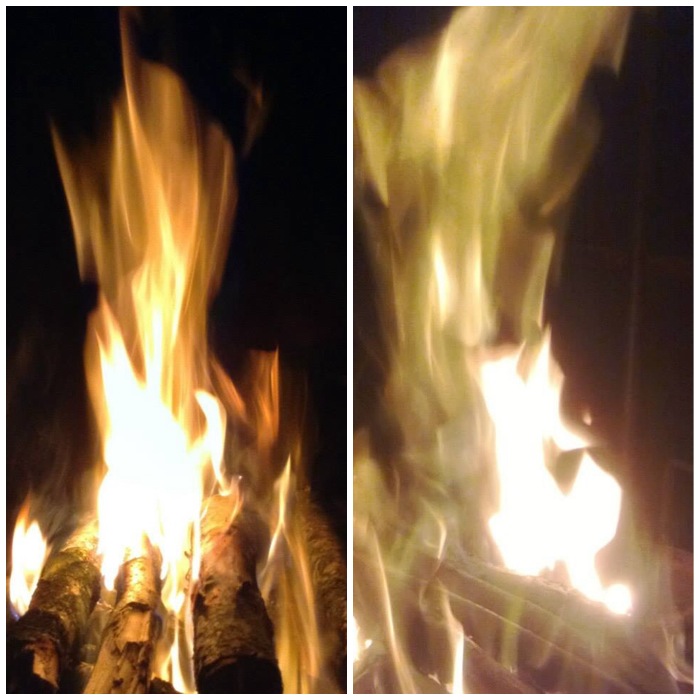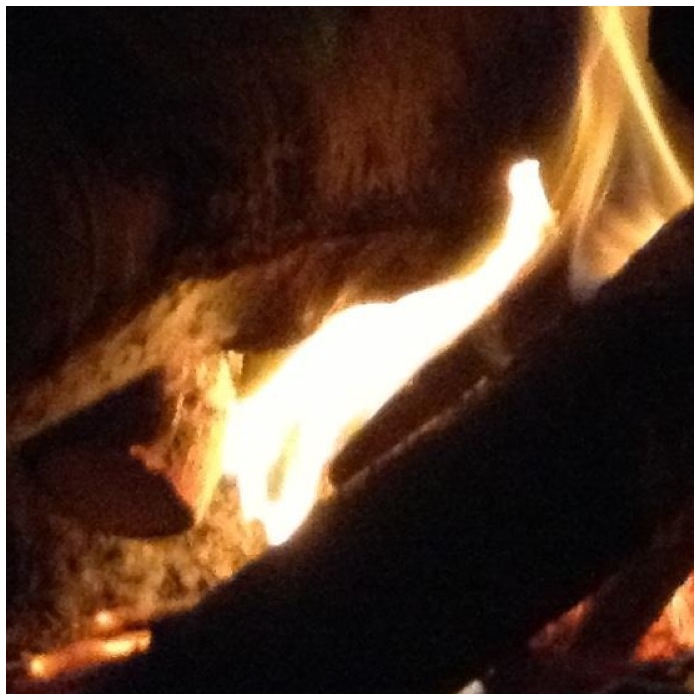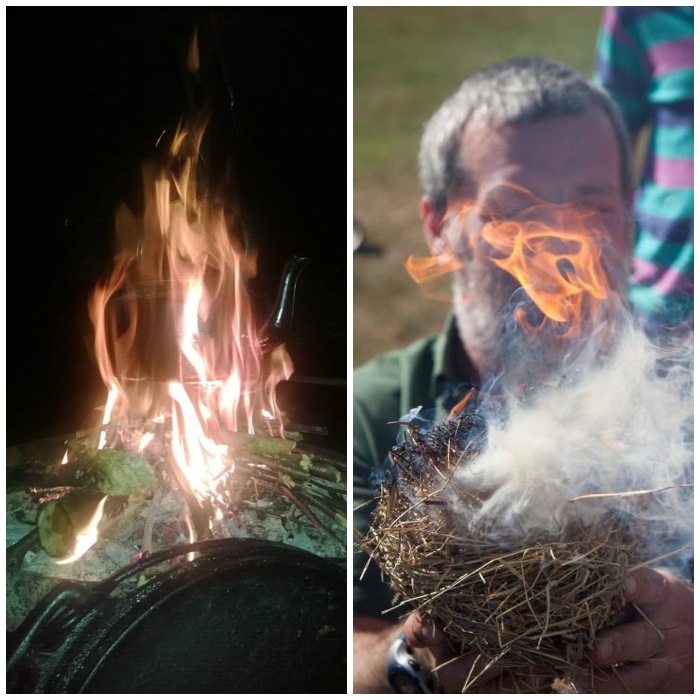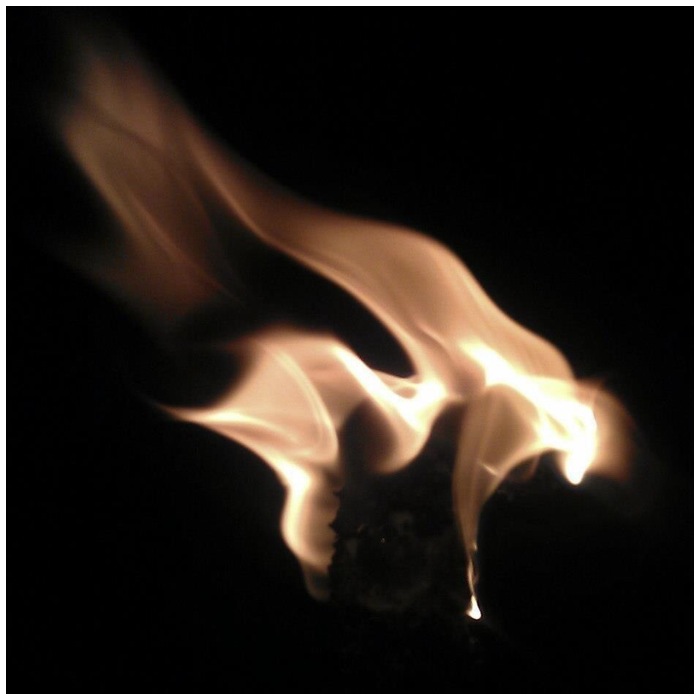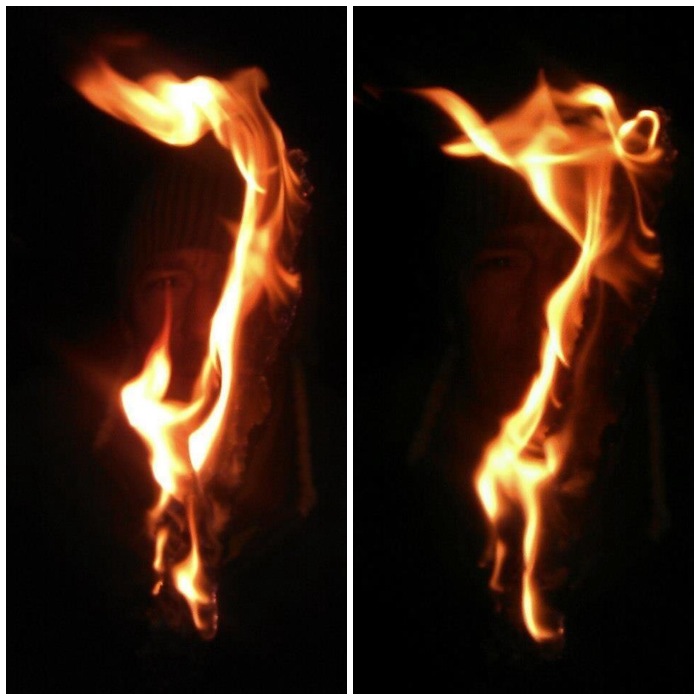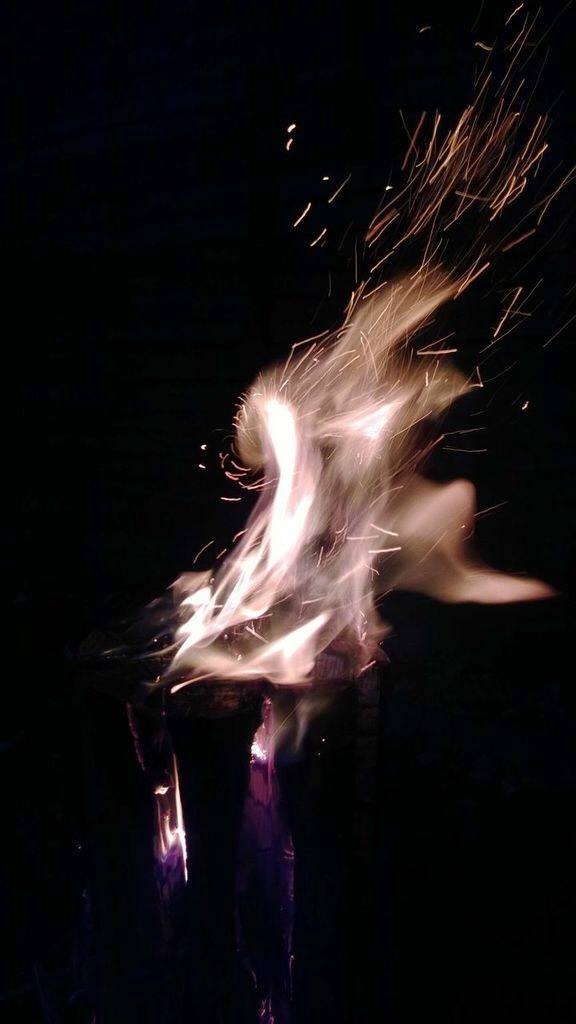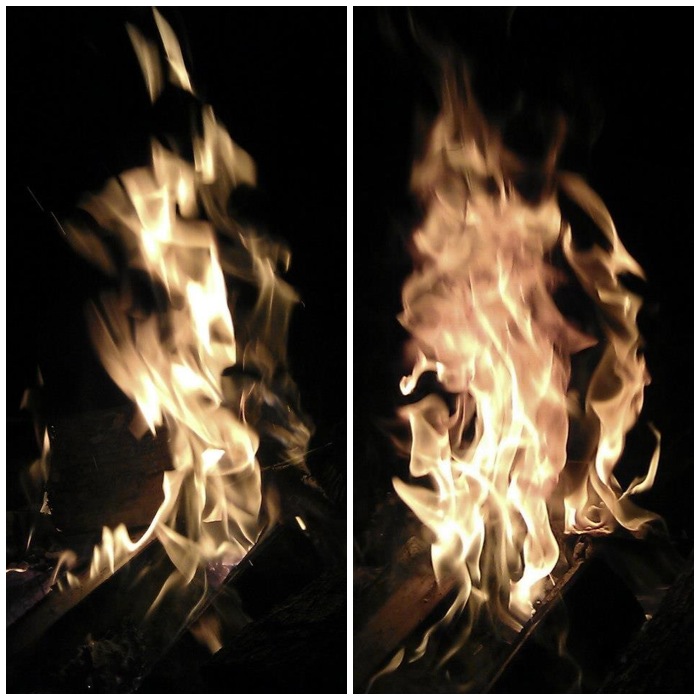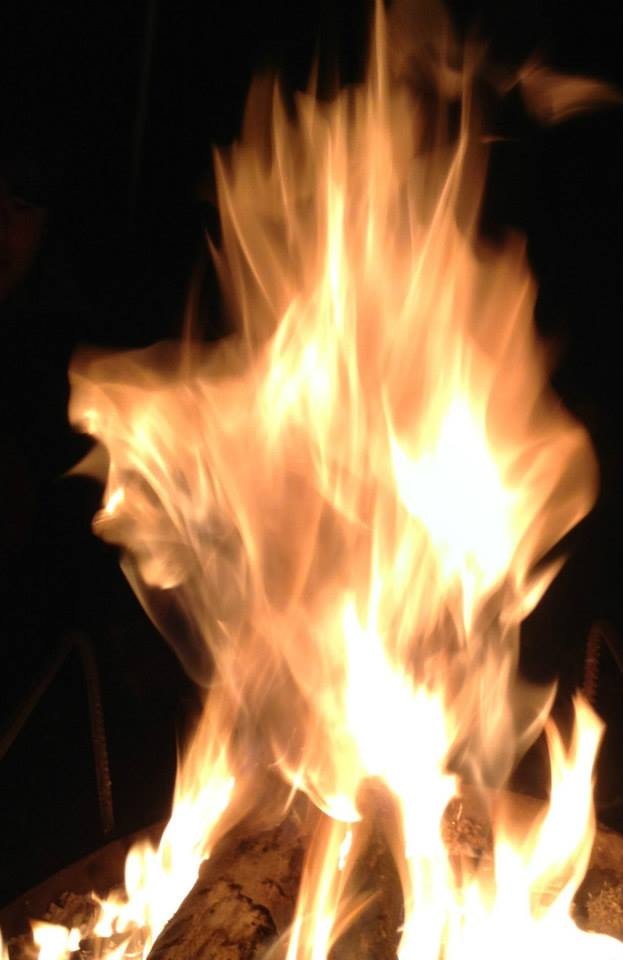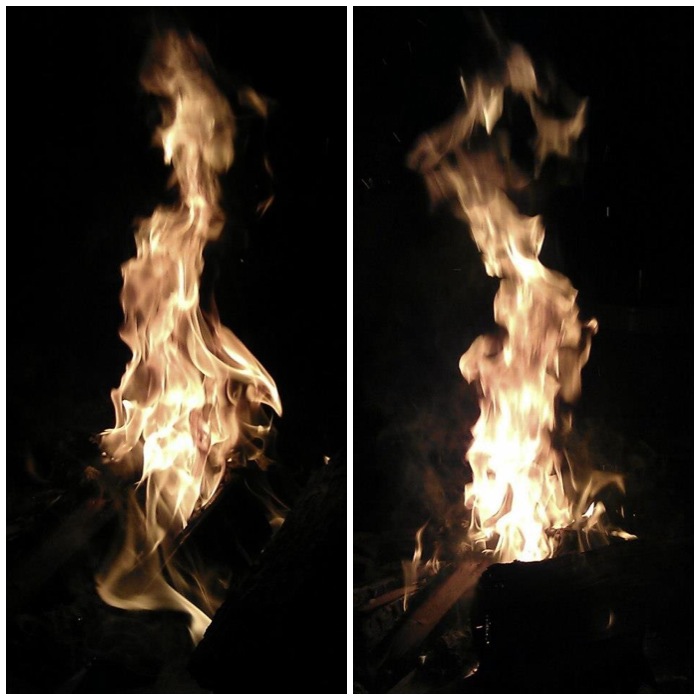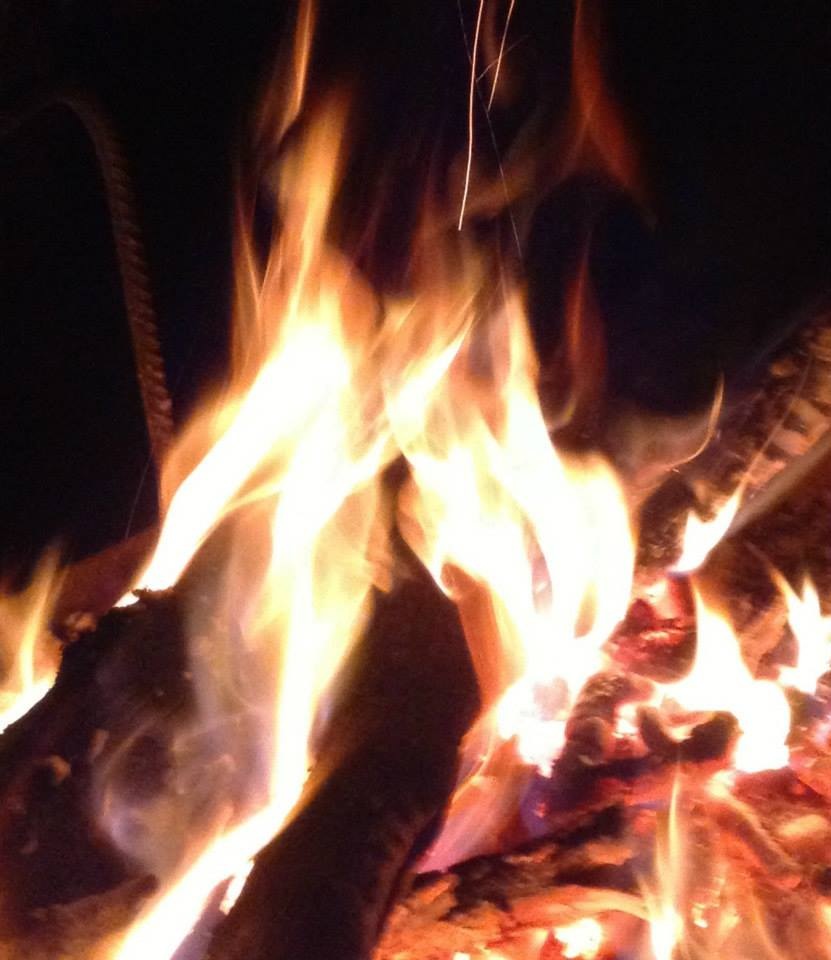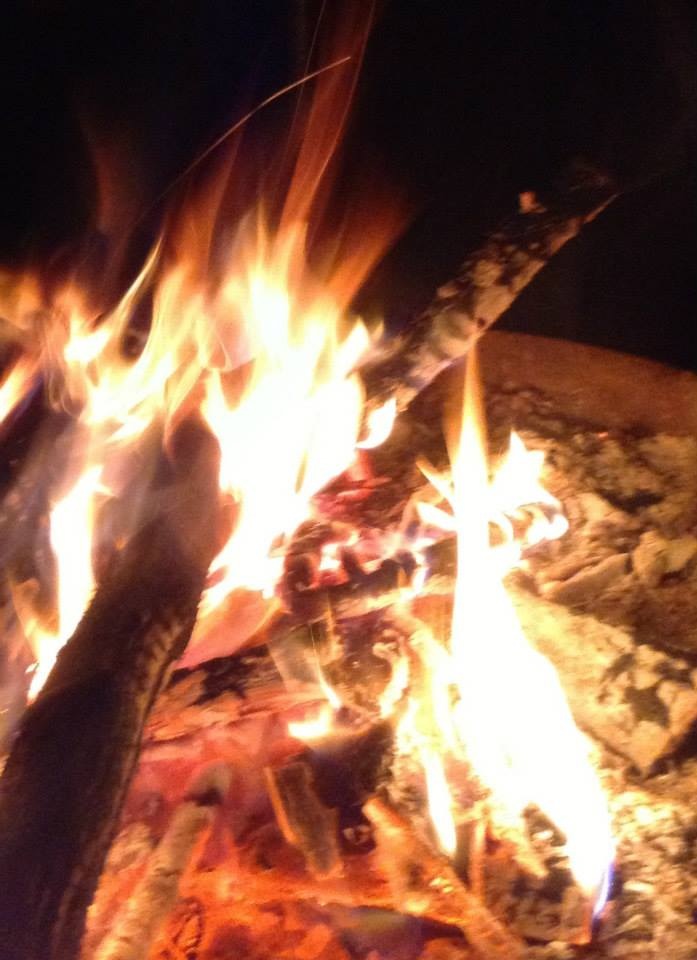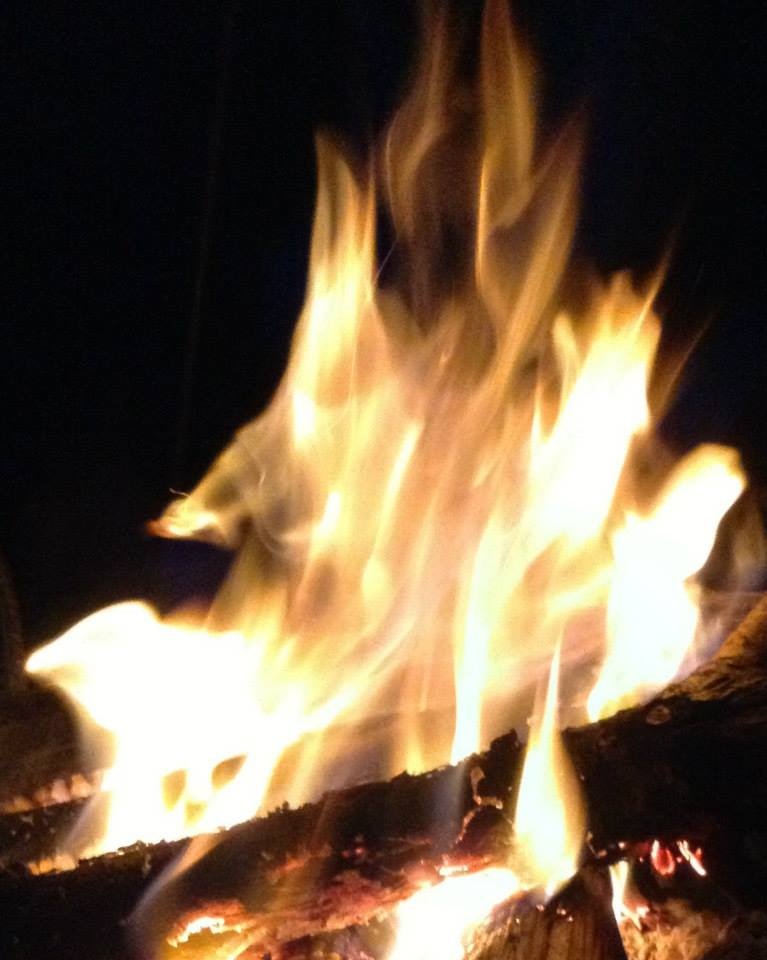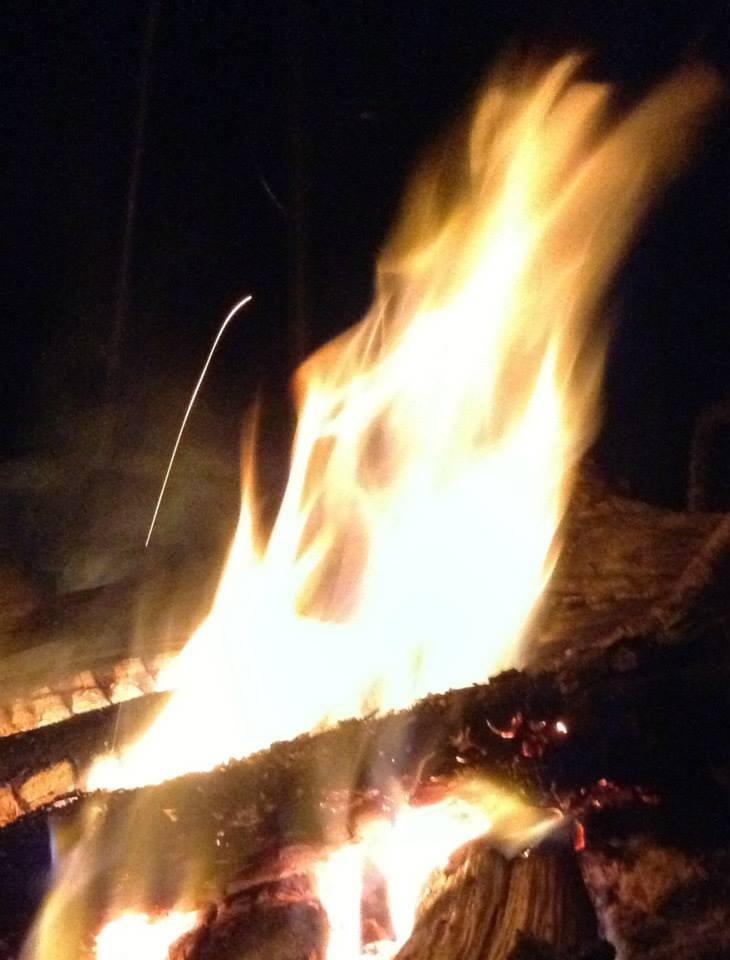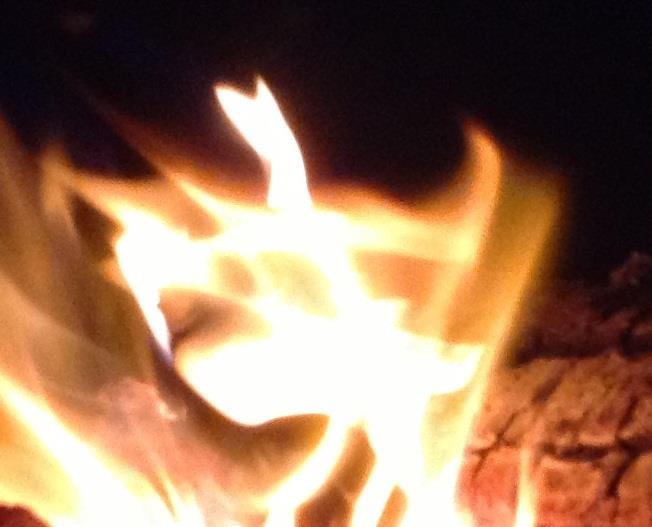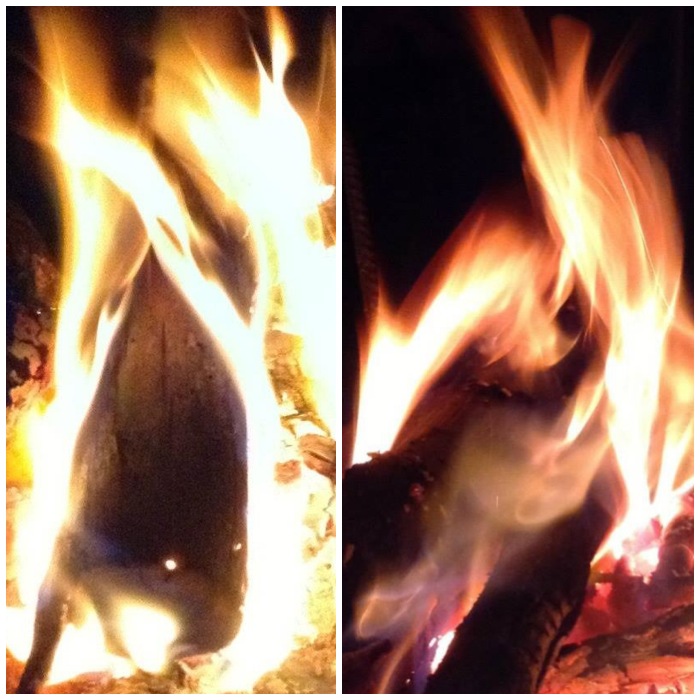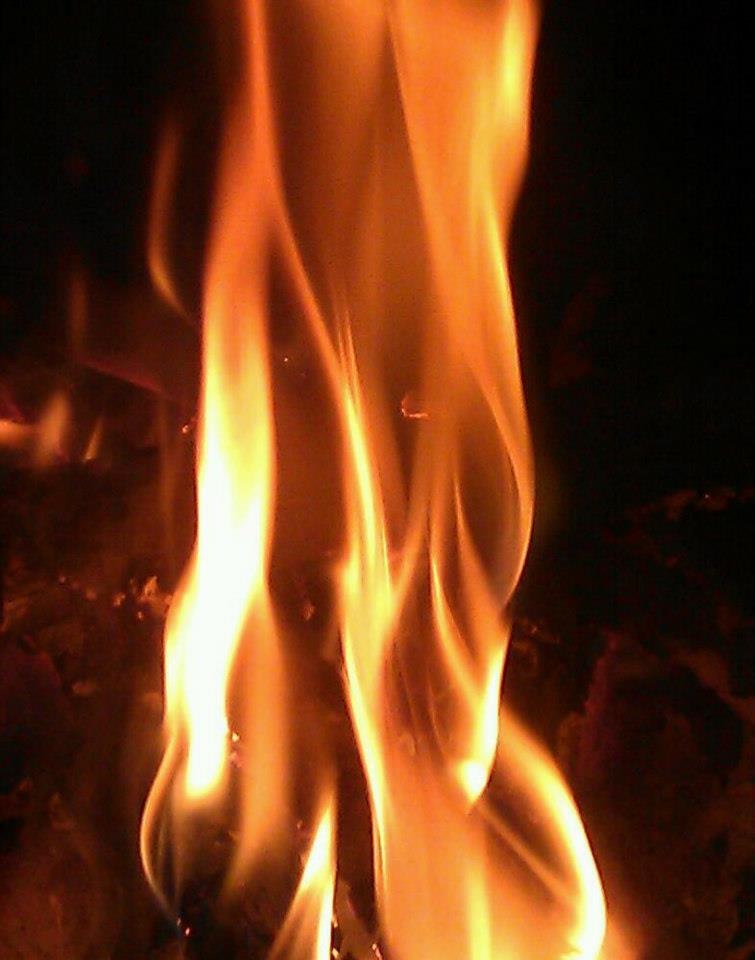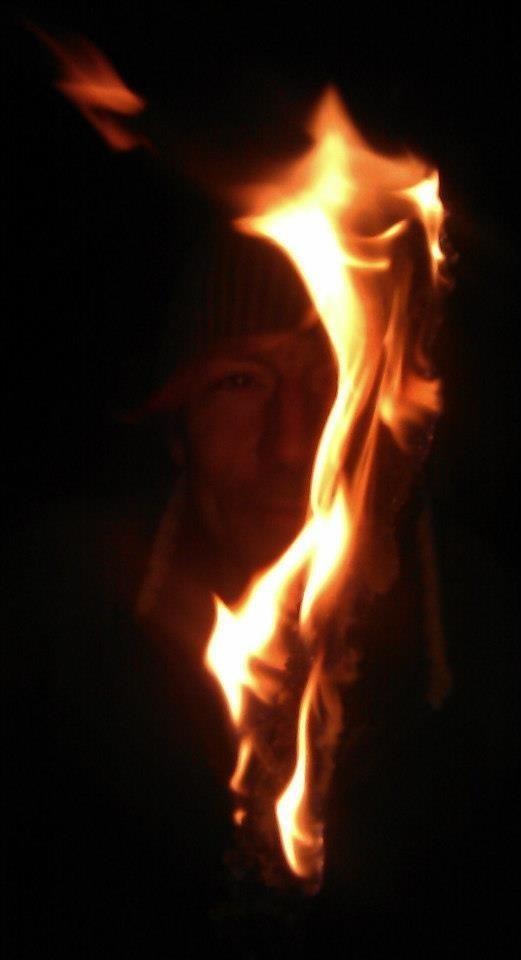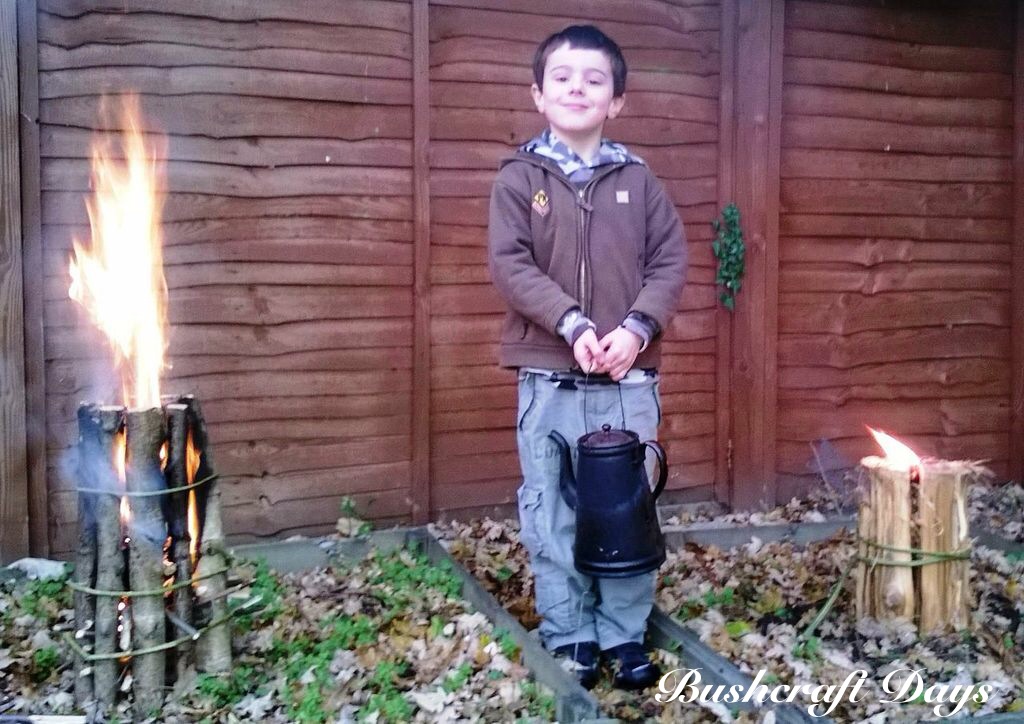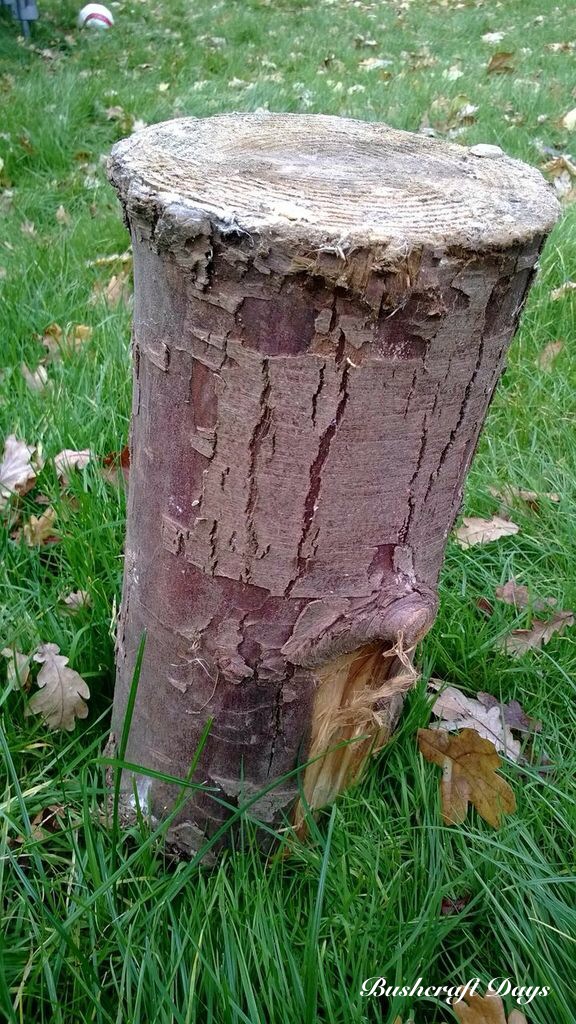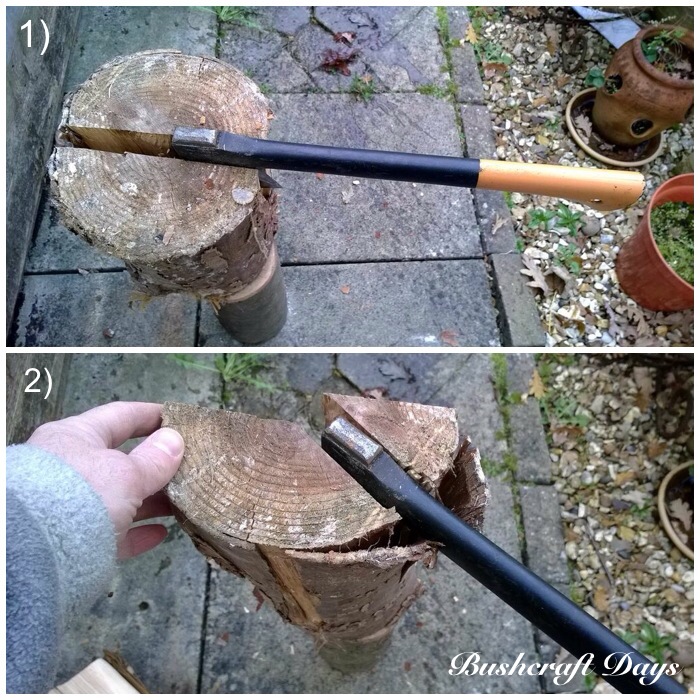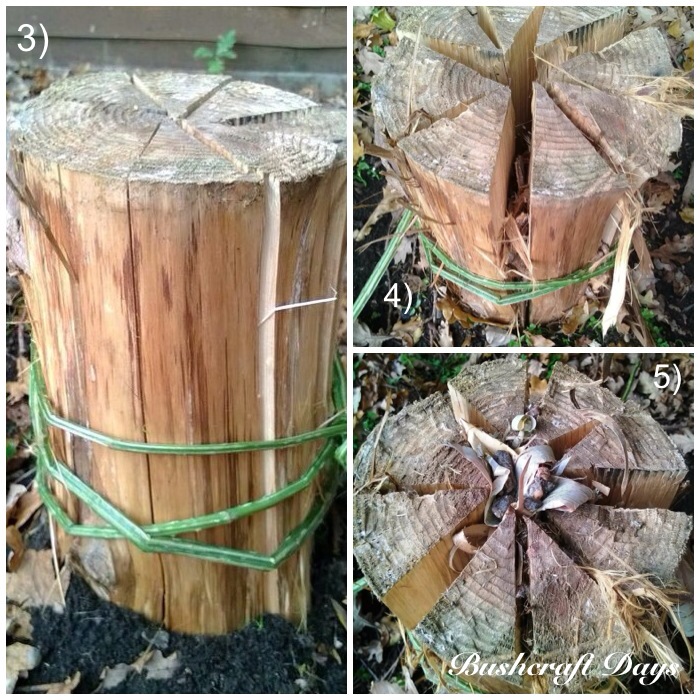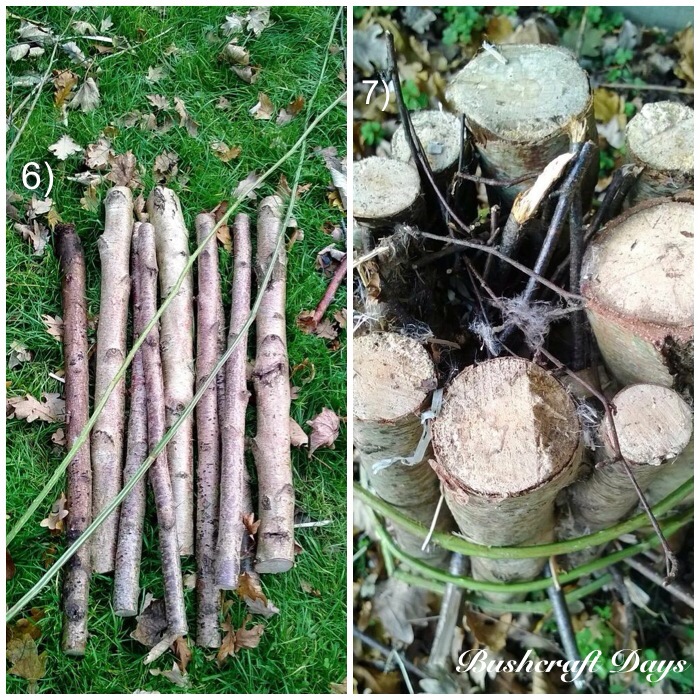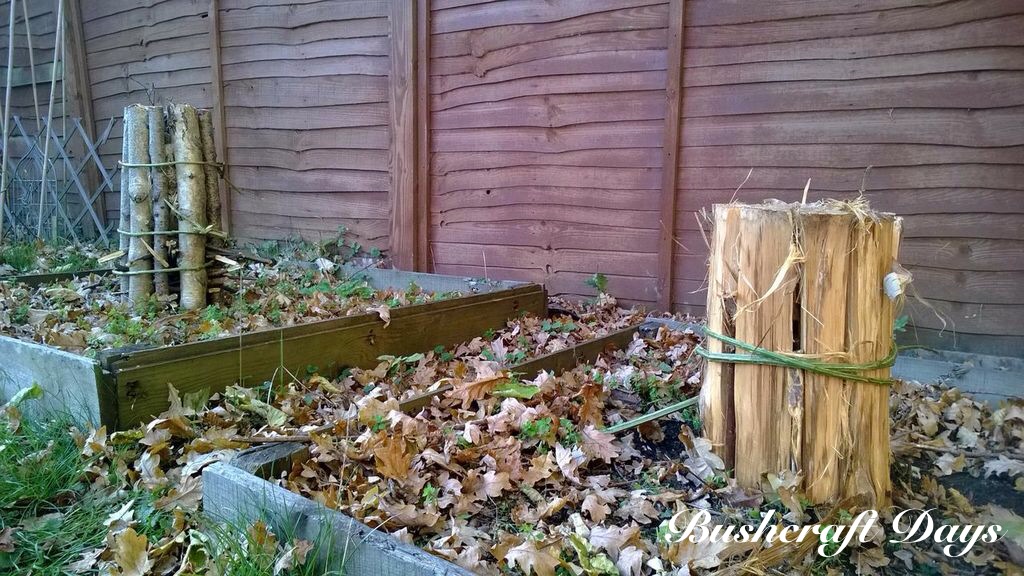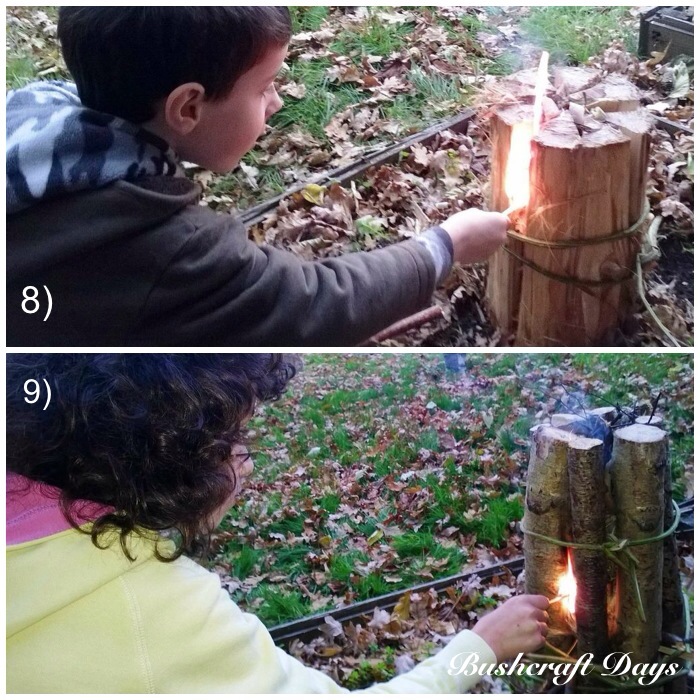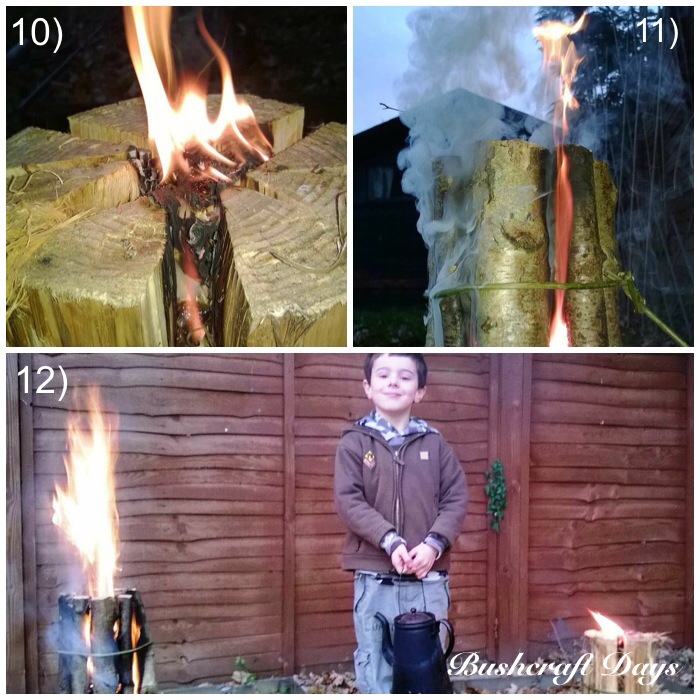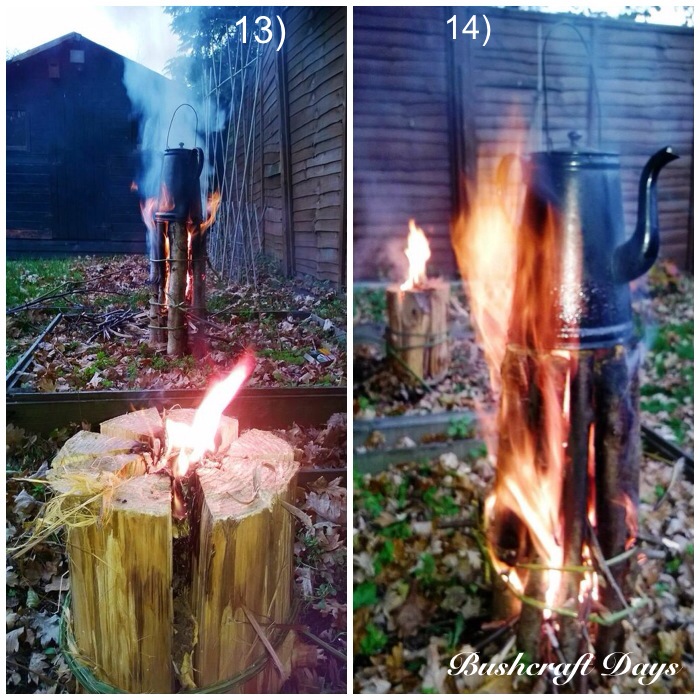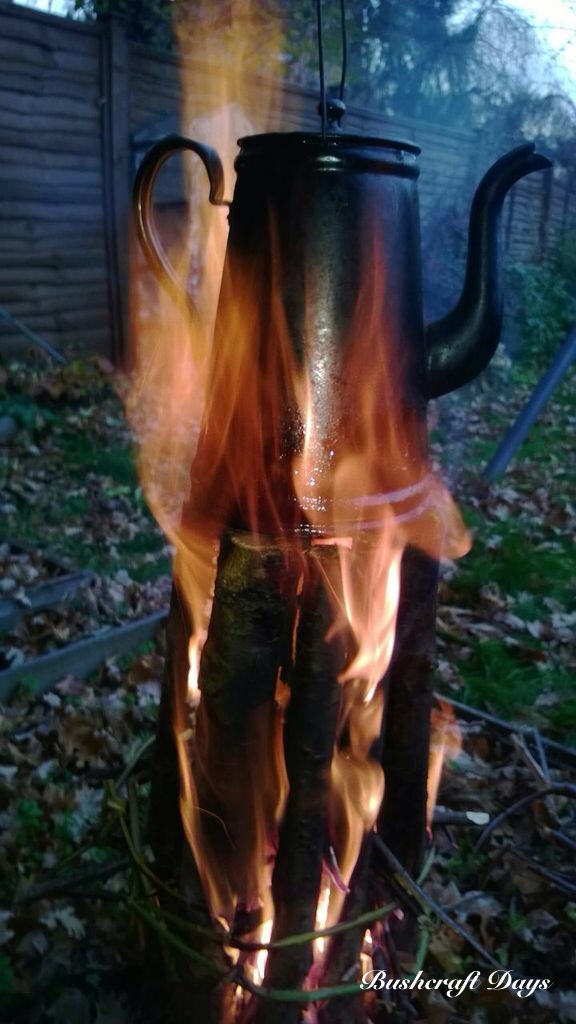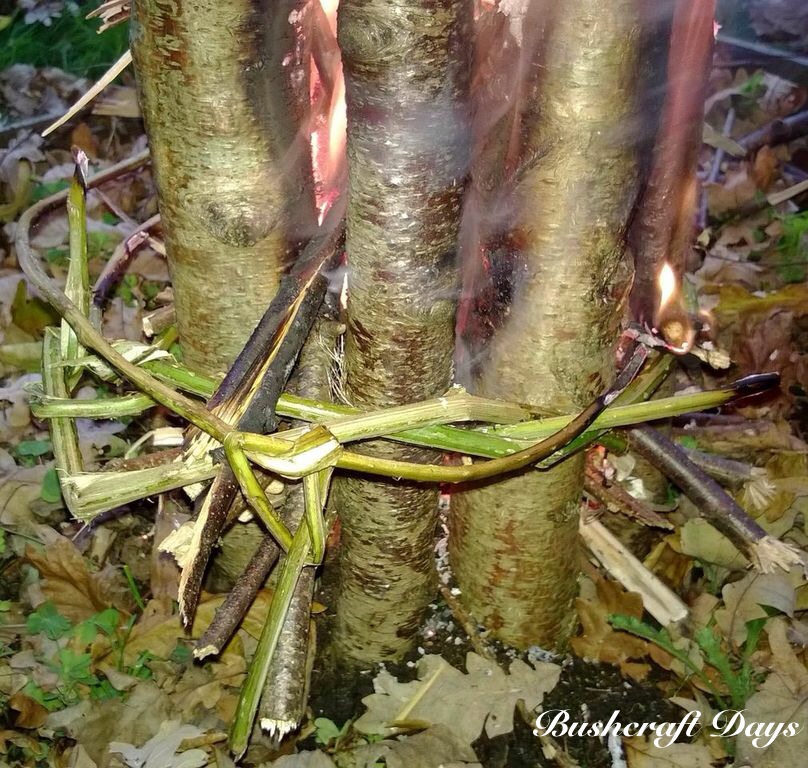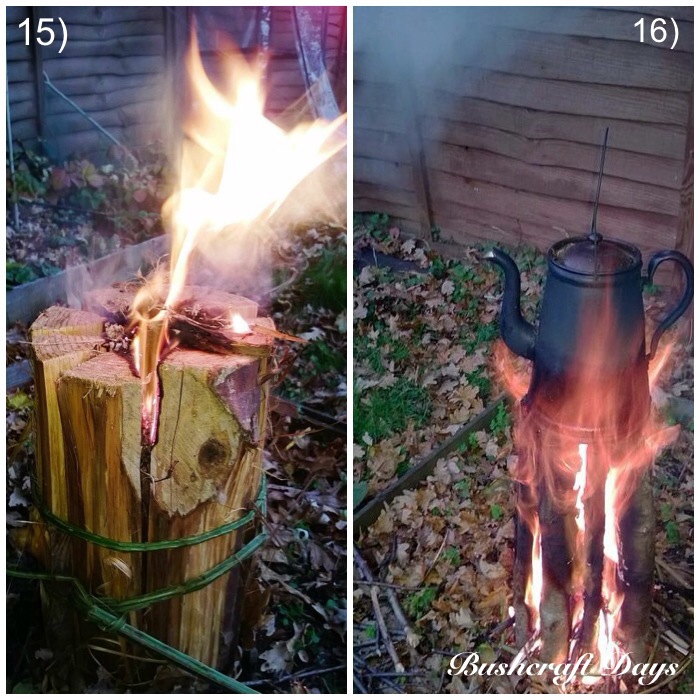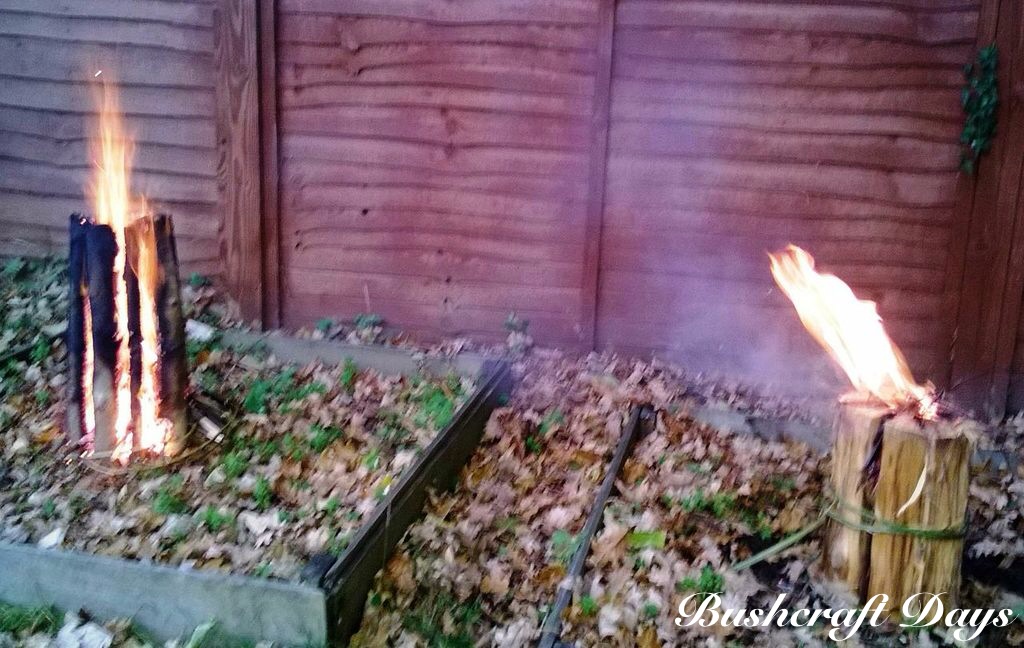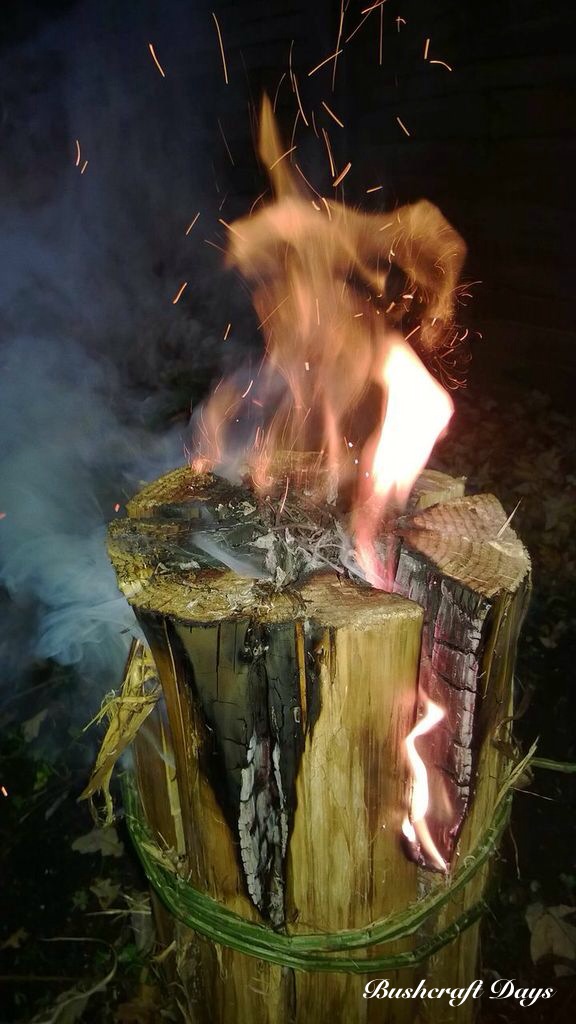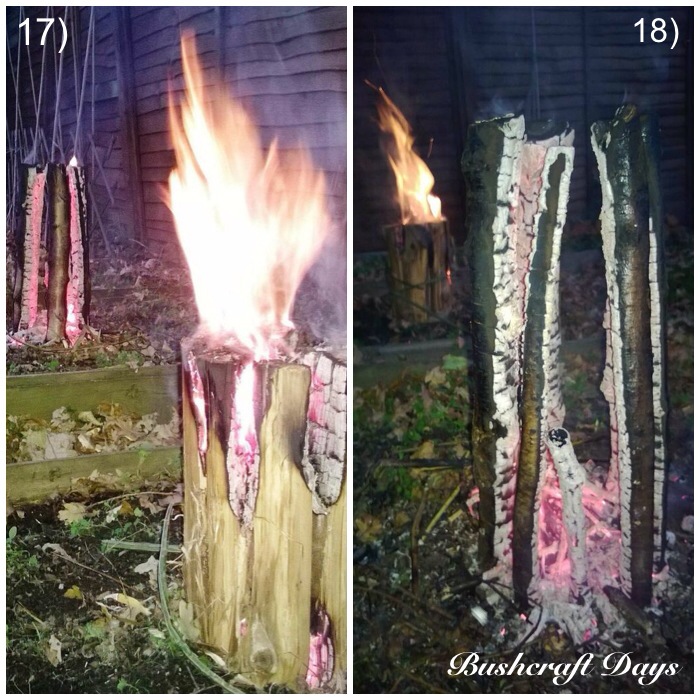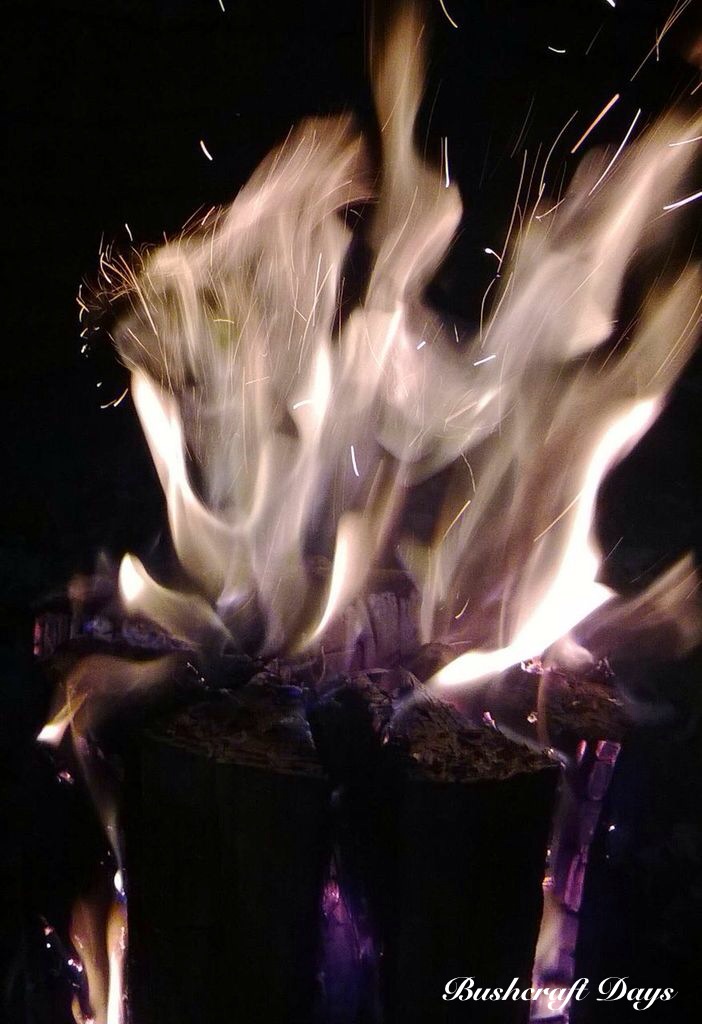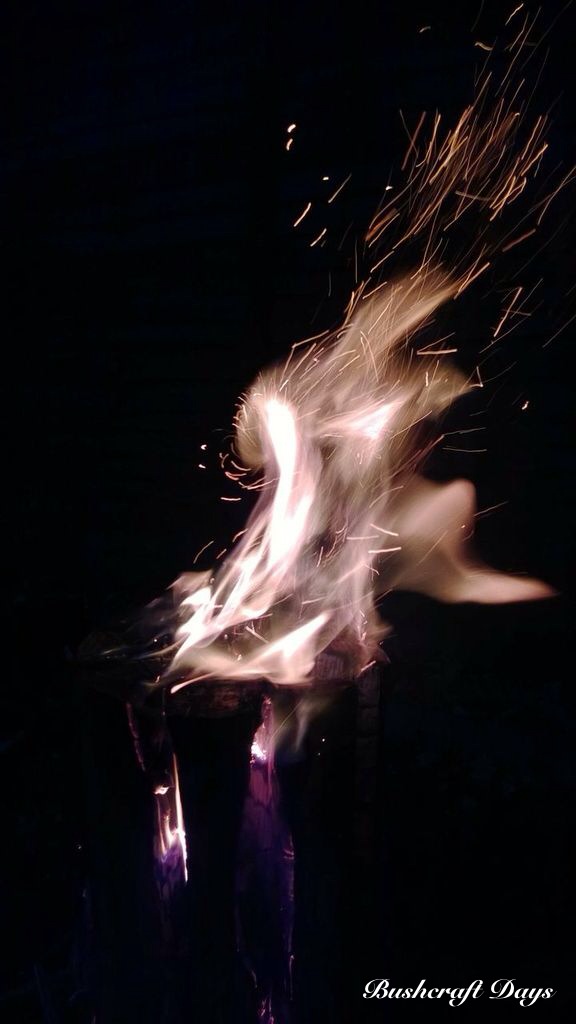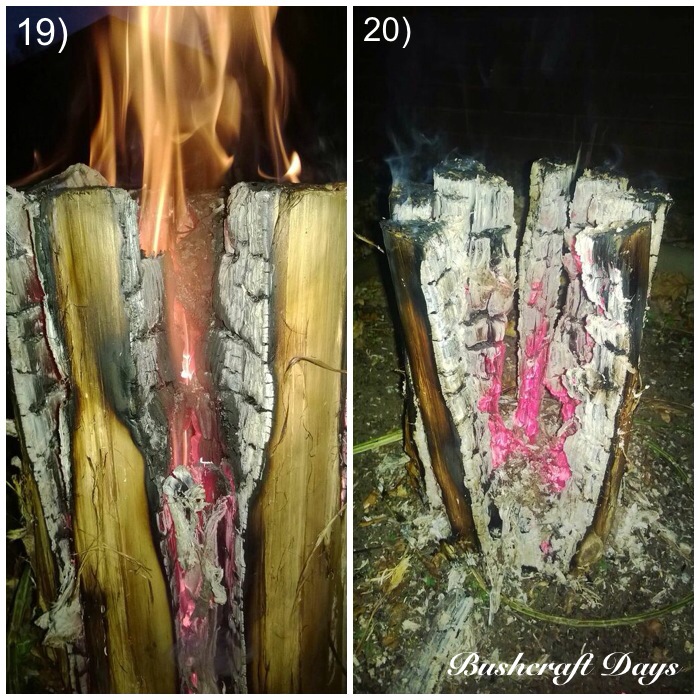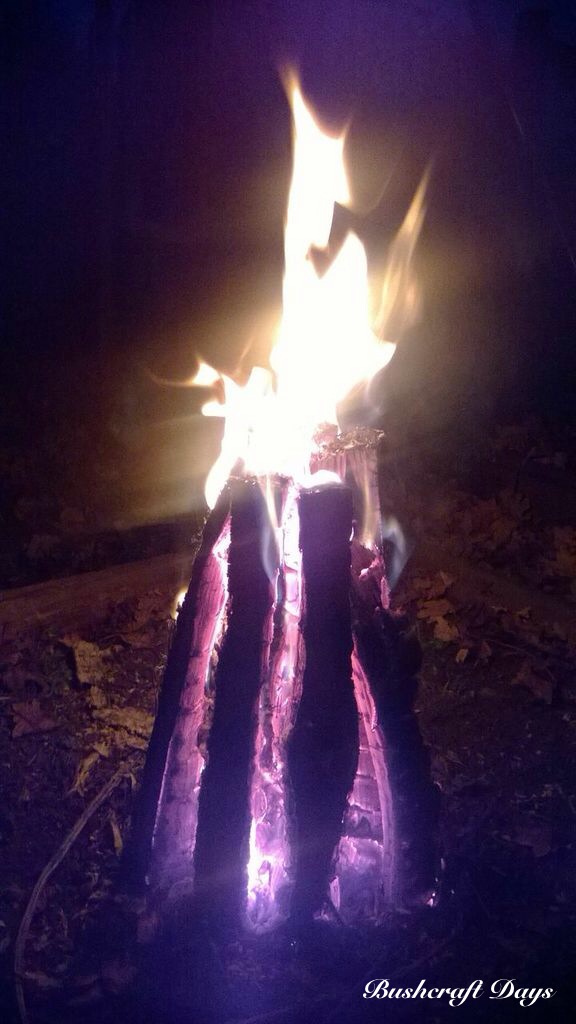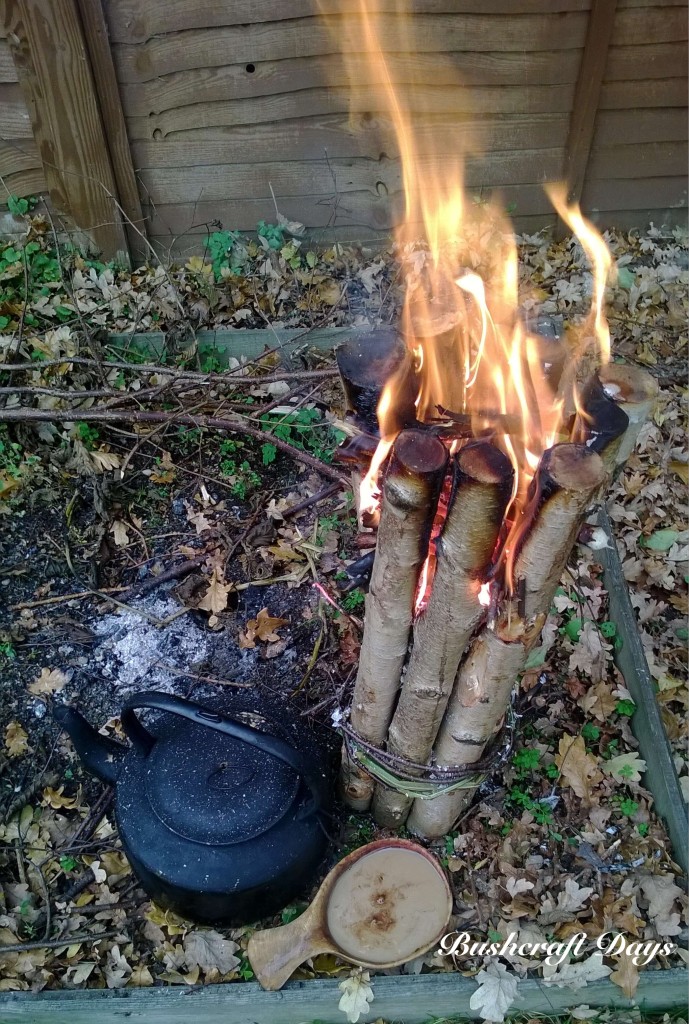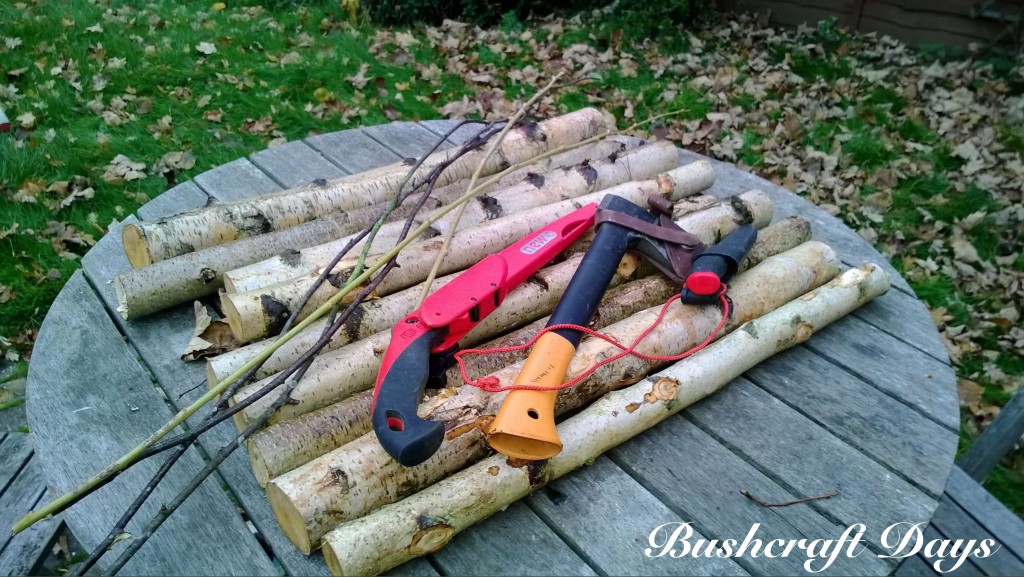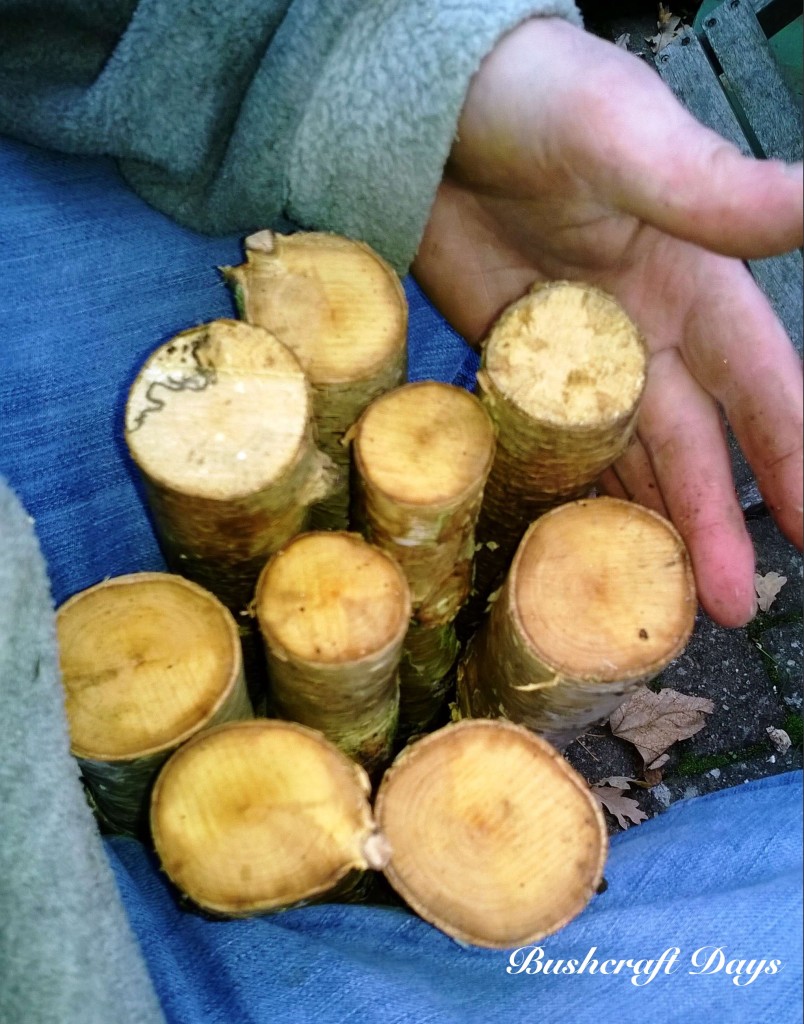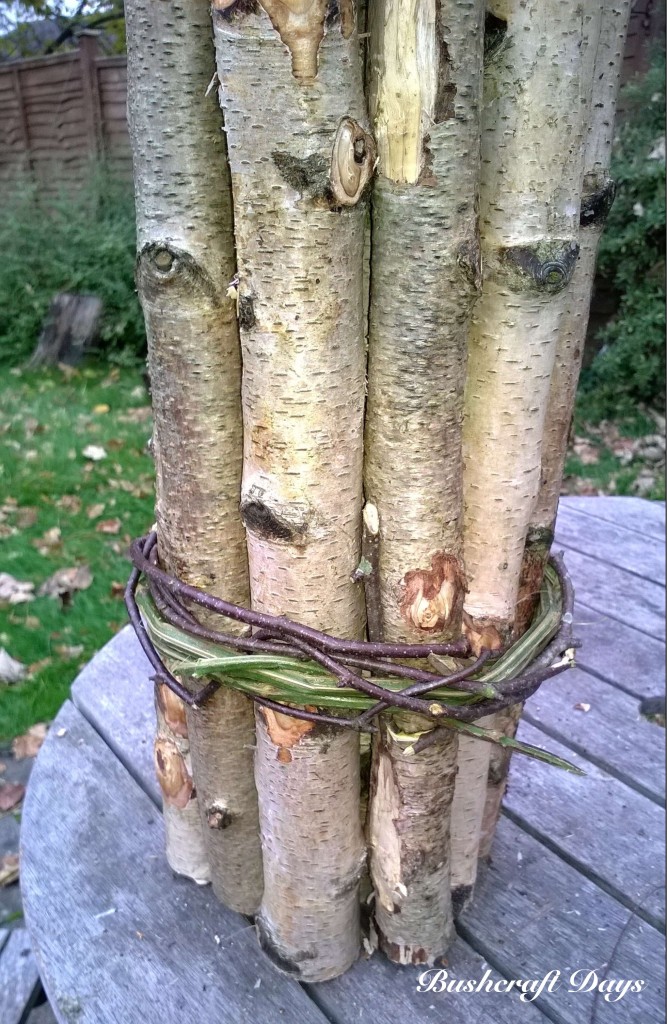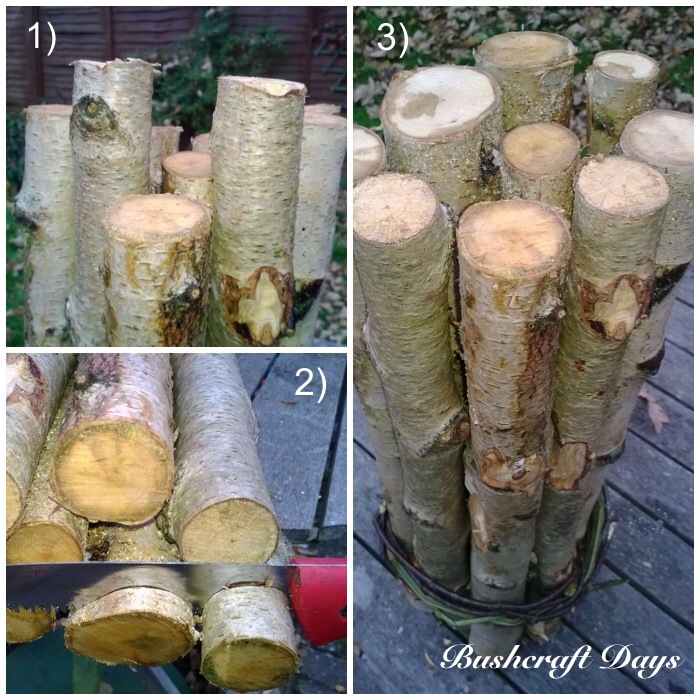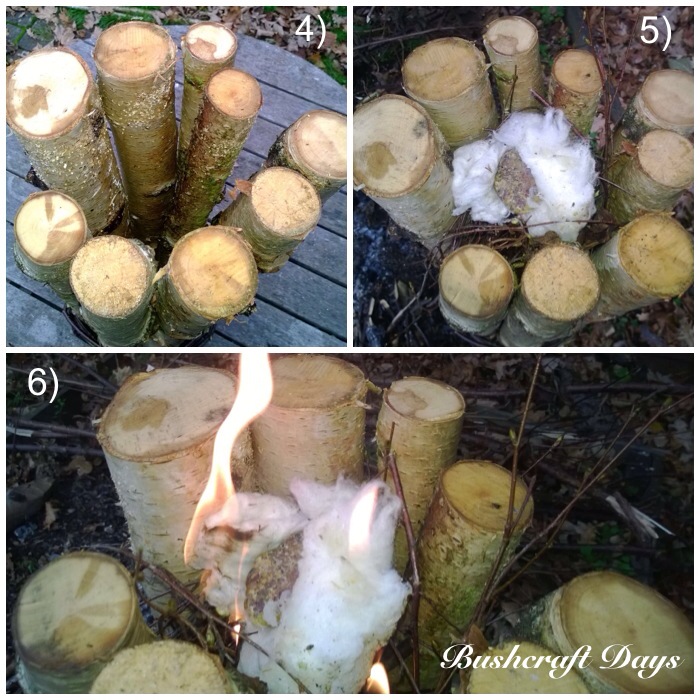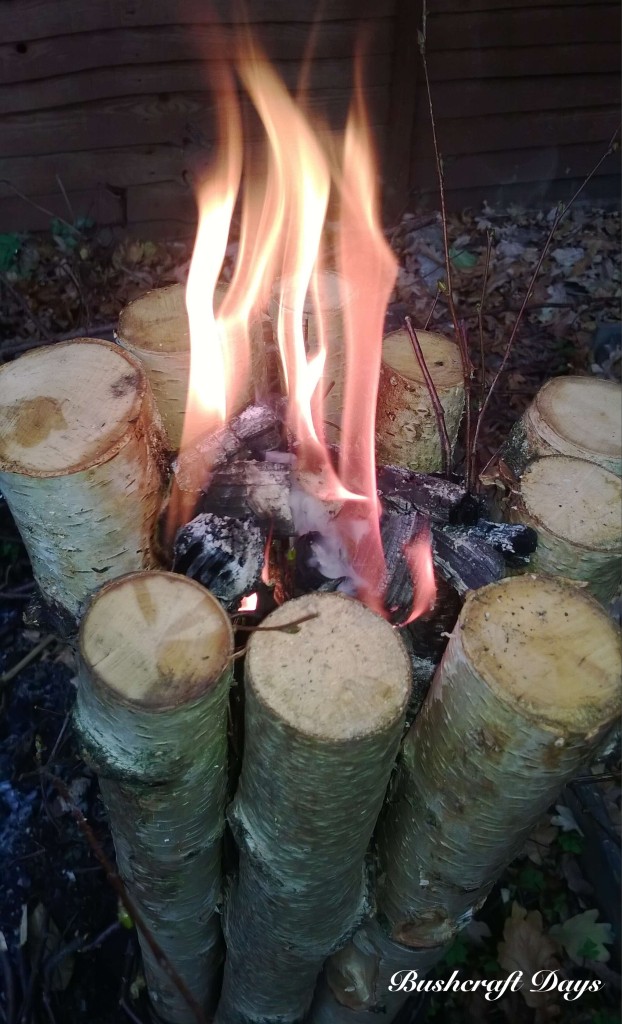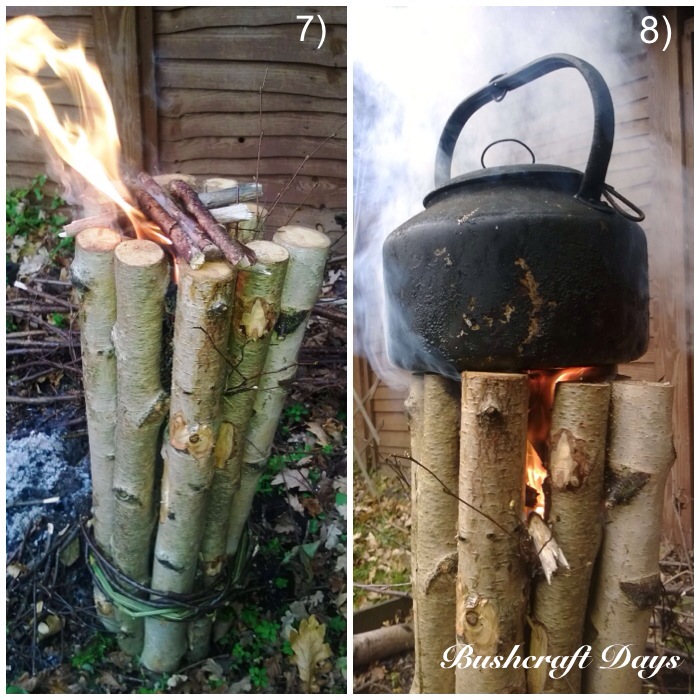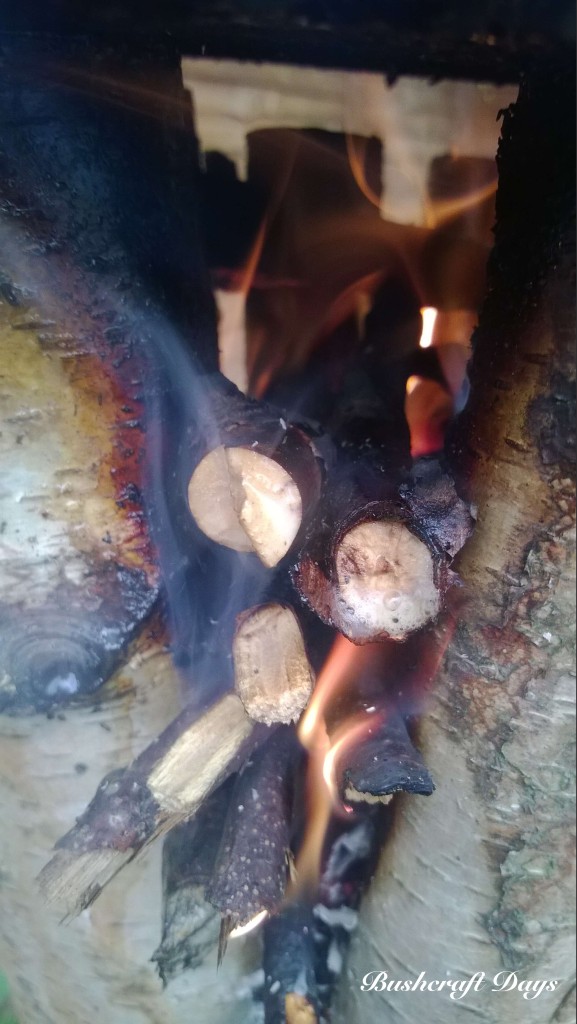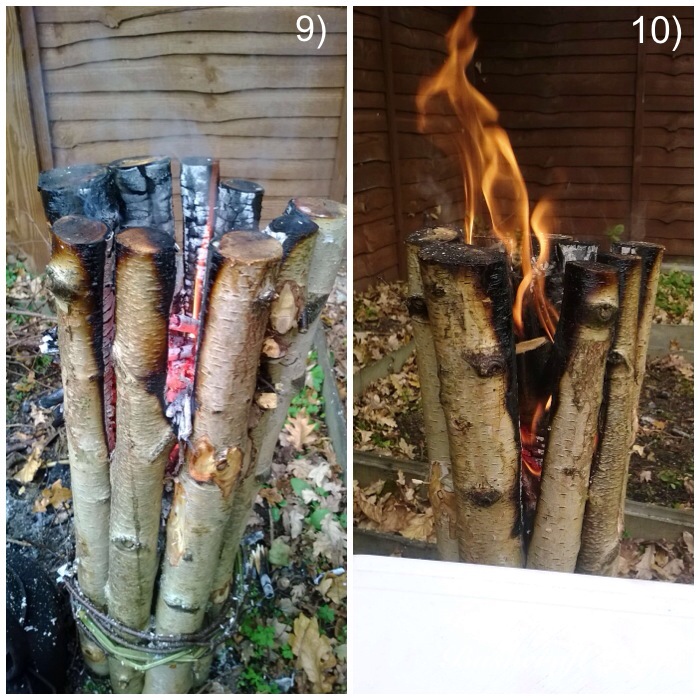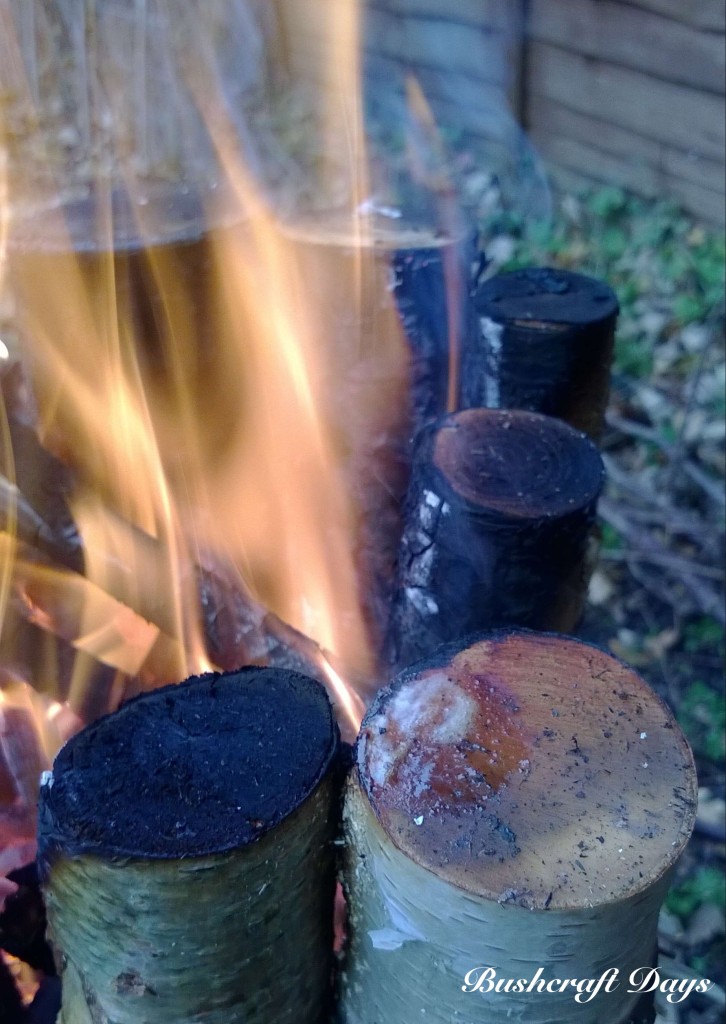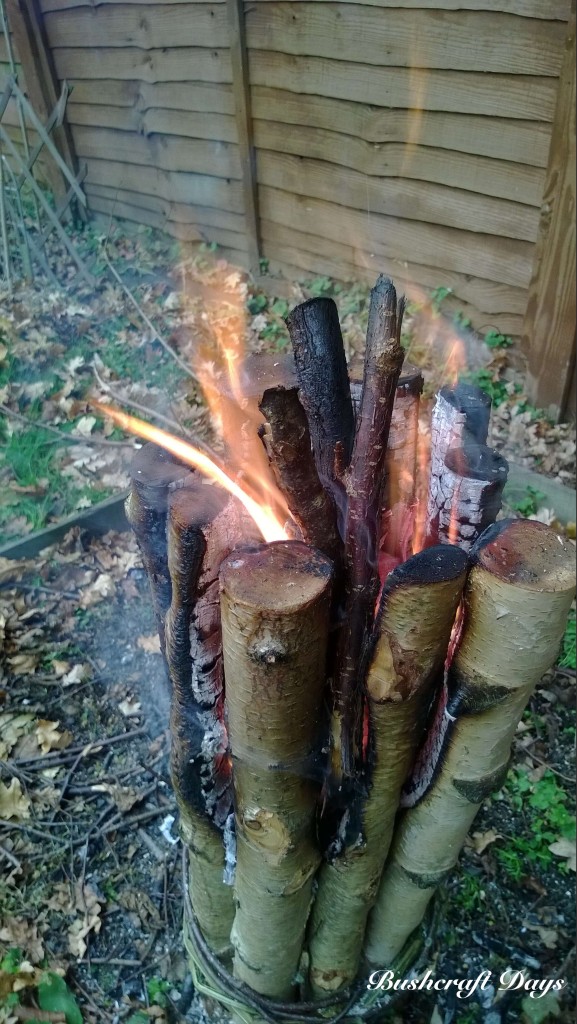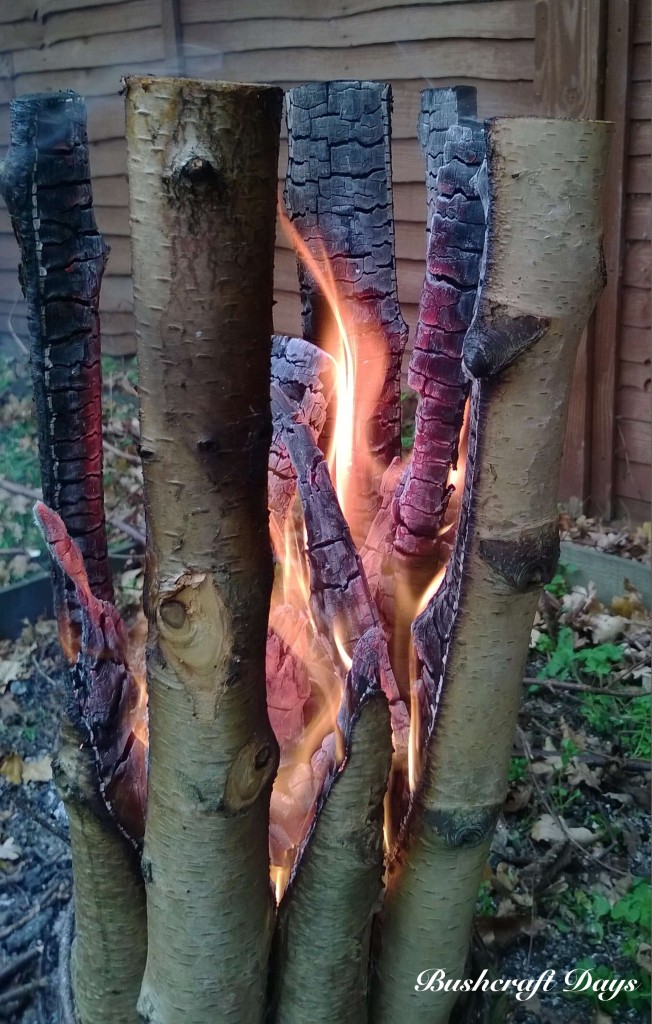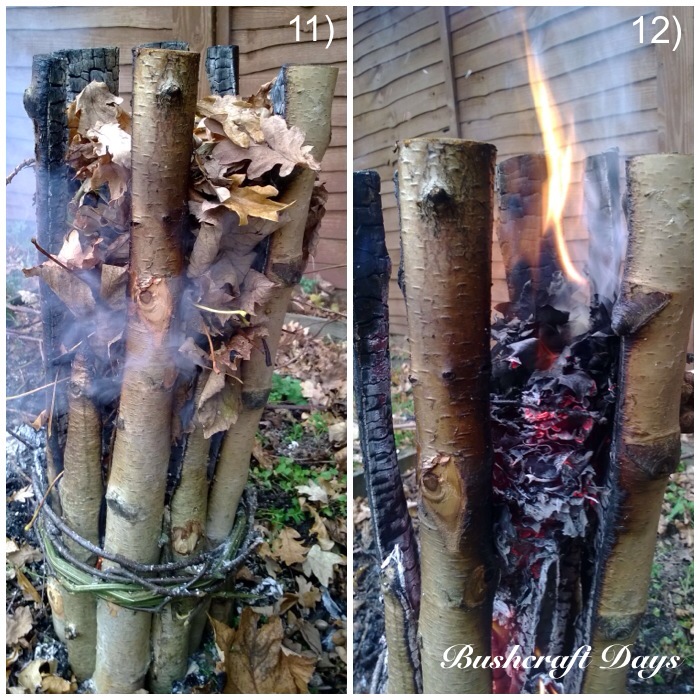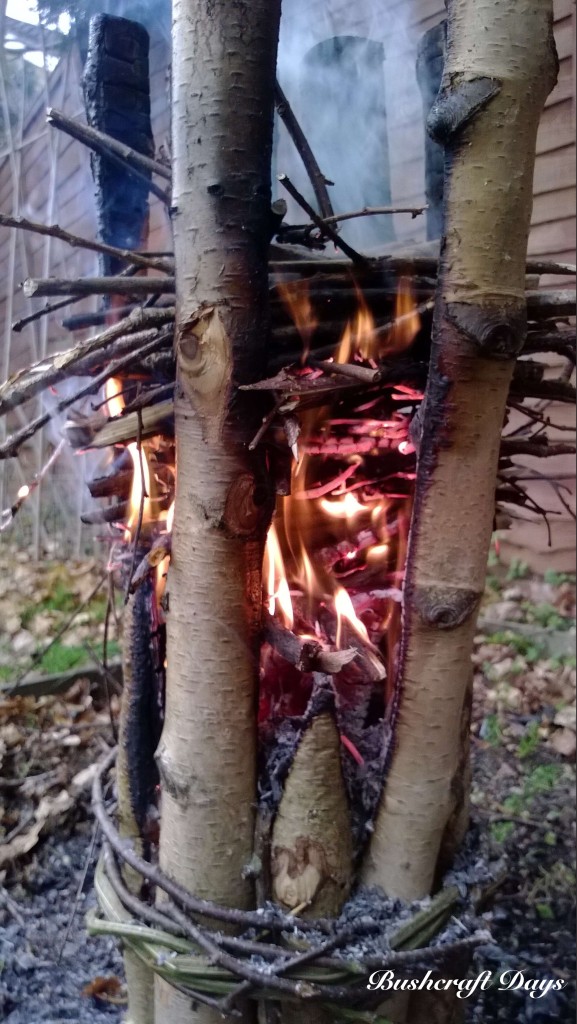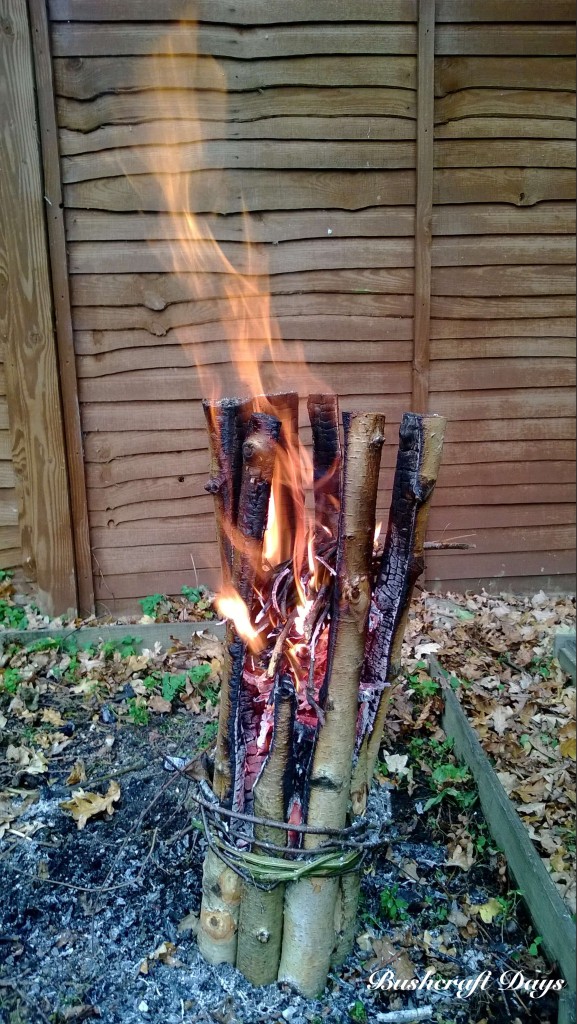The beginning of August found me preparing for my annual trip to Merthyr Mawr in South Wales to attend the Bushcraft UK Bushmoot.
I have written this post as a record of the classes and events at the 2013 Moot but it is in its own way a dedication to our Drew.
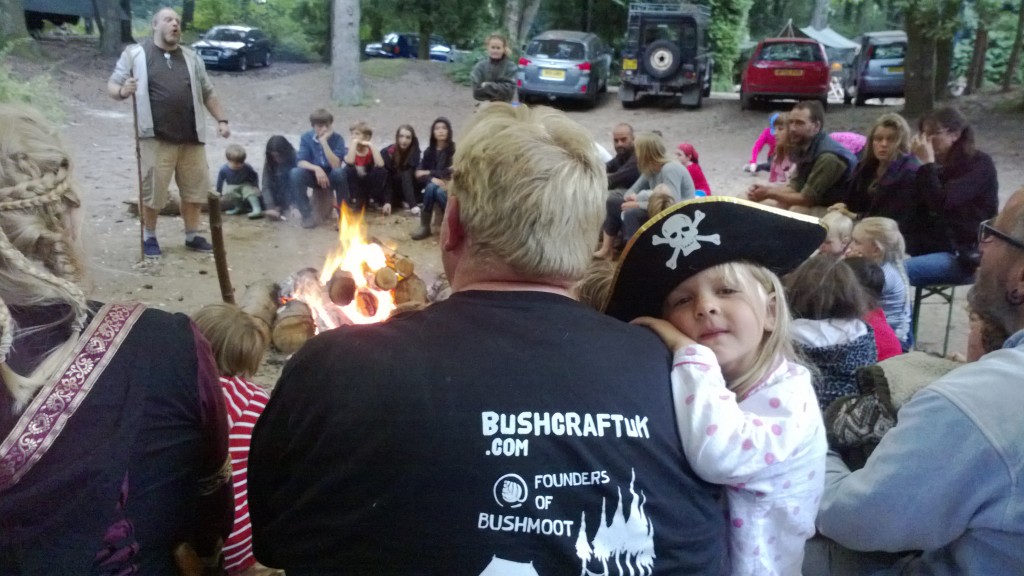
I have been attending the Moot since 2005 and always have a great time. Not always relaxing but always a good time. This year we lost a good friend in the Bushcrafting world – Andrew Dunn. He was known to us as Drew but the handle he liked to be known as was Drew Dunn Respect. This year’s Moot was dedicated to our Drew.
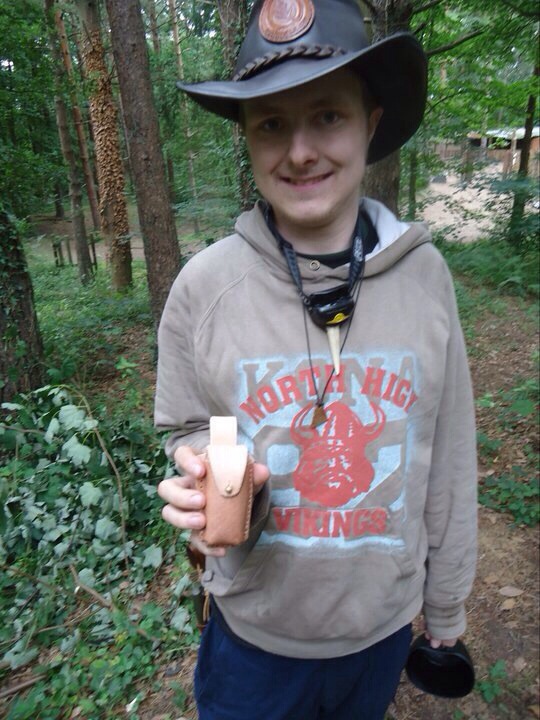
The Bushmoot is normally held at the beginning of August each year and can last up to two weeks. I usually get there for a week and a bit depending on what else is going on. I like to think of the Moot as a meeting of like-minded people with a vast diversity of skills and experiences that they are happy to share with each other.
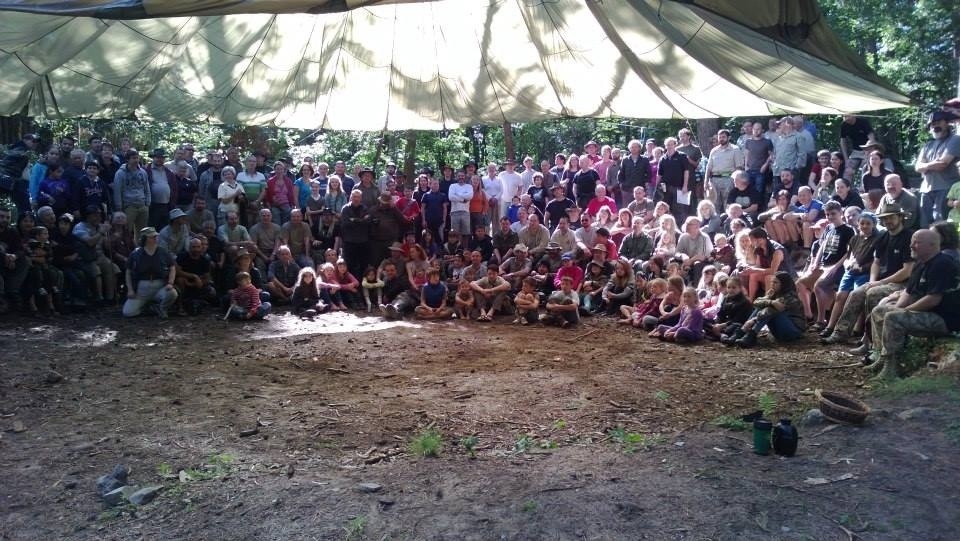
My arrival at the Moot was delayed this year by a day as I ran some bushcraft classes at our village summer school so I was very happy to see on my arrival that my whole camping area had been taped off for me. Eventually I found out it was my friend Charlie Brookes who had done this and I was very grateful he had as I have become very attached to my little pitch (I got thrown out of my original pitch years ago by the owners of the ‘Naughty Corner’).
The first few days for me are usually a time to catch up with good friends, prep my classes and take time to chill out in my hammock.
A couple of days later Karen and Clare turned up, not with their usual tents and tarps but with this mobile palace. Seemingly Clare said it was a wedding present she and her husband had given to themselves. It was fun though getting the mobile palace through the trees to a decent spot.
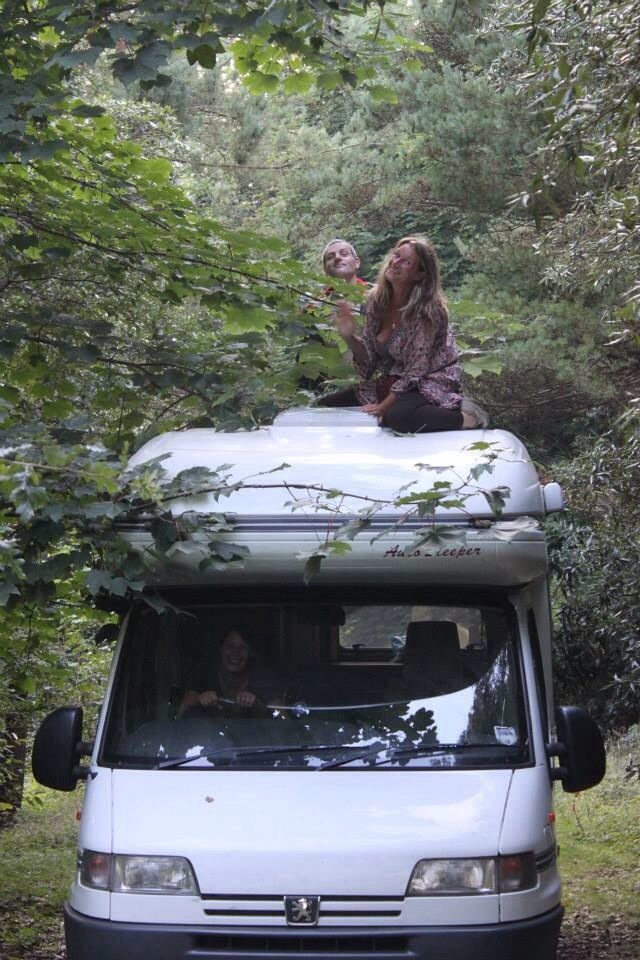
The mobile signal is pretty bad in Merthyr Mawr but there’s a particular spot I go out to where I can get a signal to phone home. The spot looks out onto the dunes and there every year I find these beautiful Evening Primroses growing. One of the great things about Merthyr Mawr is the diverse range of plants that grow there and so makes it a plant photographer’s heaven.
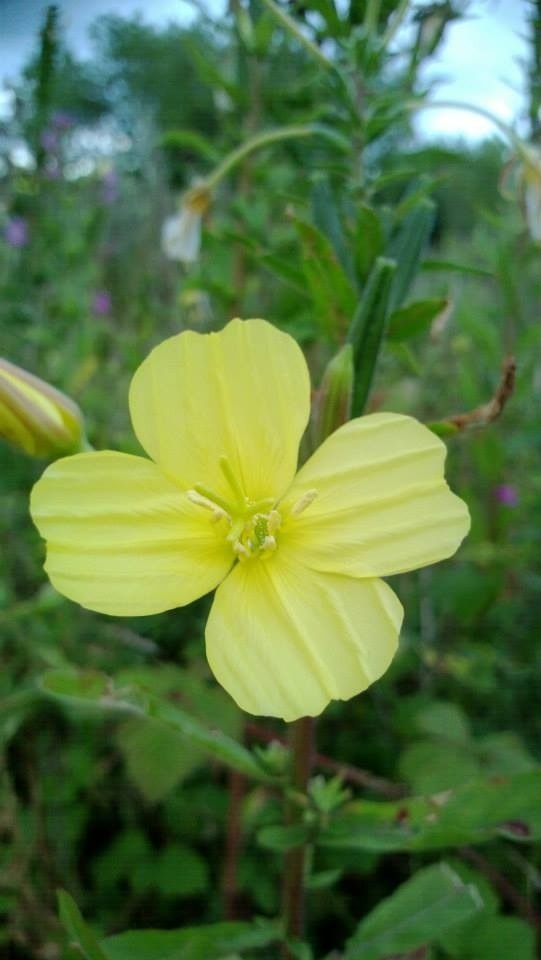
This year there was Victorian theme to the Moot but Spikey being Spikey decided to come as a monkey.

I was chatting with my friend Dean Allen one day at my campsite discussing the Welsh spoons he carves. The conversation got onto his other work and I had to take this picture. Dean has a great eye for detail as this picture shows.
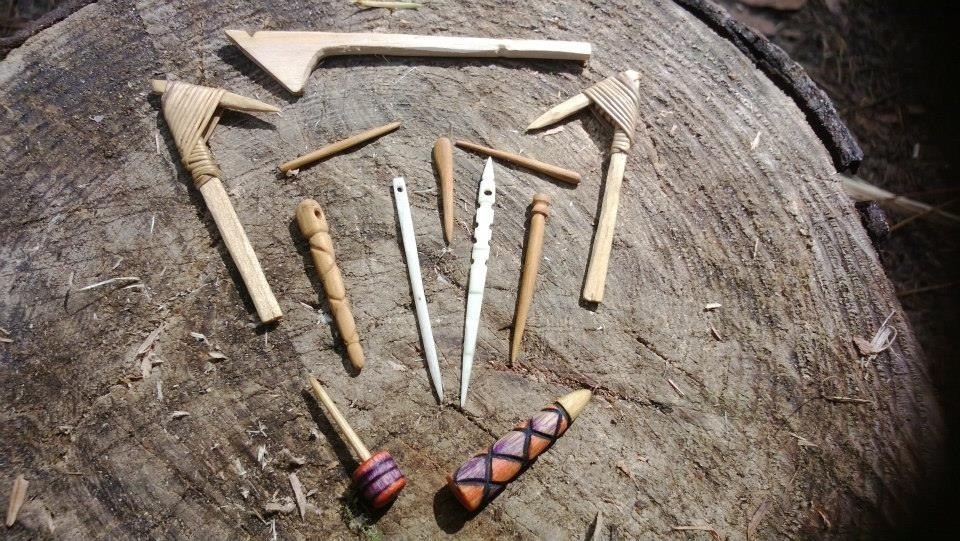
Quite a few of the guys are bowyers and we set up an archery range at each Moot. For a few years I have run a class making Father and Son bows as they are so quick to make.
As I was helping to run the Starter Skills course this year one of the other instructors ran the bow-making course. These bows take only an hour to make but can easily shoot sixty or seventy metres.
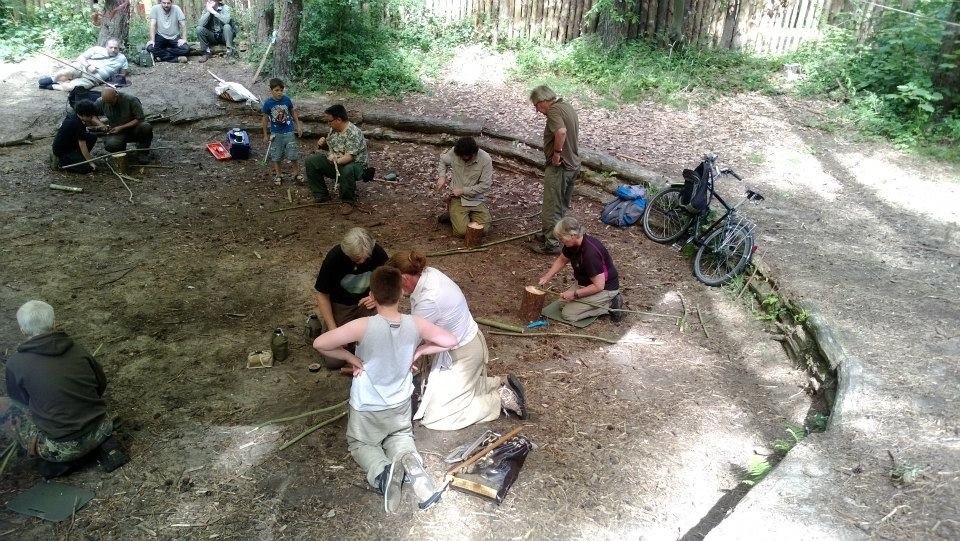
Cap’n Badger, Wayne Jones of Forest Knights, Paul Pomfrey and myself normally run the archery range. The Father and Son bows are double limbed and are great for the kids.
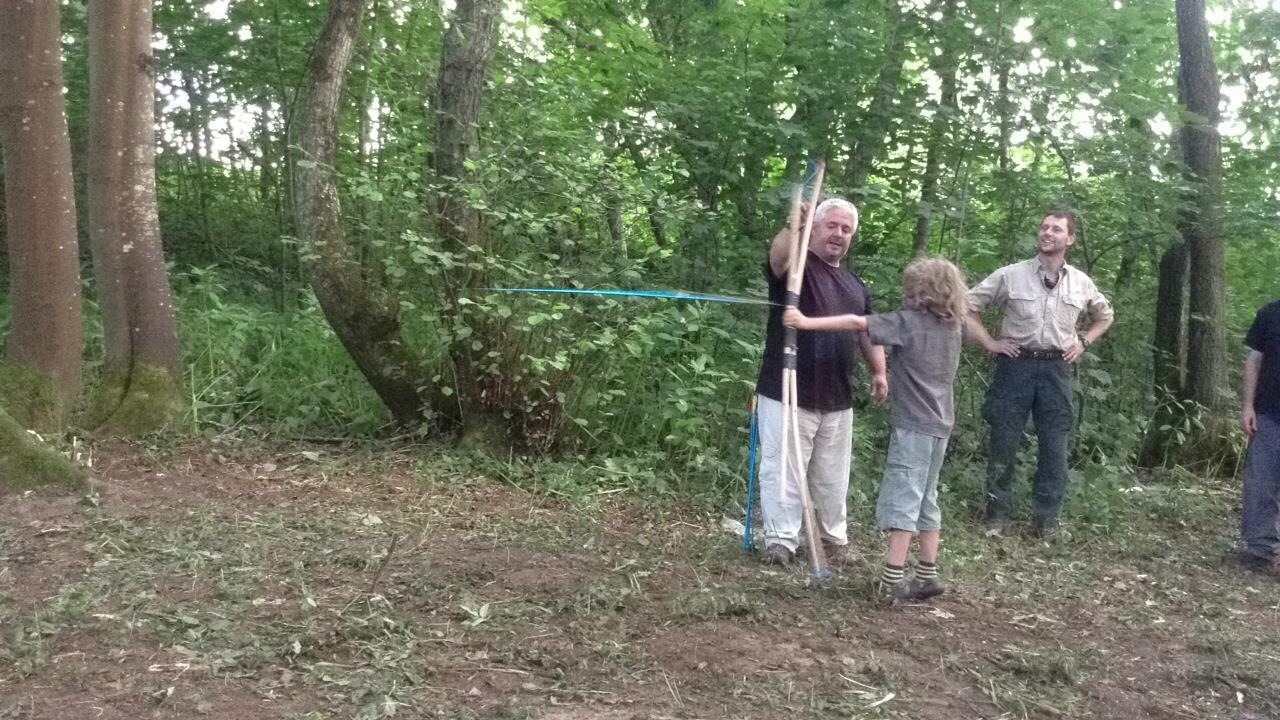
The adults love shooting them as well. Over the last couple of years I have developed an interest in getting these pictures of flying arrows. The slightly slower speed of these arrows being released makes for a good picture.
A couple of years ago Drew worked with me to build one of these bows. He was not sure if he could at first and was quite shy about starting but once he got going there was no stopping him.
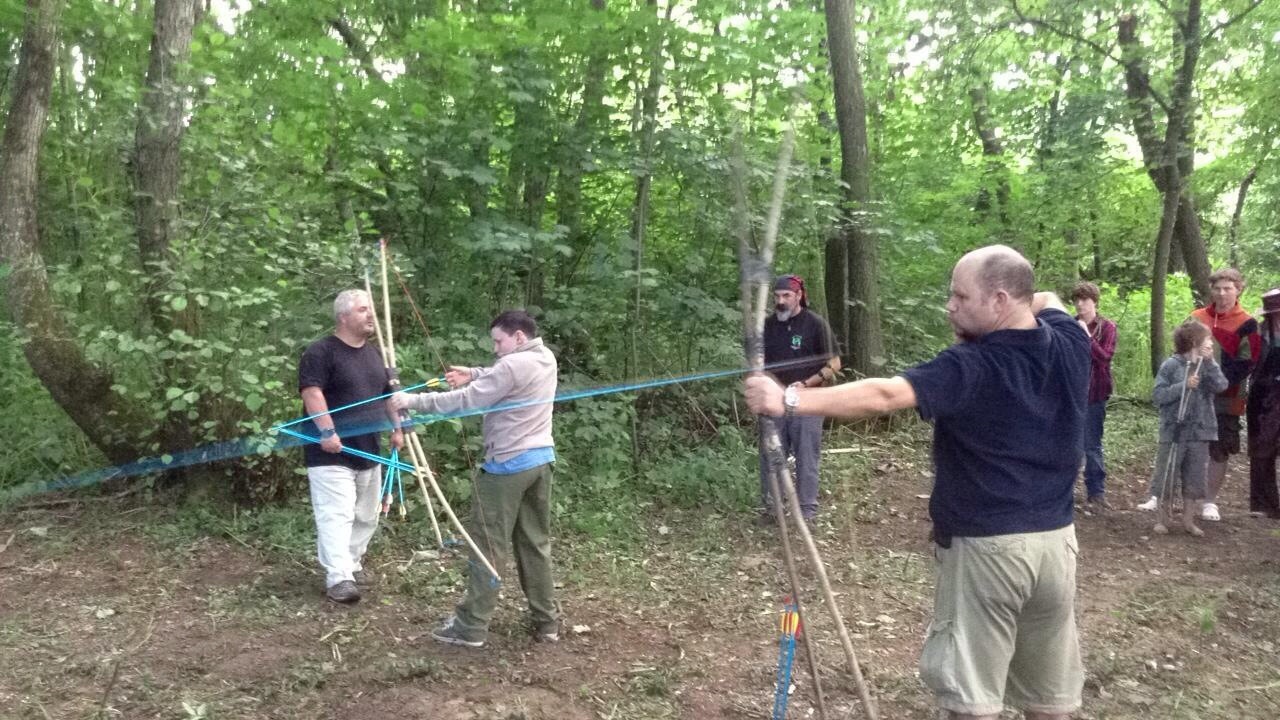
My good friend Fraser runs a company called Coastal Survival and has been coming to the Moot for a few years now. Sad to say that Bella (the larger dog) passed away this year due to complications from a possible snake bite earlier in the year. She was a great dog, always inquisitive and great with the kids.
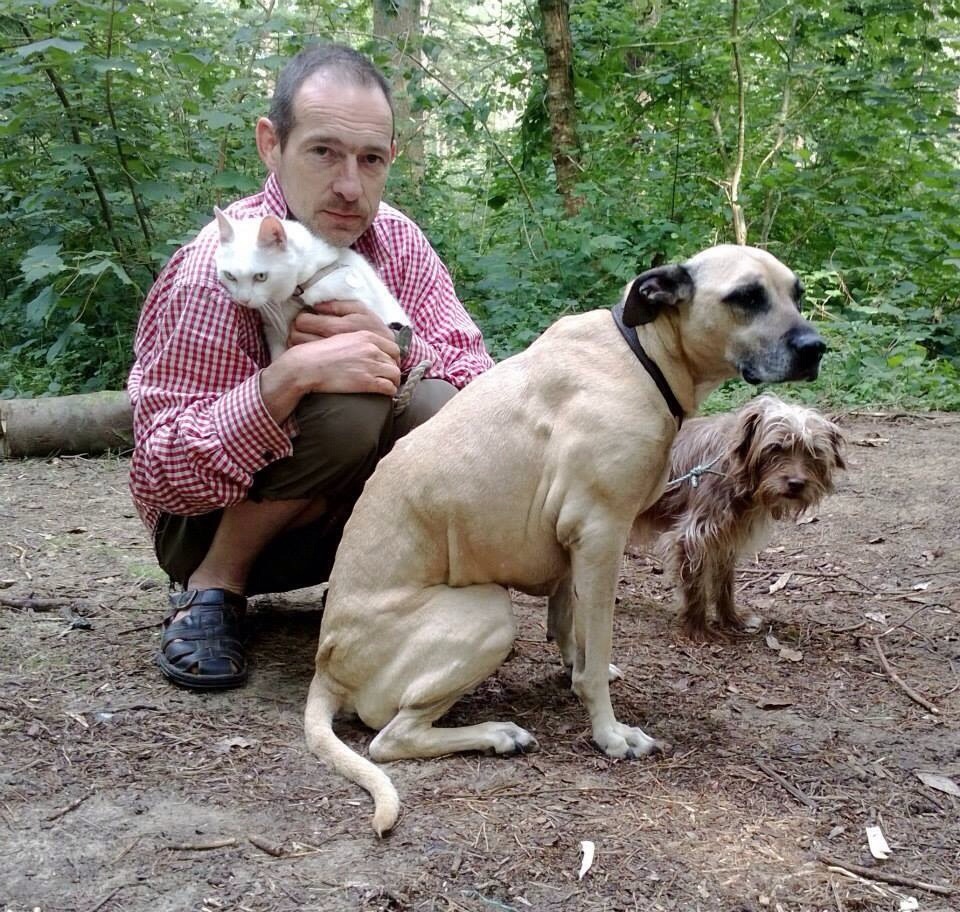
Alongside Fraser is our big Al and what a lovely pair of chefs they make 
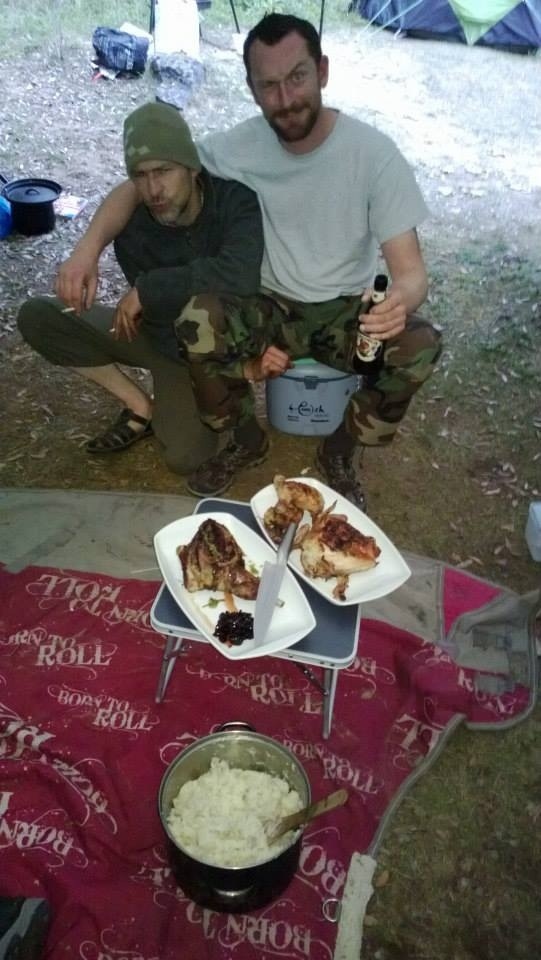
On one of the days I popped down to the coast to do a bit of foraging with them. No fish that day but plenty of shrimp and limpets. Drew did a few Coastal trips with Fraser so I know he would have loved this.
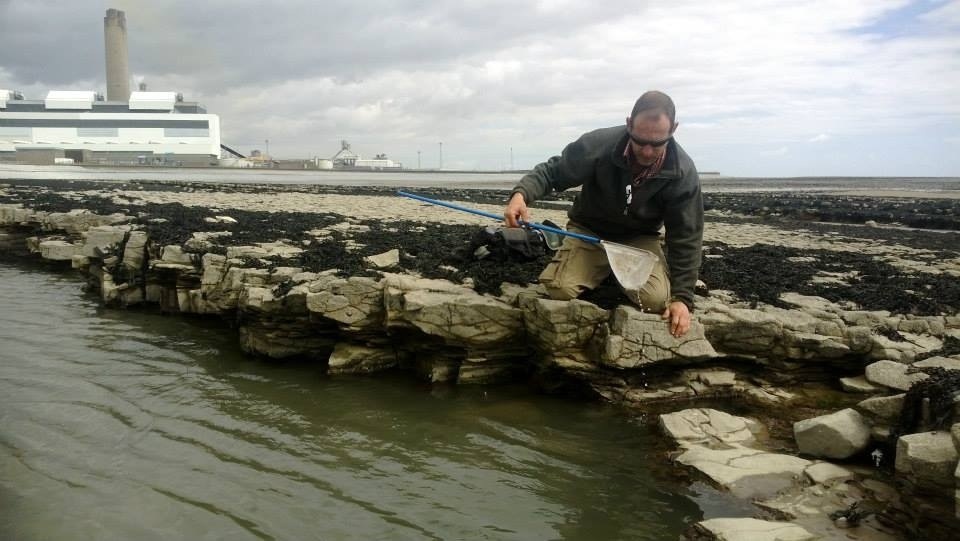
We also collected a lot of sea weed (sea lettuce I think) which Clare was laying out to get rid of sand particles and to dry it out. Karen is making grass rope in the background as a decoration for the mobile palace.
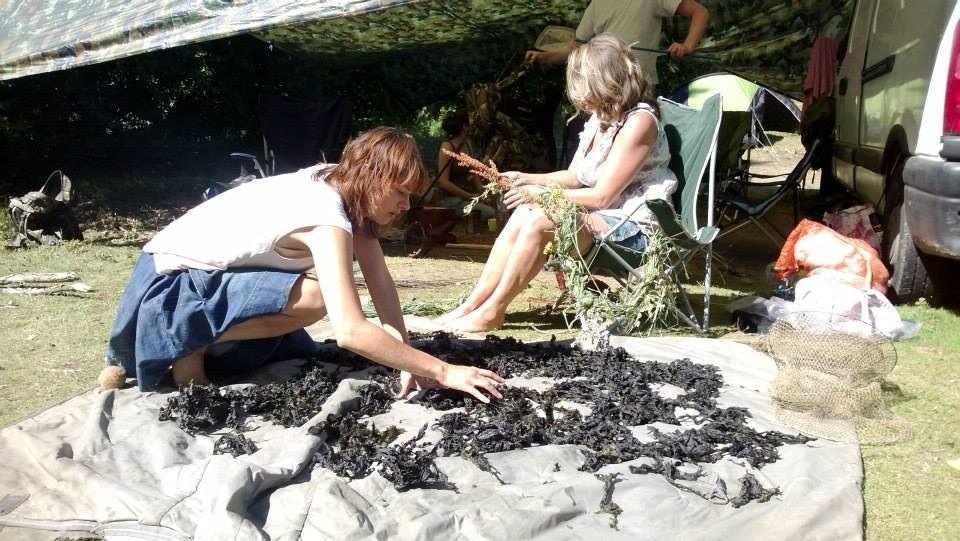
It was great to meet Craig’s baby son Sion for the first time at the Moot.
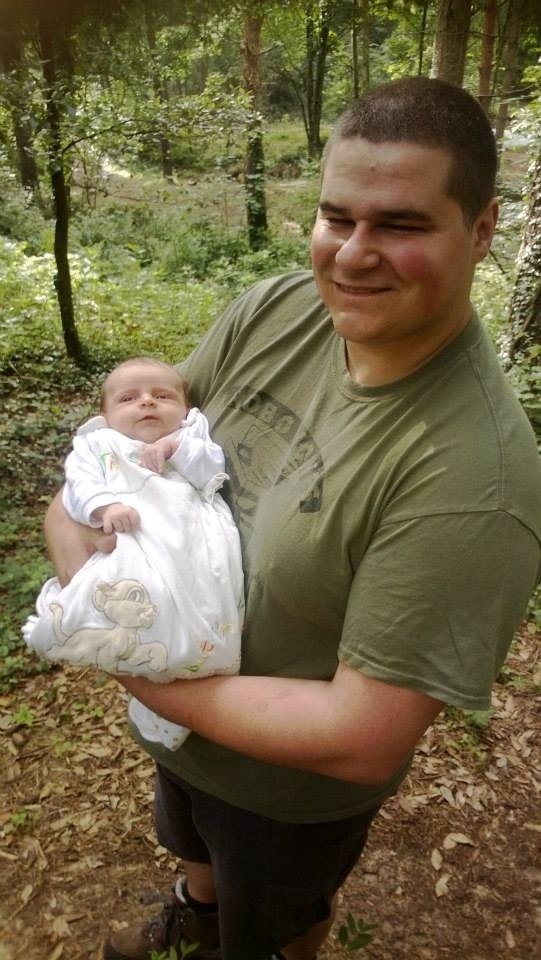
For myself and the rest of the Mods the day starts with ‘morning prayers’ (Tony’s morning briefing) and this is soon followed by a larger meeting with everybody under the main parachute.
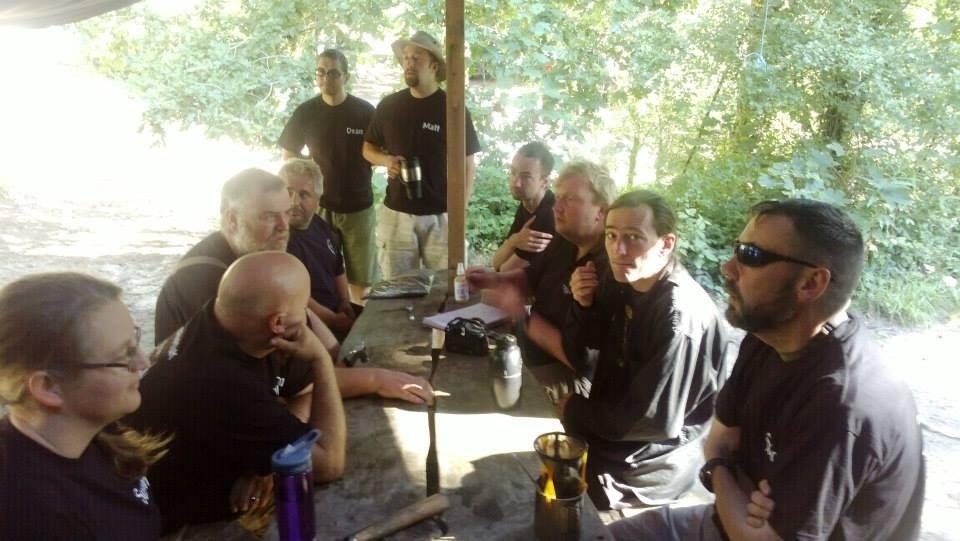
This picture was taken in 2011 and shows the main parachute where we have the morning meetings to discuss the day’s events. Ever the practical joker, Drew found his hat missing one day and finally spotted it at the apex of the chute.
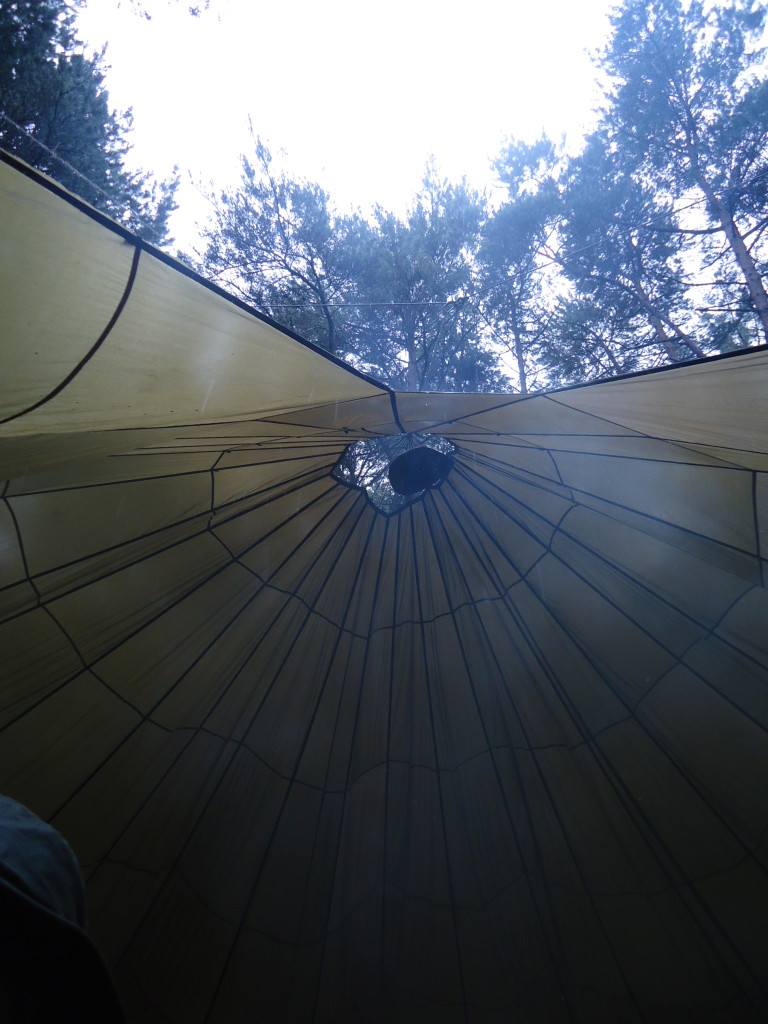
In one of the Mods’ meetings we came to the conclusion that a’Starter Skills’ course was required, covering knife safety, carving (we made tongs for the fire), knots, fire lighting and some simple pot stands.
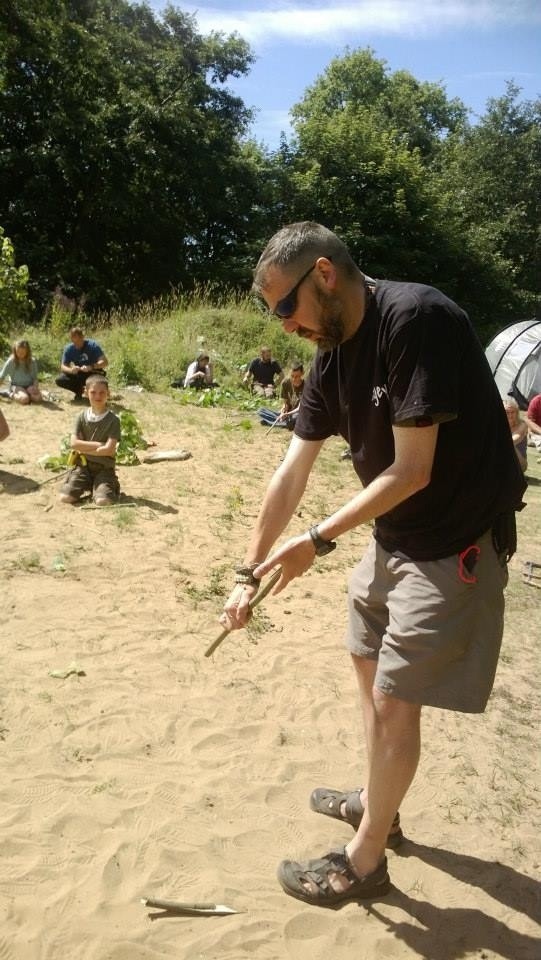
Emily having a go at the Evenk knot.
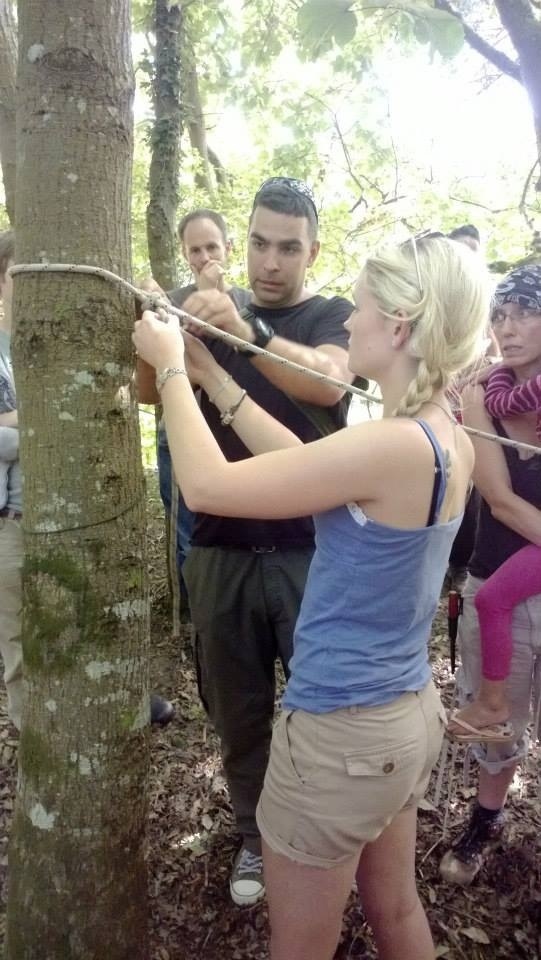
The kids all learnt the skills at the same time as their parents and had fun here testing that the knots had been set up properly.
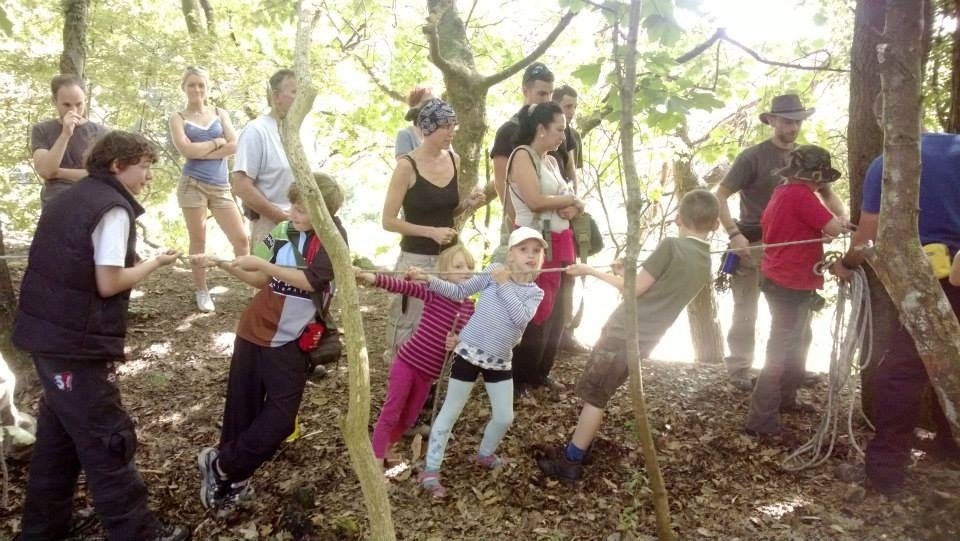
Sargey finishing off the fire lighting class of the Starter Skills course. This course got a lot of good feedback so we will try and run it again next year.
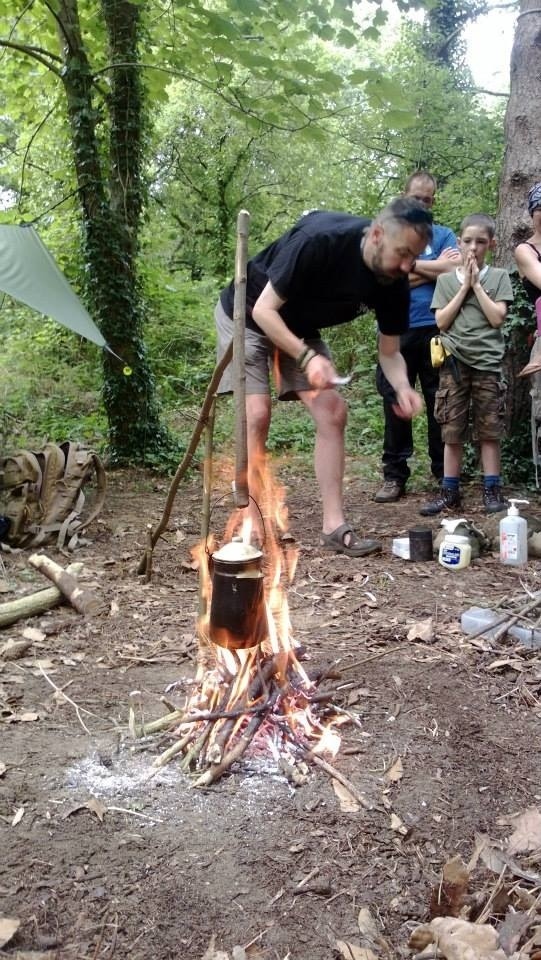
Some of the members (Cap’n Badger and crew) had organised a very special Memorial Service for Drew. His parents Jean and Philip attended the Moot this year for the service along with Drew’s brother Steven and sister Stacey.
Steven and Stacey helped to plant the Atlantic Pine tree in Drew’s memory.
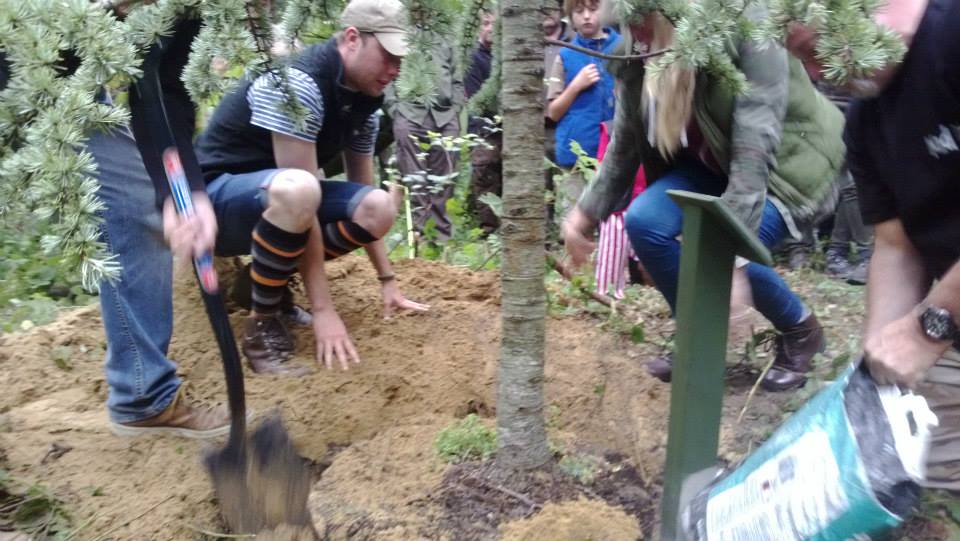
After the tree was planted we put in a plaque that the guys had commissioned. The whole ceremony was extremely moving. Dave finished the service with a very moving eulogy to Drew. There were not many dry eyes in the glade.
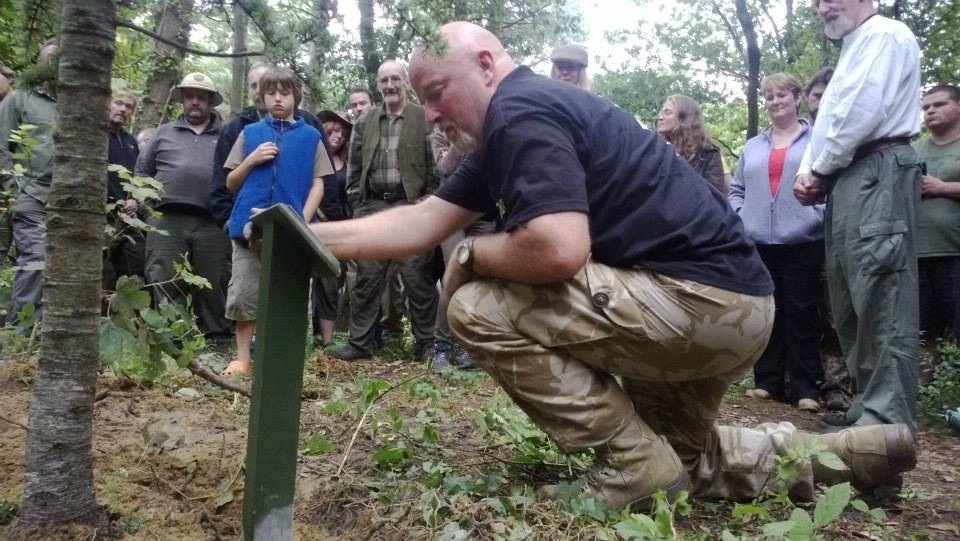
Beautiful words.
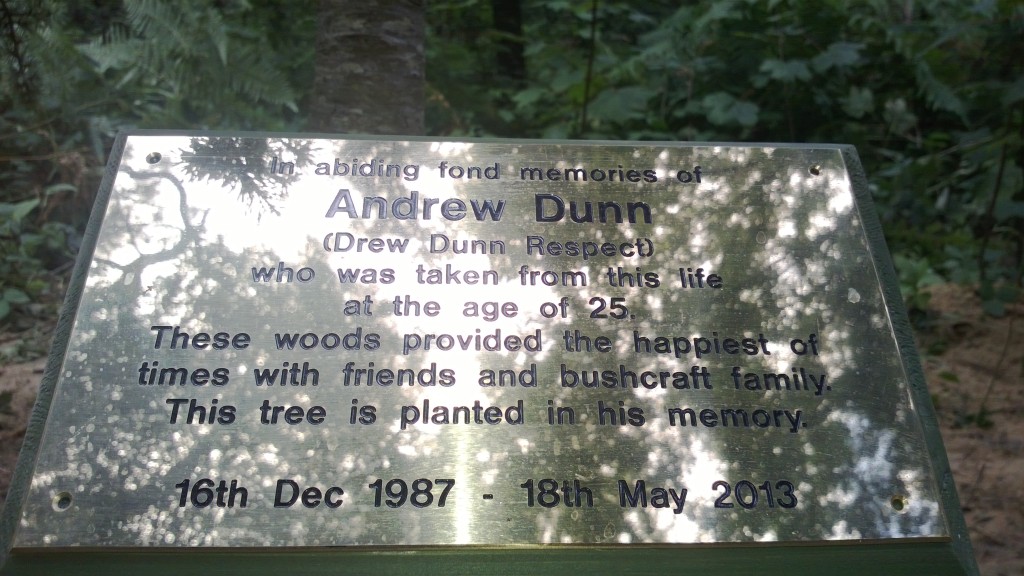
The service was finished when Drew’s father Philip spread Drew’s ashes in to the waves at Methyr Mawr.
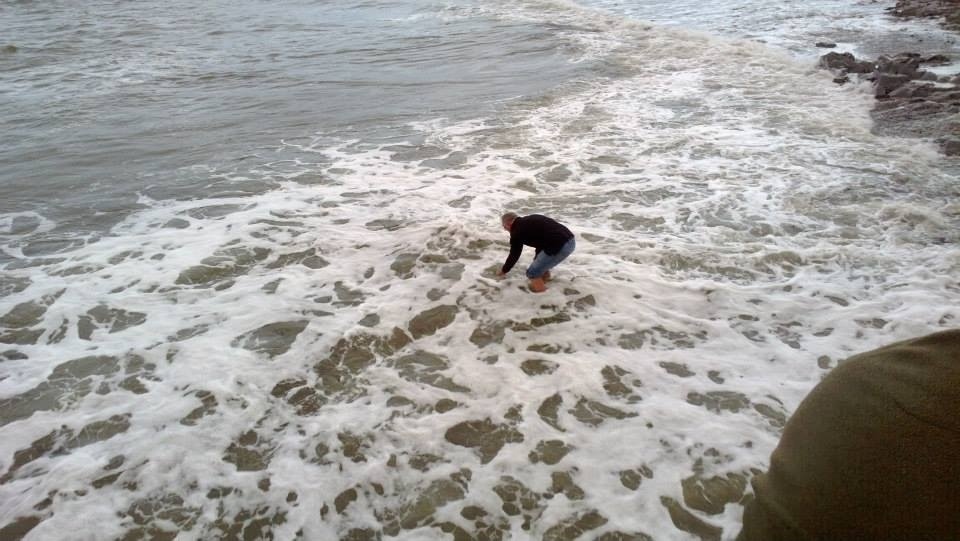
Taken a couple of years ago, this is the sign for Drew’s favourite place at the Moot. The Naughty Corner was set up as a place for people to come to and relax without worrying too much about noise levels. Drew was always at the centre of things here and was the first place he asked to go to when he first joined us. One year the roof of the shelter here got badly damaged in a storm and it was Drew who took it upon himself to climb up and fix it.
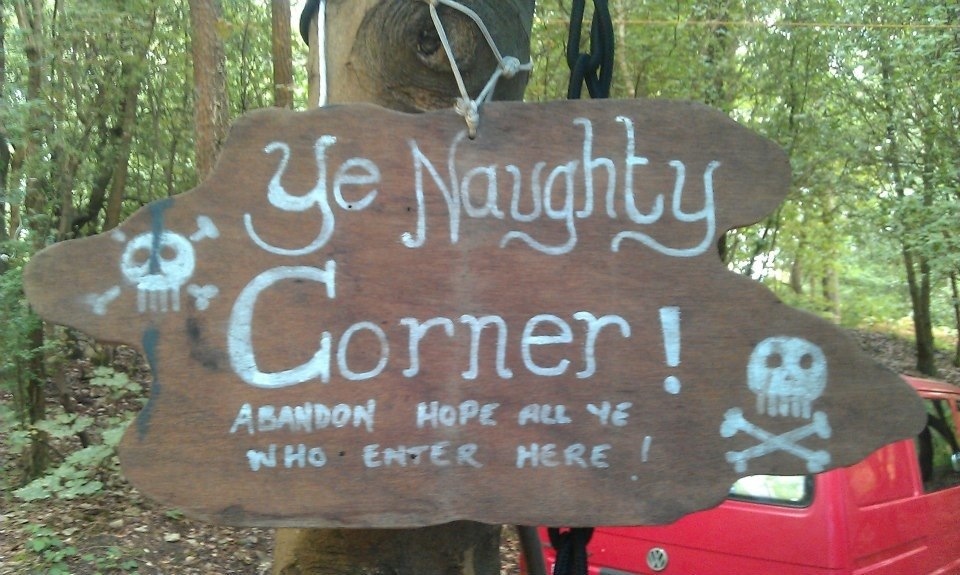
In the evening after the service we had a Victorian themed party. Jean had a great time chatting with everyone
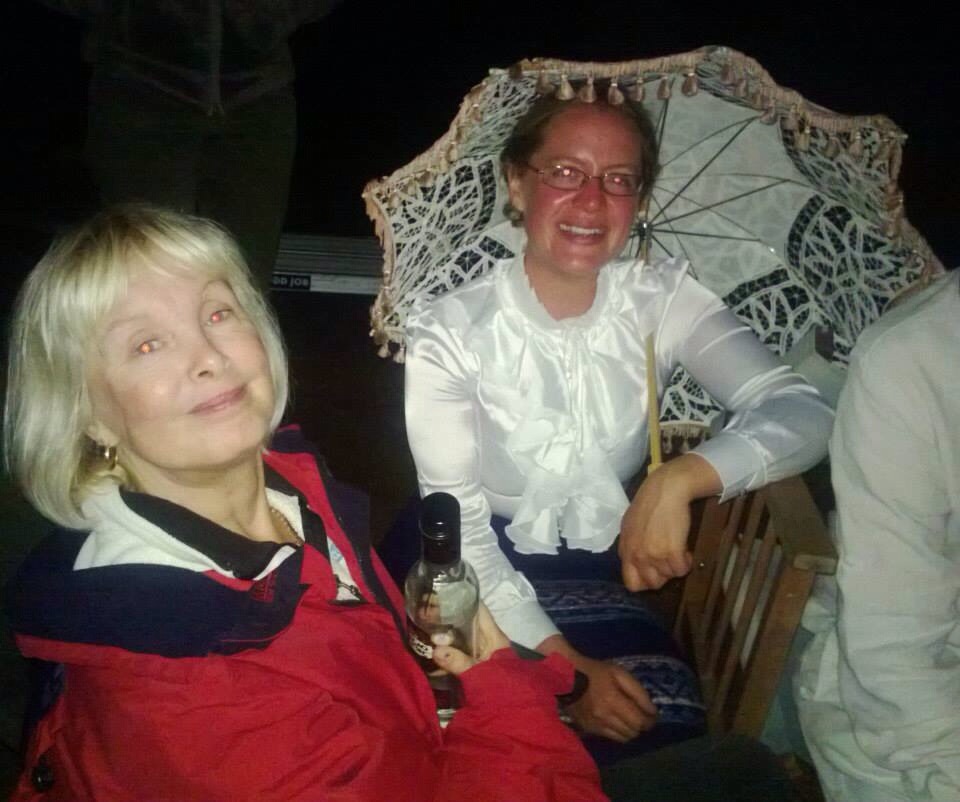
The costumes were brilliant.

I managed to get the majority of the Victorians together for a group shot and was quite surprised to see how many rifles they had brought along. The majority were actual period pieces.
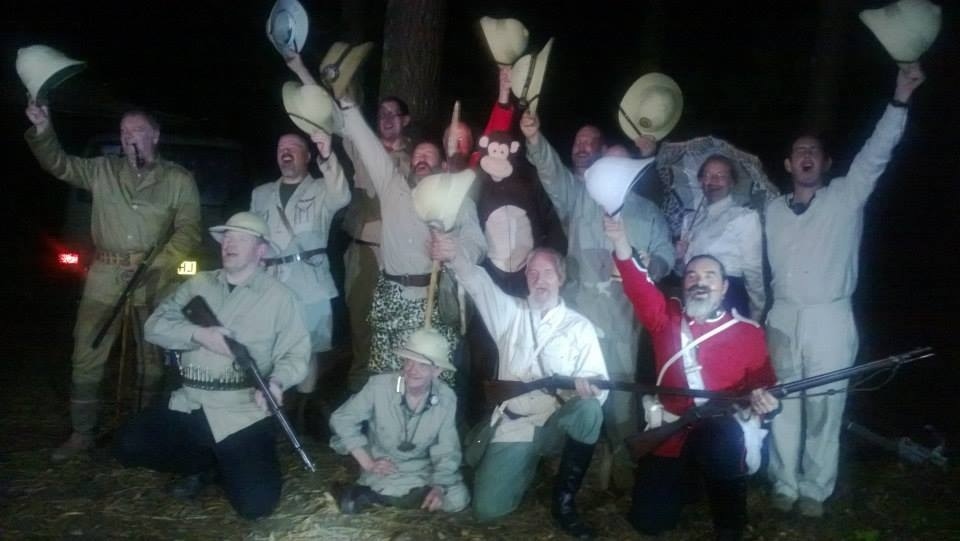
Back to the other activities being conducted at the Moot. There were a lot of classes being run all over the site so my pictures only reflect a portion of the classes but I hope it gives you a feel for what we do.
Perry Magee from the National Tracking School came to the Moot this year. I did not get to the grass rope making class but watched the kids having a tug of war with what they had made.
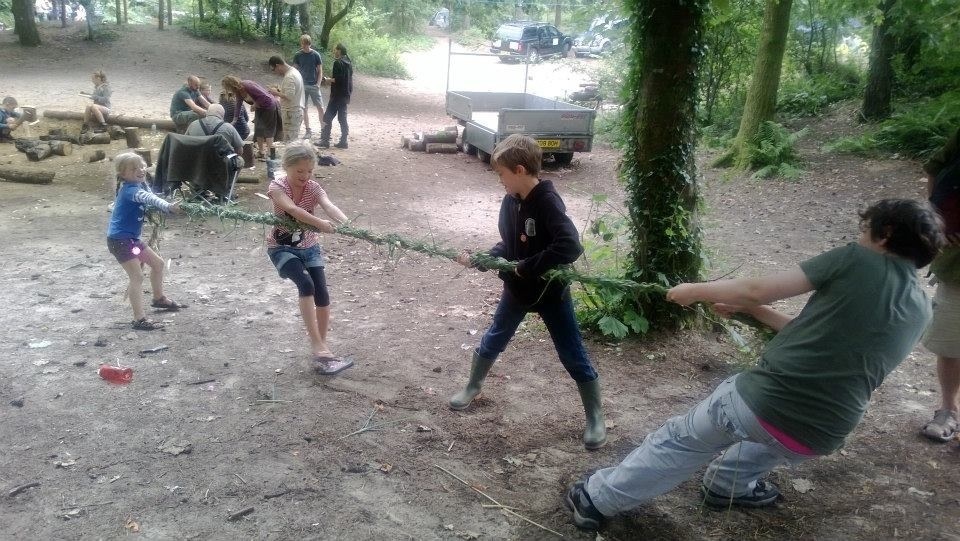
Dean Allen, Mad Dave and a few others had an introductory class on carving. These lads know their stuff and the kids got some really quality tuition.
I have spent many an hour around the campfire carving with Drew as this was something he really wanted to get to grips with.
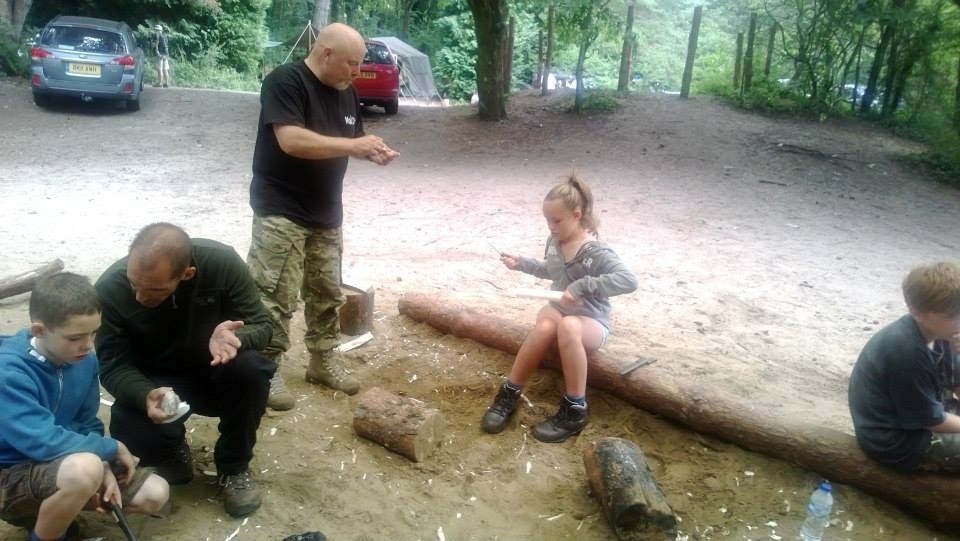
I ran the usual bowdrill classes for individuals and groups. No matter how many times I teach someone this skill I still love to see that smile the first time they get an ember.
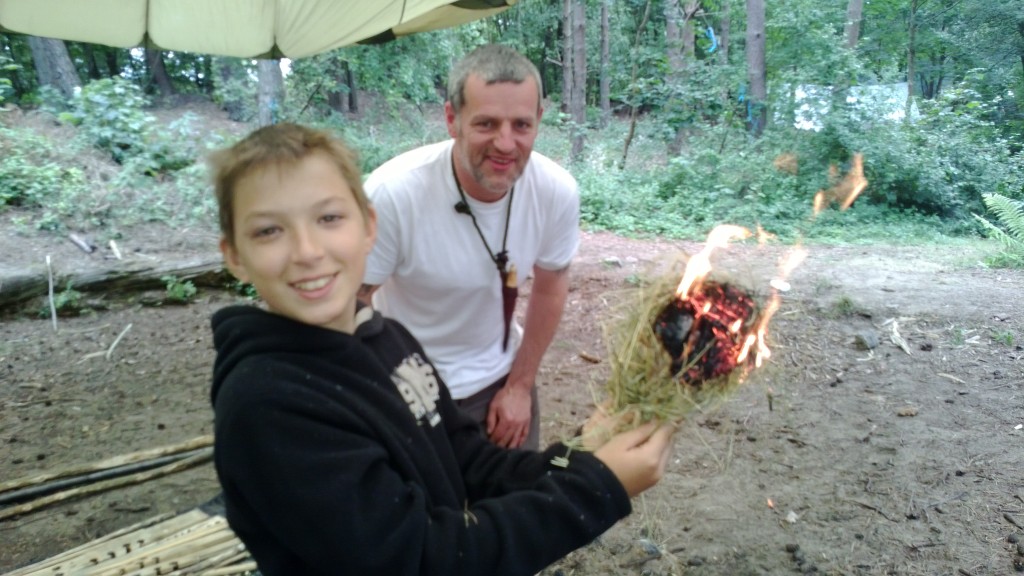
My friend Mark Oriel is a butcher by trade and now manages a small farm in the West of Wales where he runs his own bushcraft/homesteading courses. This year Mark ran a very successful Jerky smoking class.
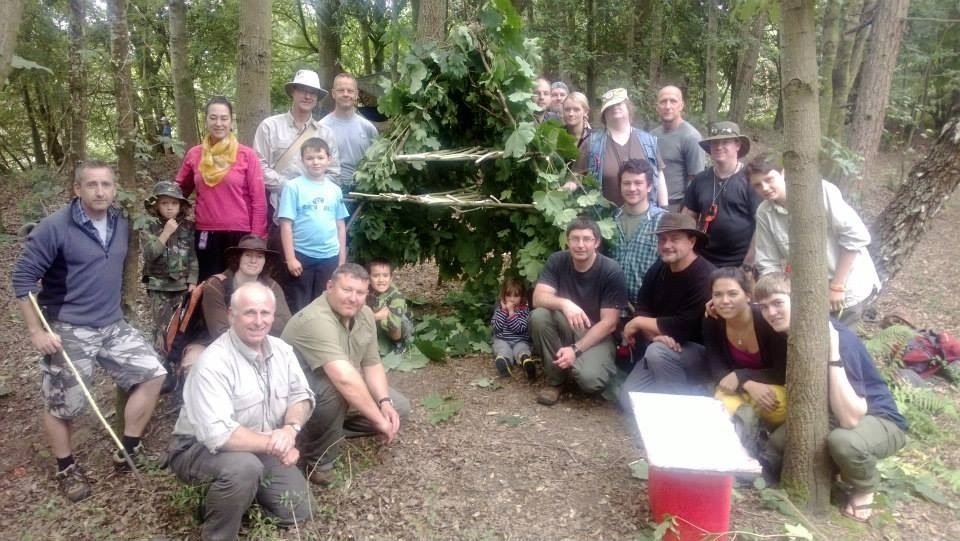
All lined up neatly.
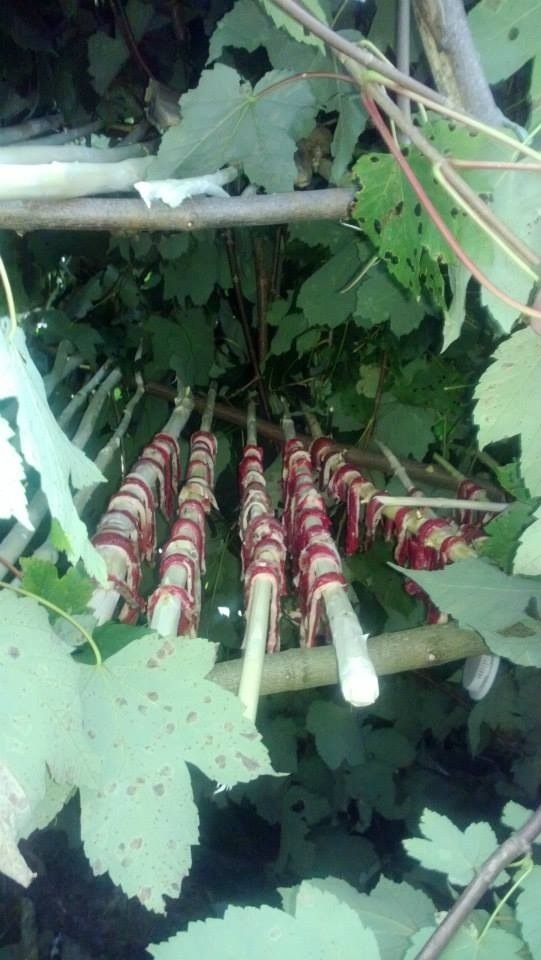
One of my classes focuses on getting families working together to create fire using the bowdrill. There are not many things that bring everybody in a family together but the group bowdrill is one.
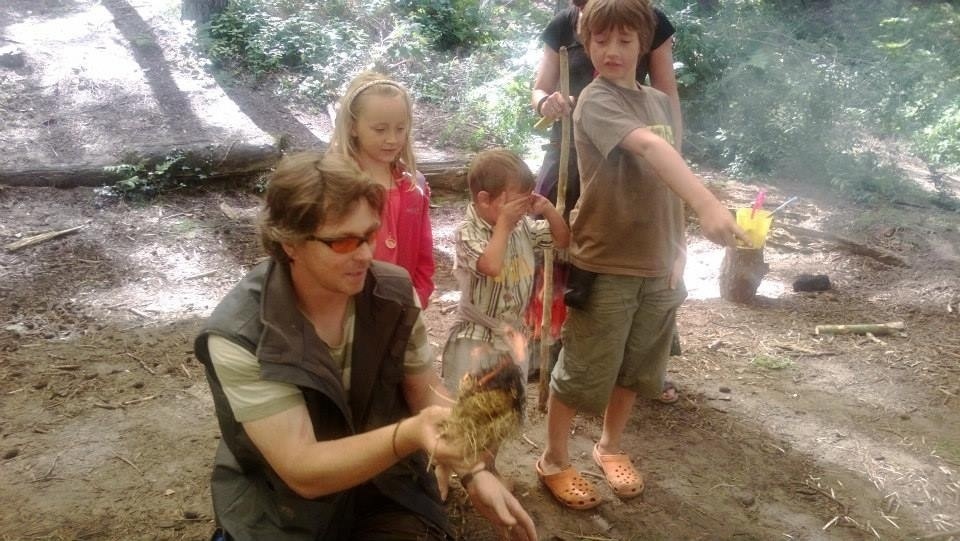
I was chatting with Perry Magee about some fire drill mechanisms he had and the conversation got onto water divining. I was sceptical at first but after some expert and clear teaching from Perry we were off. I found underground water, managed to follow a pipe and here Pete was trying to see if the rods would indicate human presence (me) and it worked. How it works no one knows, but it works.
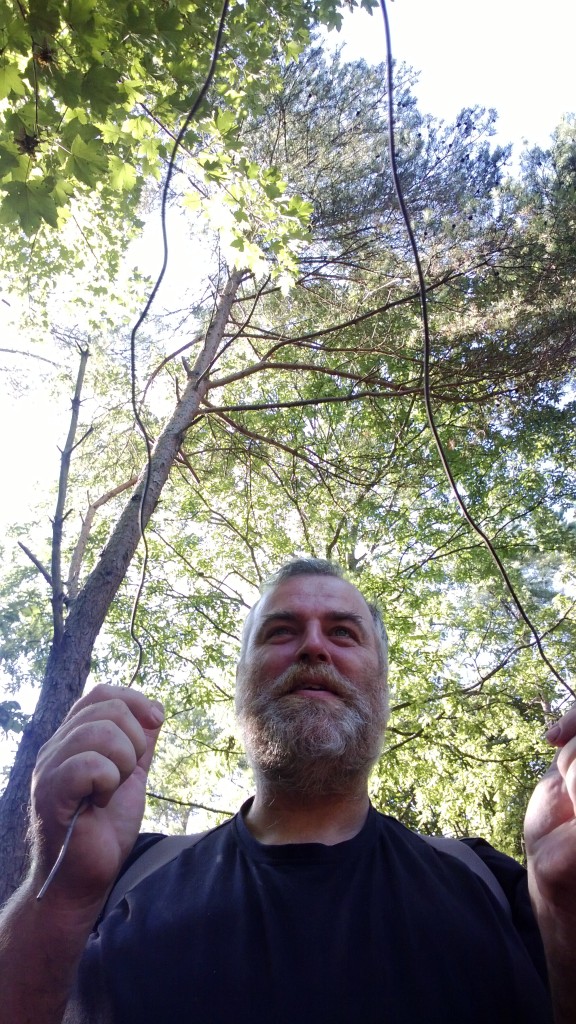
Fraser from Coastal Survival runs a few courses at the Moot and this one was on breadmaking. Fraser created a sand oven to cook some rolls in. I did not take part in the class but the ladies who did thoroughly enjoyed themselves.
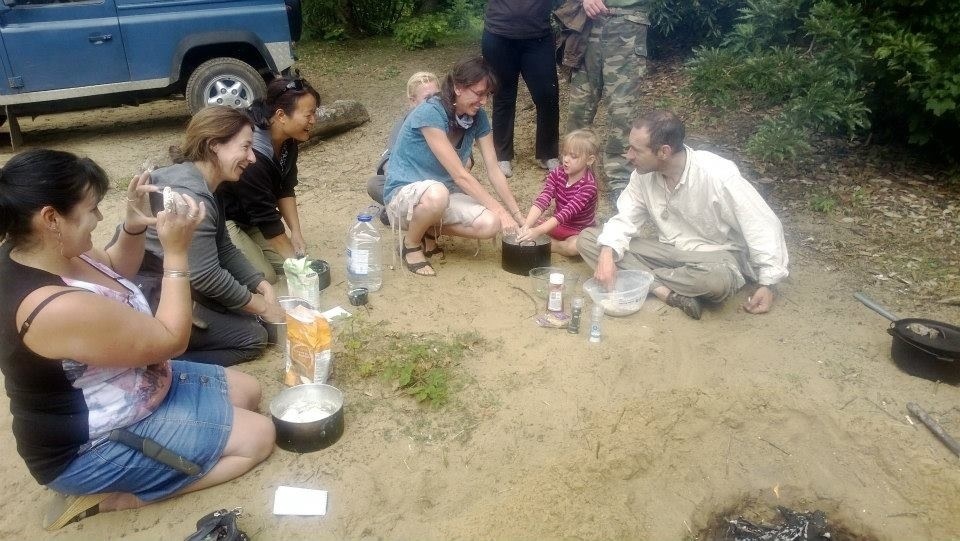
This was the fish hook carving class run by Steve Mesquite Harral – Paul Pomfrey (looking dashing in his utilikilt) was splitting down spruce root for the binding.
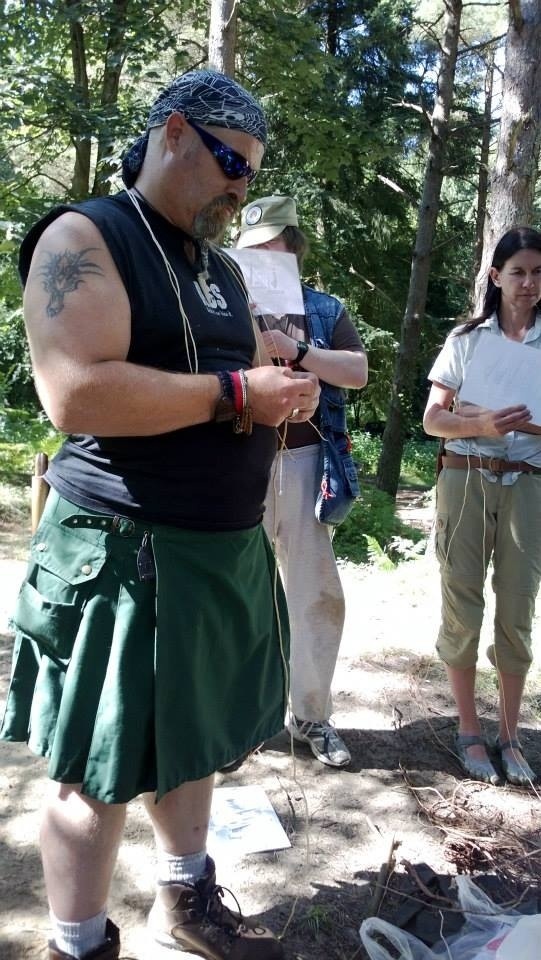
Some stunning artwork was seen in the woods. I cannot remember who produced this but it certainly inspired the kids to get out there and make their own woodland art.
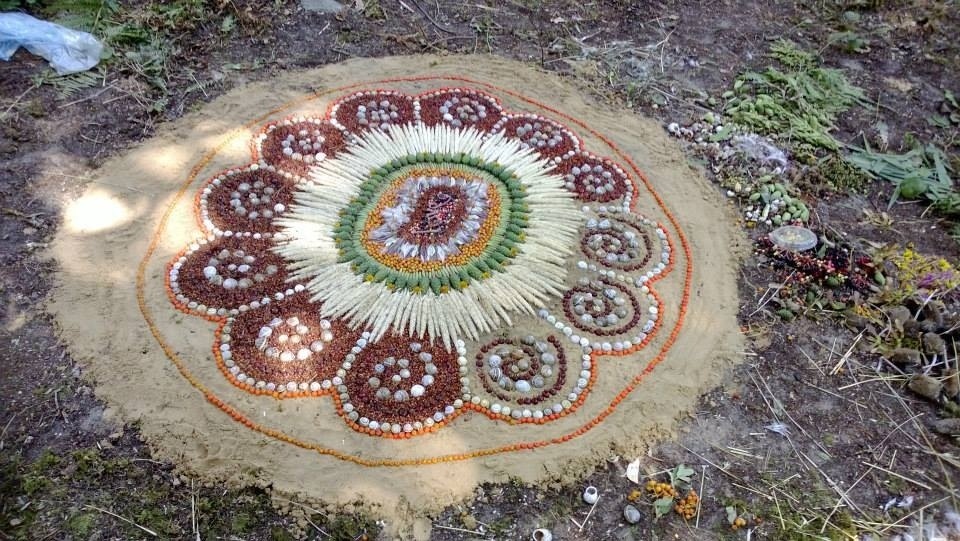
One type of game the kids love are the stalking games. I call this one the fox stalk and is just organised madness.
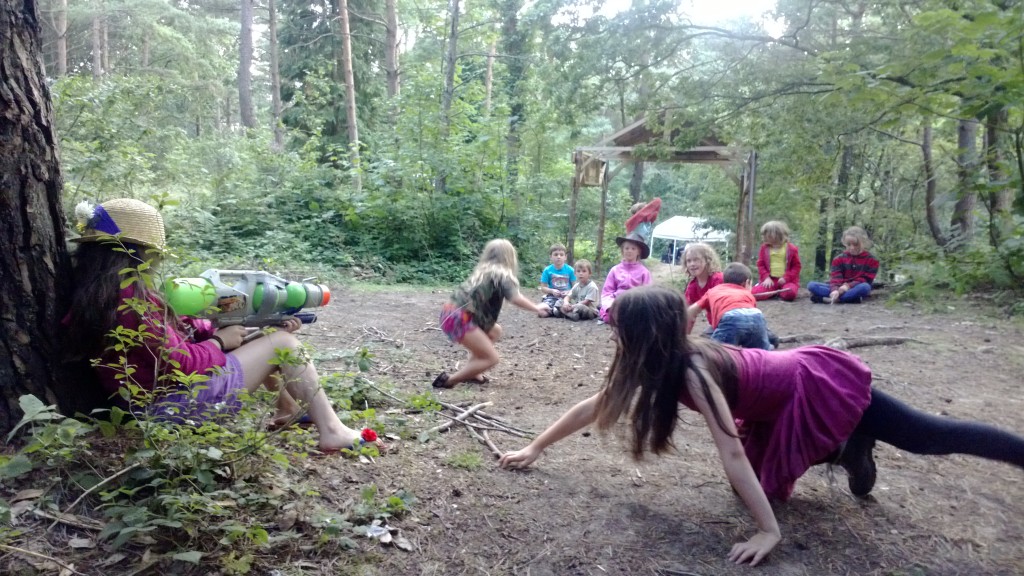
At the end of the Moot we always have a group dinner where everyone either cooks something for everyone or helps to organise it. The ponnased salmon went down a treat.
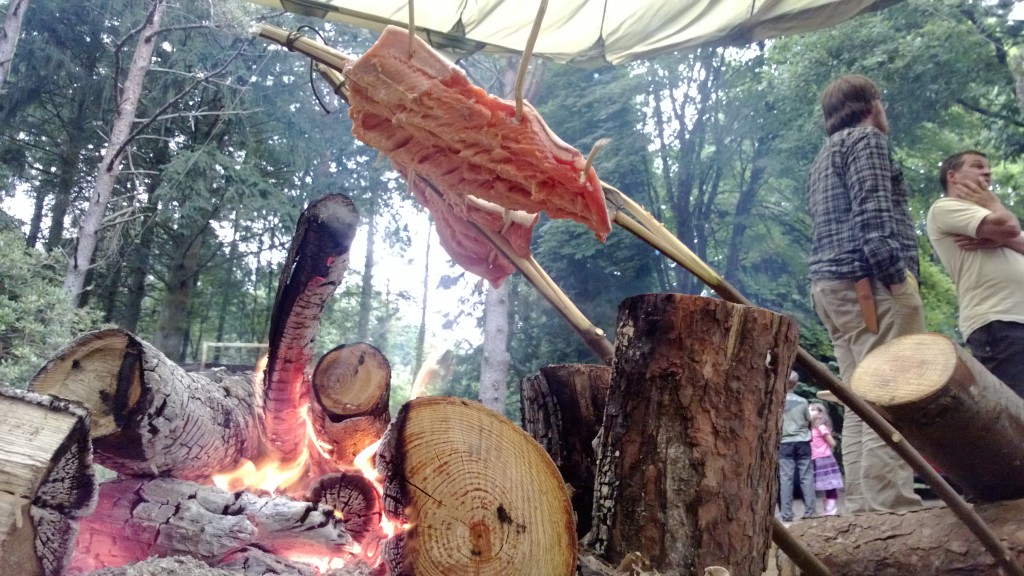
This year musical friends of the boss (Tony) agreed to come over and play for us. I think they were called the Merthyr Tydfill Country Band but were all based over in Nashville. Tony had just asked them on the off chance they would turn up and turn up in style they did. The generator we had blew the lights out if I remember rightly but we all still had a cracking time that evening, drinking, eating, dancing and listening to good music.
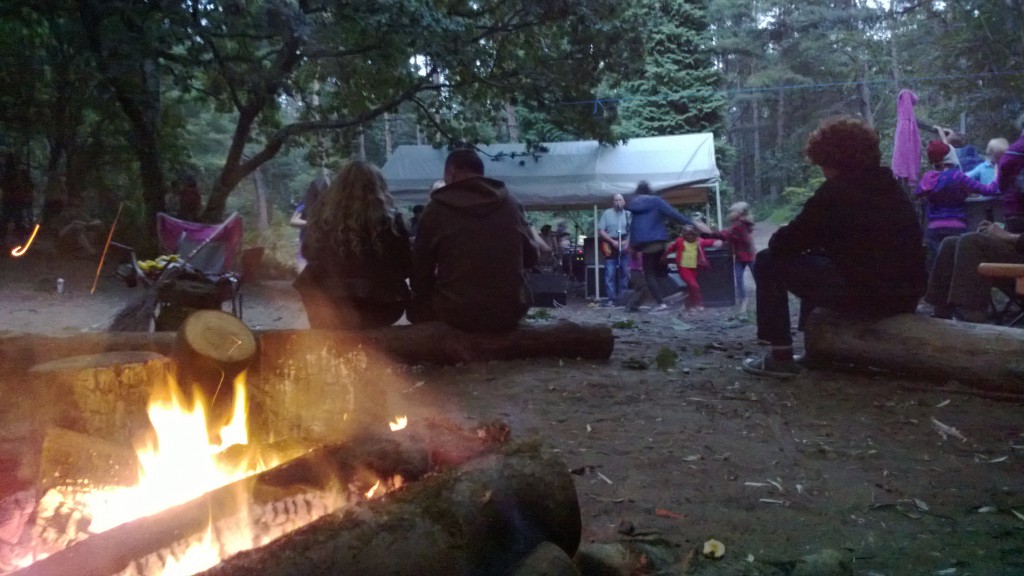
After the main training days were over there were a few private courses run. Here Wayne from Forest Knights was running a bow making course. I learnt to make a Bhutaneese bow with him the year before.
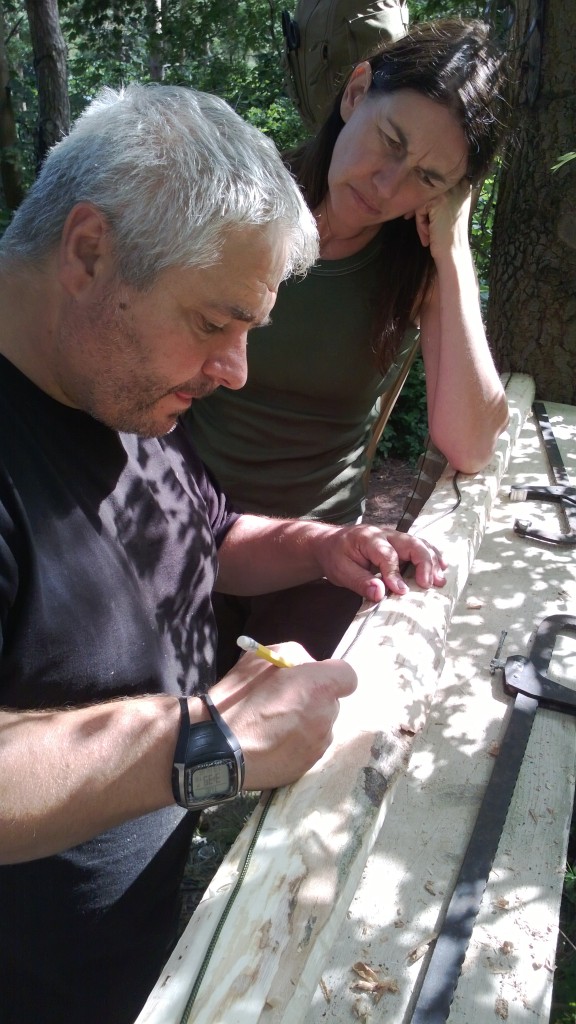
Everyone agreed that the 2013 Moot was dedicated to our friend Drew. I do miss Drew but hope to see his parents, brother and sister at one of the Moots again sometime in the future.

Cheers
George
